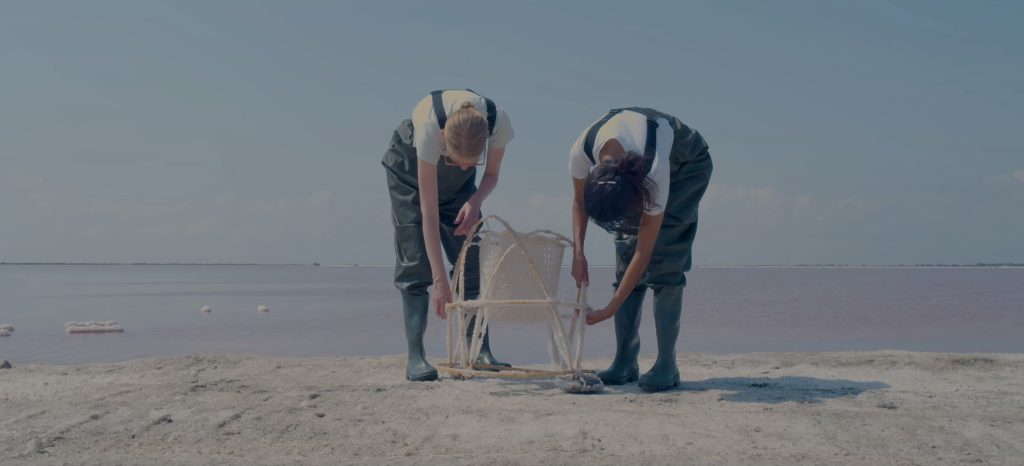
-shedding
This forecast presents a vision for the future of design. Working with researchers across disciplines, we propose alternative systems, strategies and possibilities for remaking our world.
This forecast explores the -shed as a radical way to rethink design and manufacturing. It presents four new propositions for the design process.
Contents
-
Introduction
Defining –sheds as an alternative scale for design intervention.
-
Brief from the Land
Embedding the design brief within a -shed.
-
Alternative Prospecting
Sourcing materials within natural limits.
-
Topofacture
Establishing landscape-centred manufacturing.
-
Material Resonance
Reframing growth as scaling out rather than scaling up.
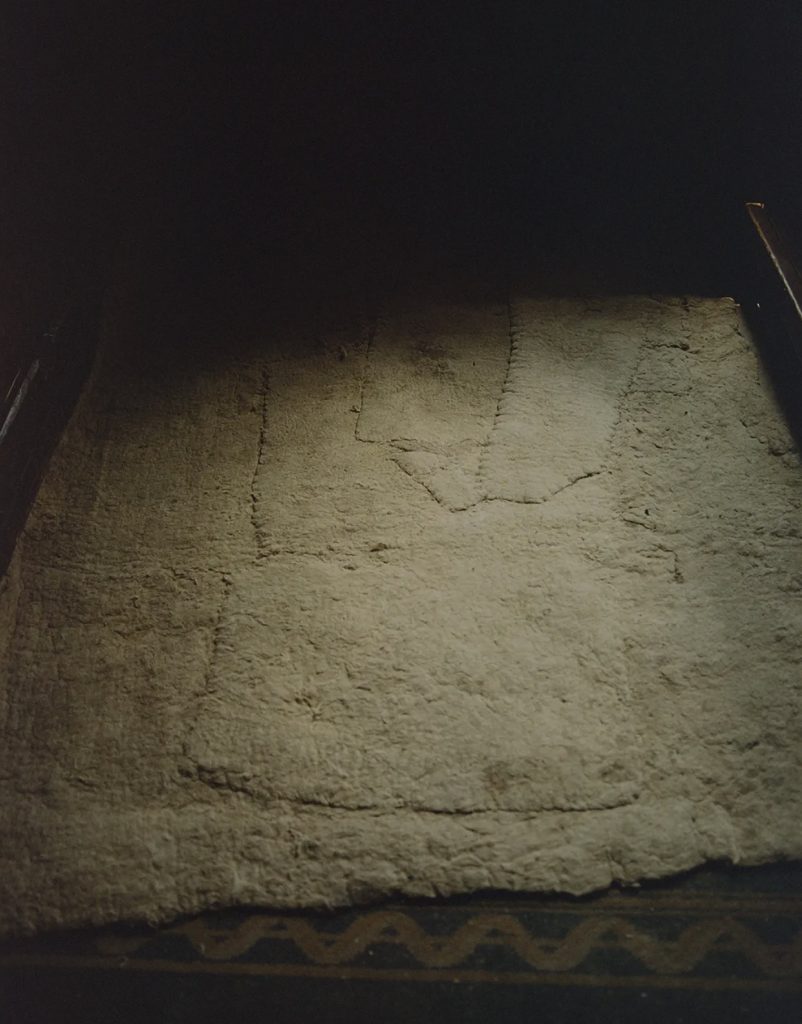
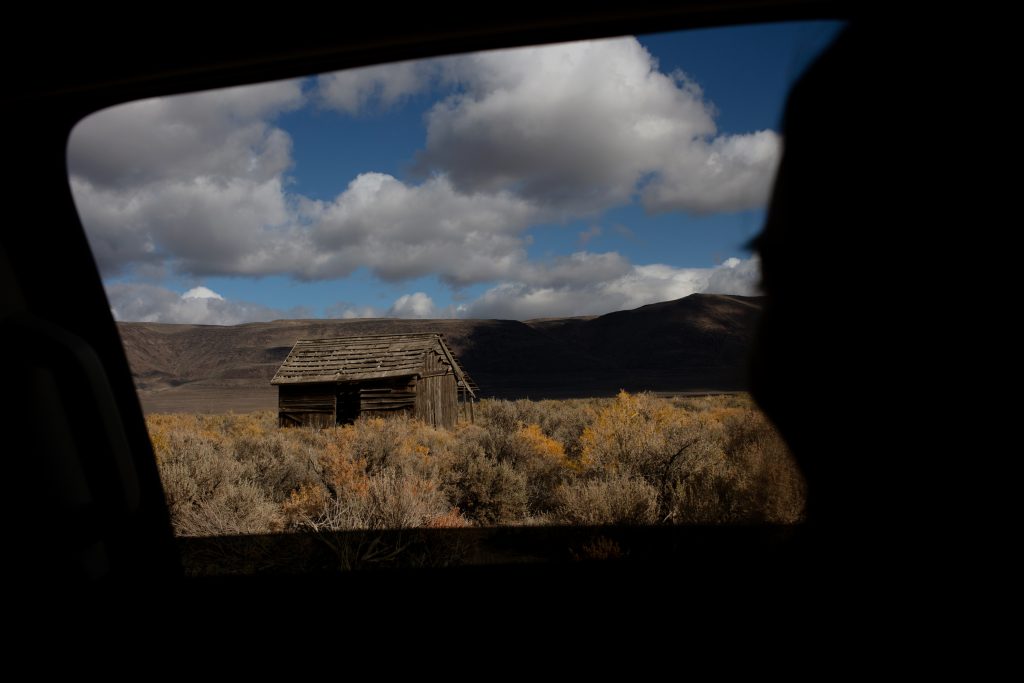

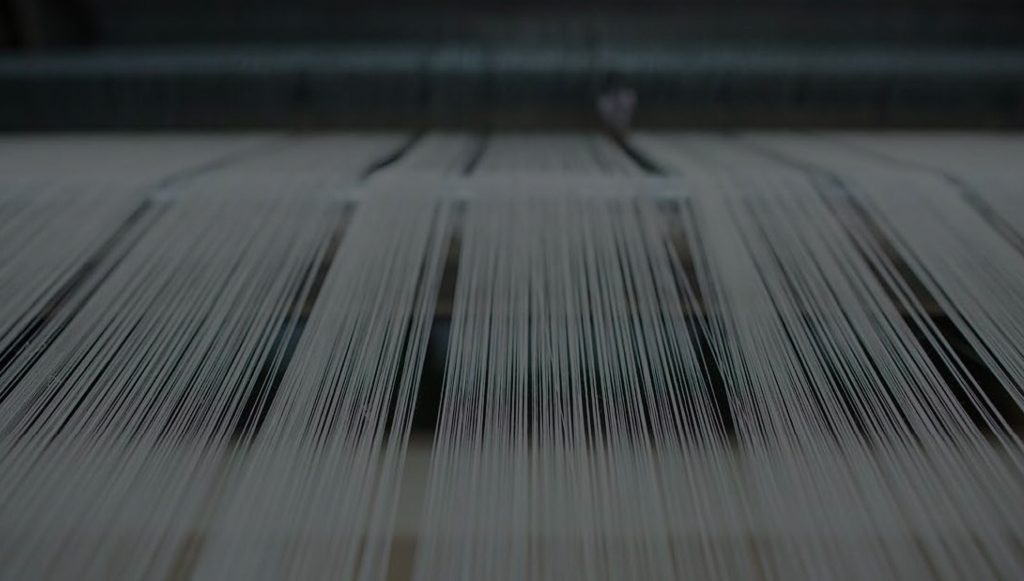

We have a problem with scale. The planetary crisis can seem impossible to grasp. But focusing on the local can feel limited. How do we work to a scale that feels manageable?
There is a way of reorganising how we think about scale: the -shed.
-sheds (from Old English scead) describe the natural boundaries between waterbodies. They are not hard-edged territories, but networks.
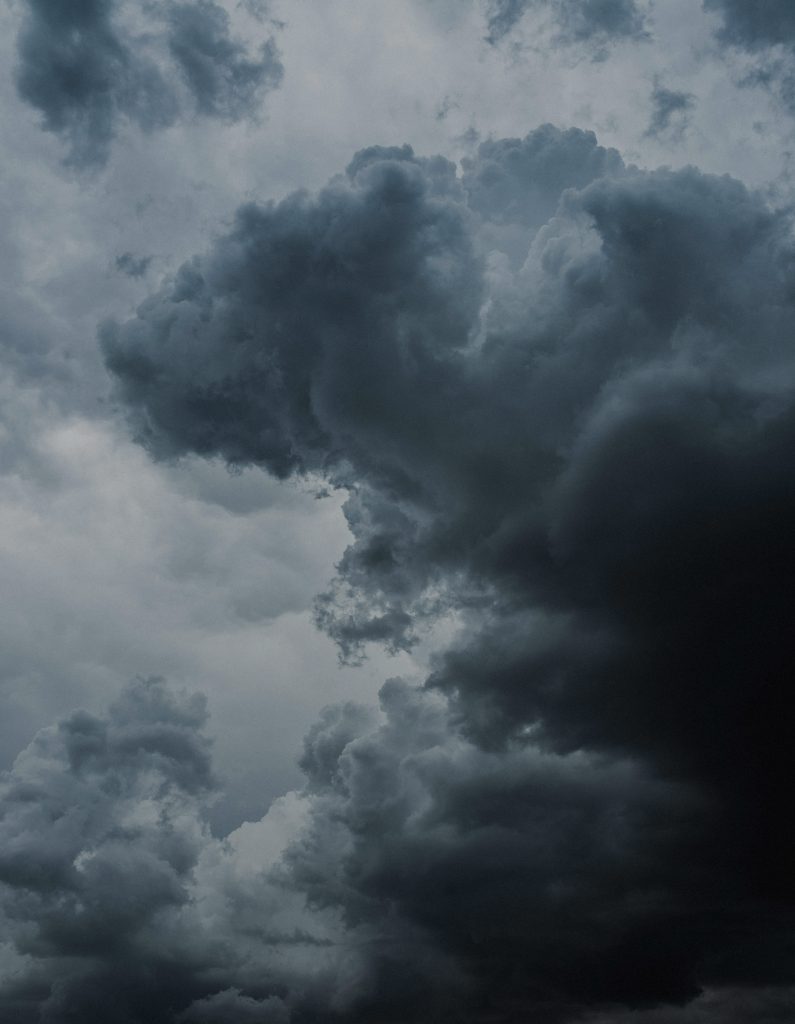
-sheds invite us to think at the level of landscape and natural systems.
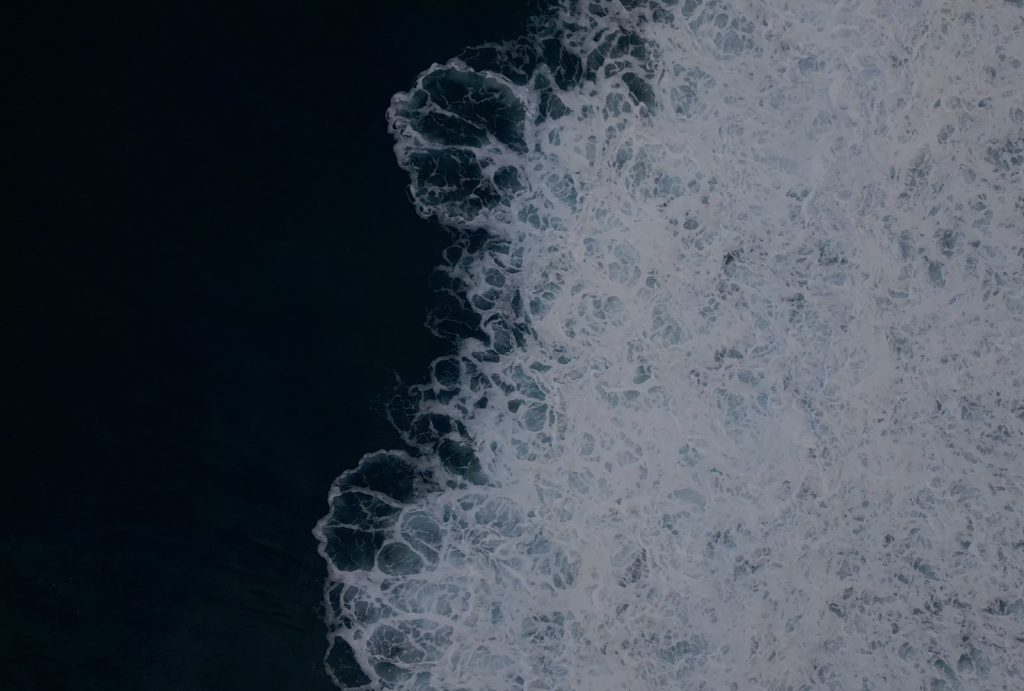
Possible -sheds
-
Fibreshed
A geographic region that is connected by its network of fibre flows from farmers, fibre processors, textile producers and consumers.
-
Watershed
An area of land that drains rainfall and snowmelt into streams and rivers, which flow into larger lakes, bays and oceans.
-
Desertshed
–sheds can also be imagined in arid environments, where sand flows define the shape and surfaces of landscapes and the ecosystems they support.
-
Atmos-shed
A planetary scale of thinking that transcends terrestrial borders by factoring in what is happening in the atmosphere, where boundaries are blurred by wind and precipitation.
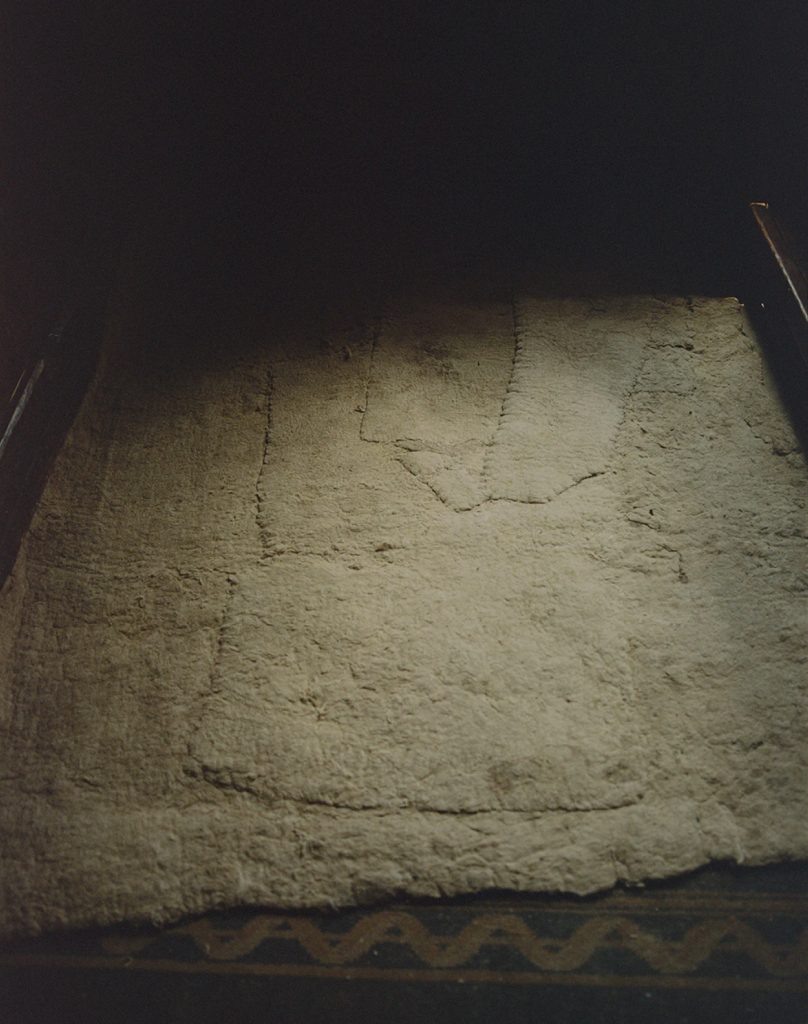
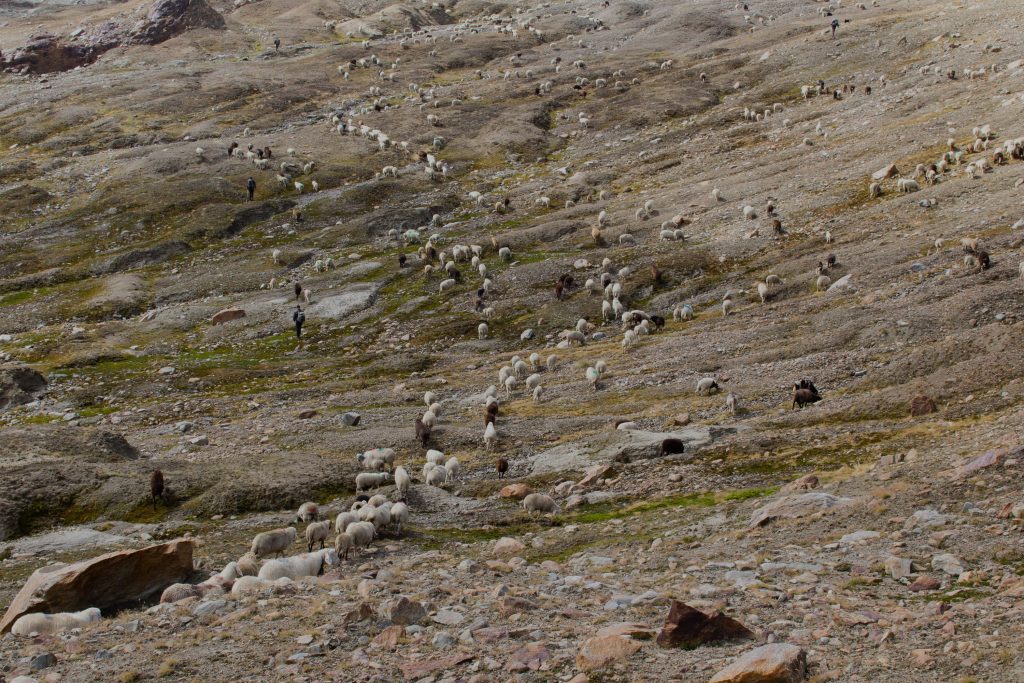
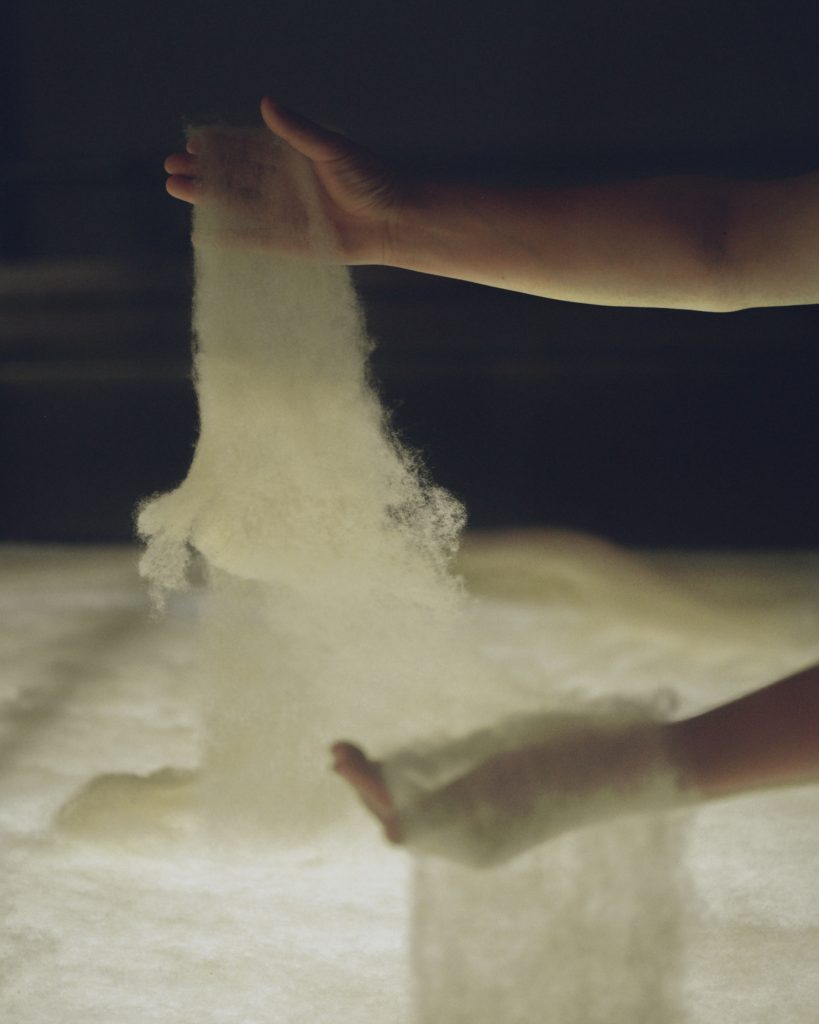

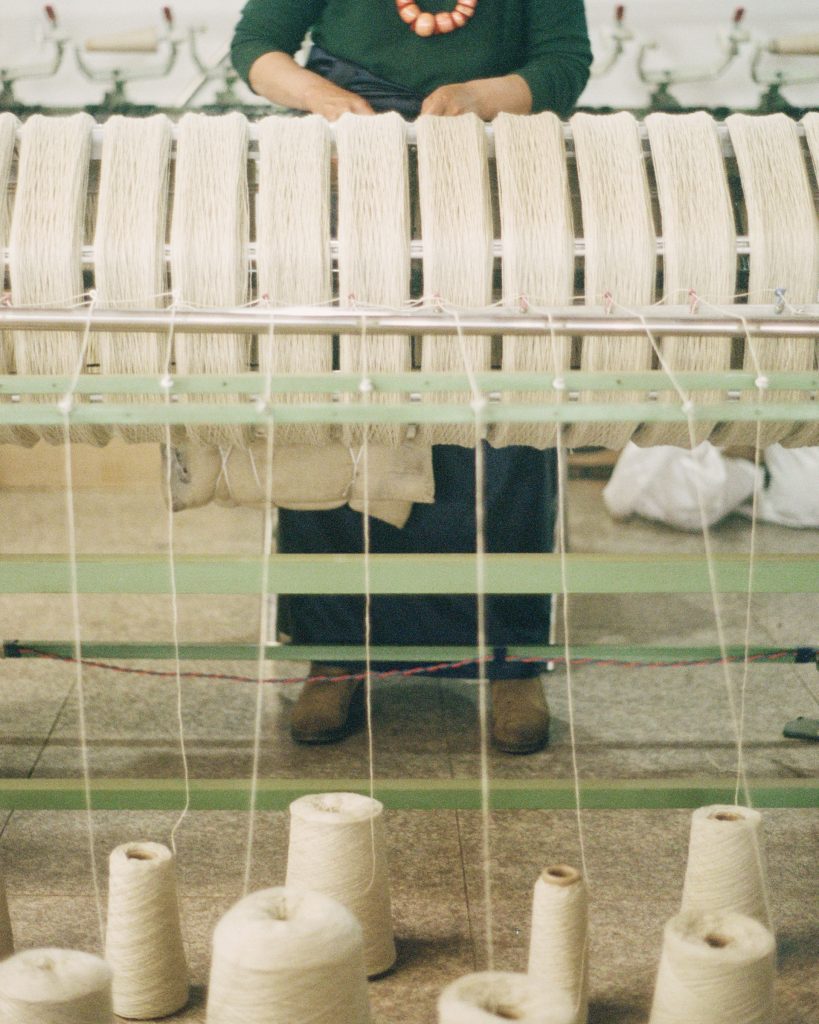
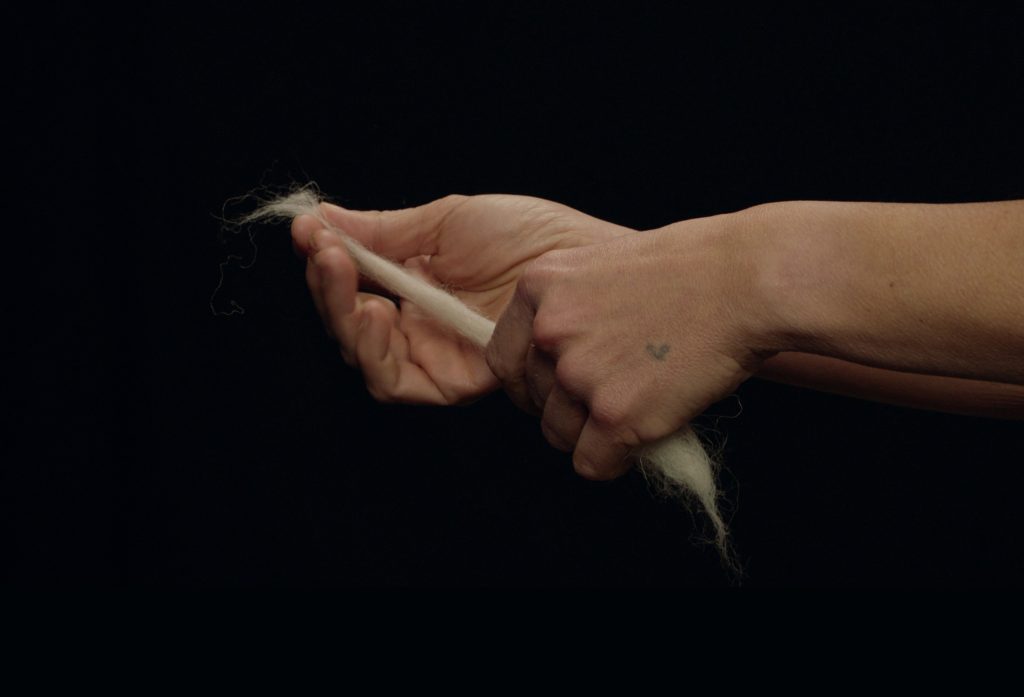
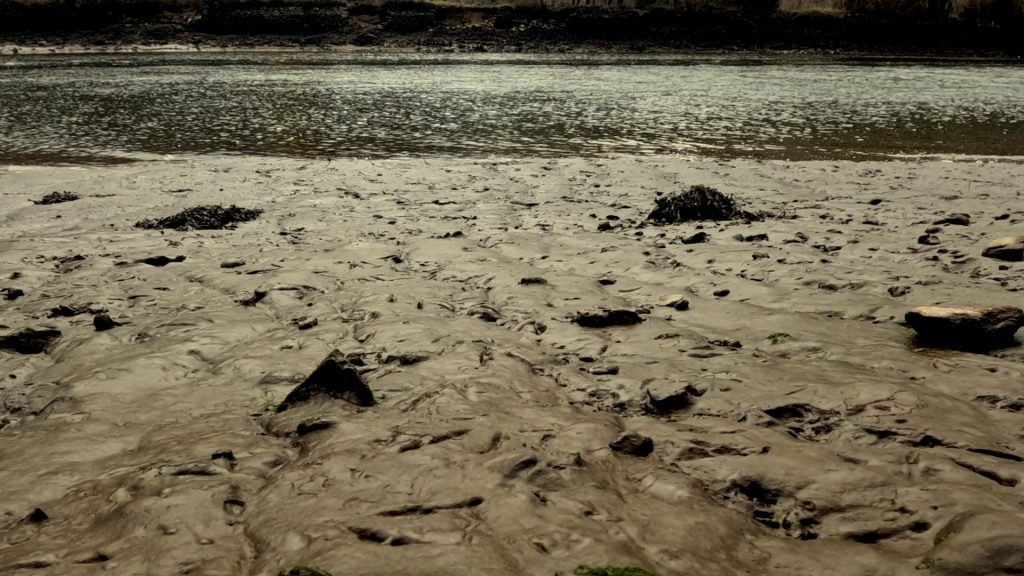
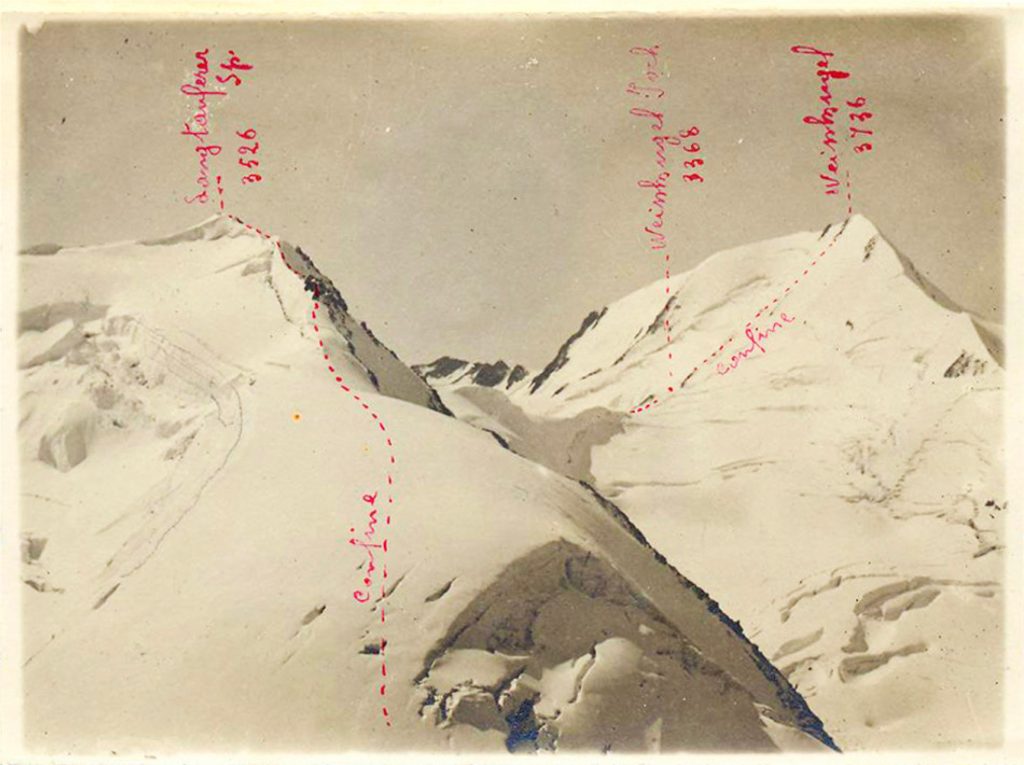
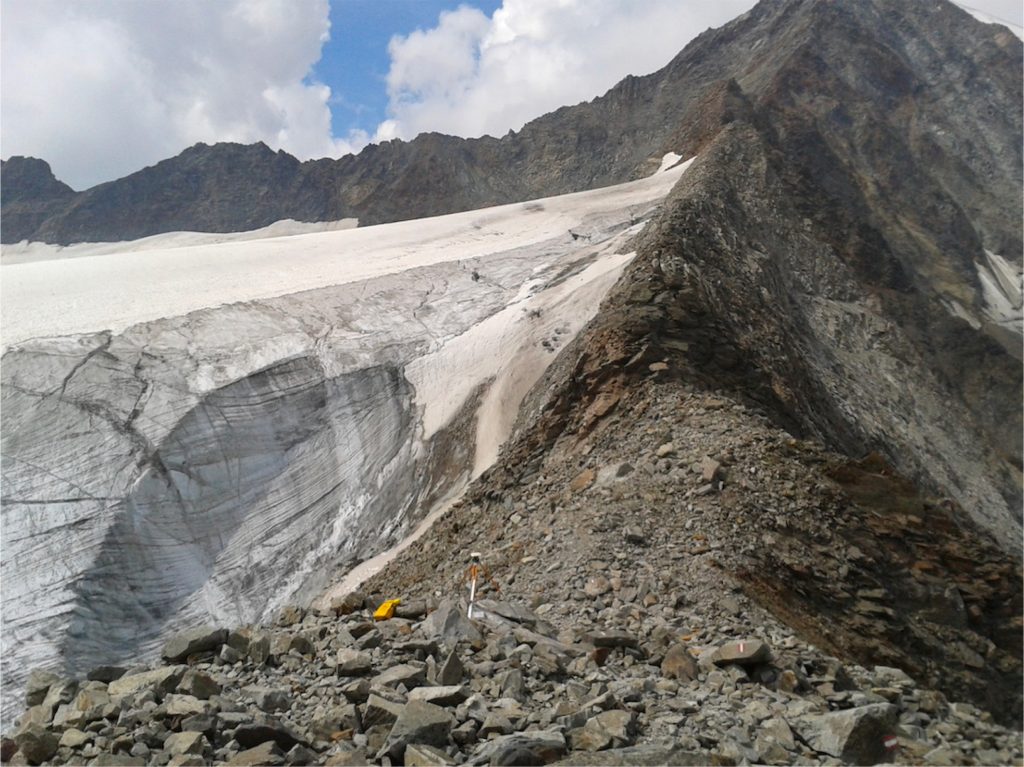

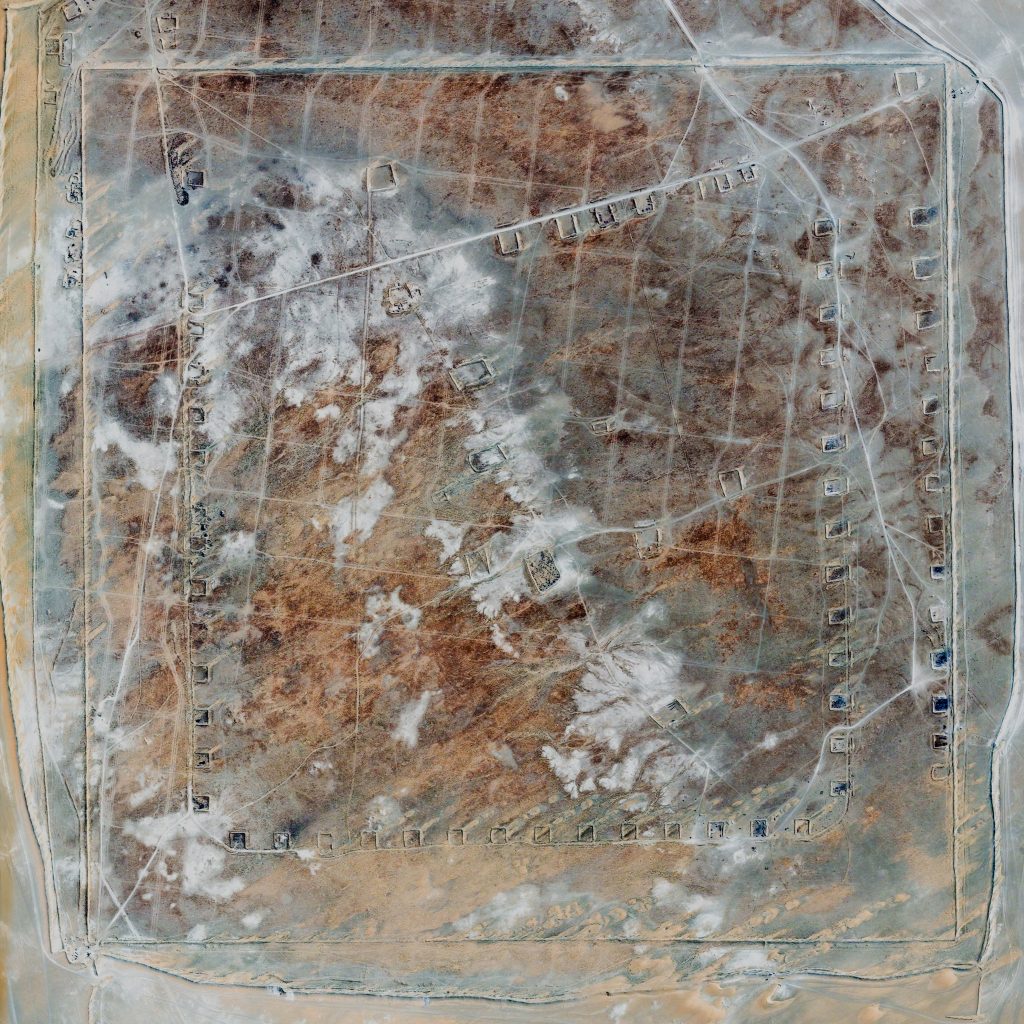
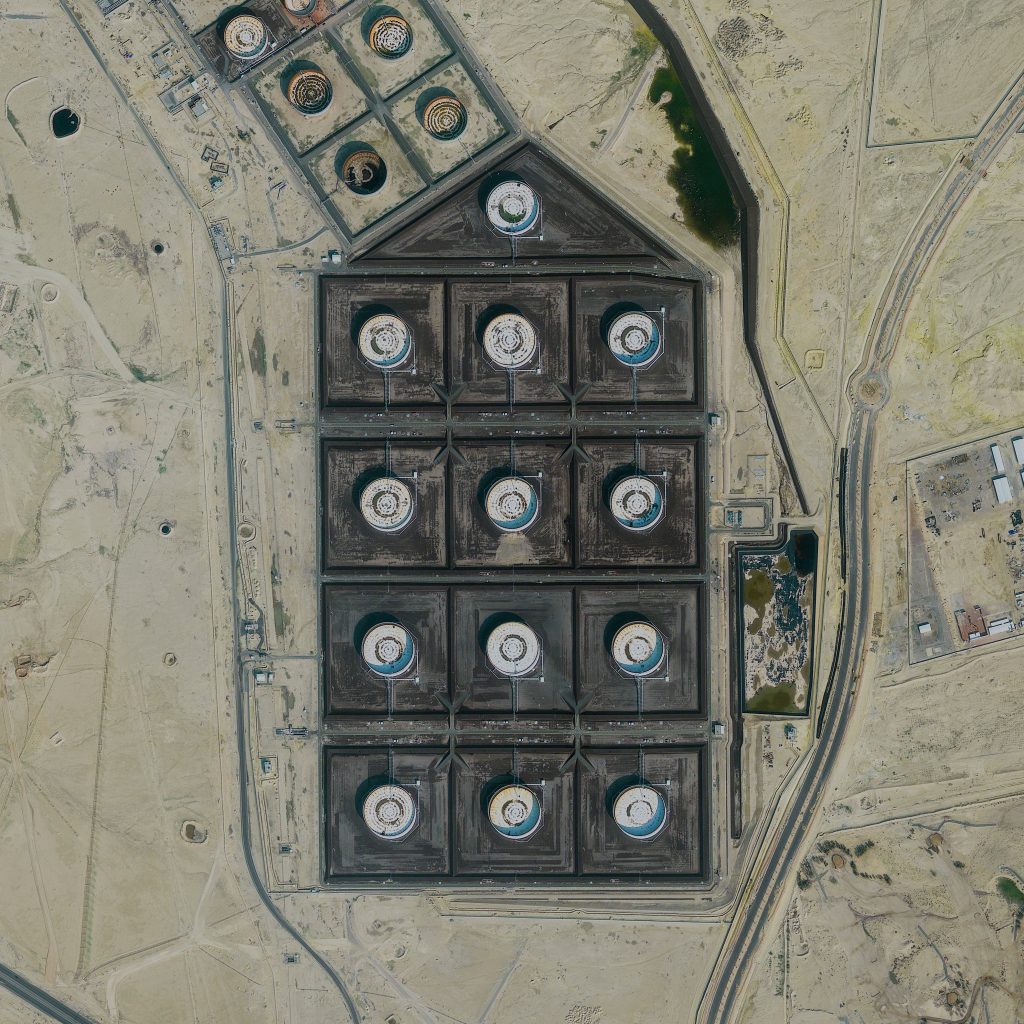
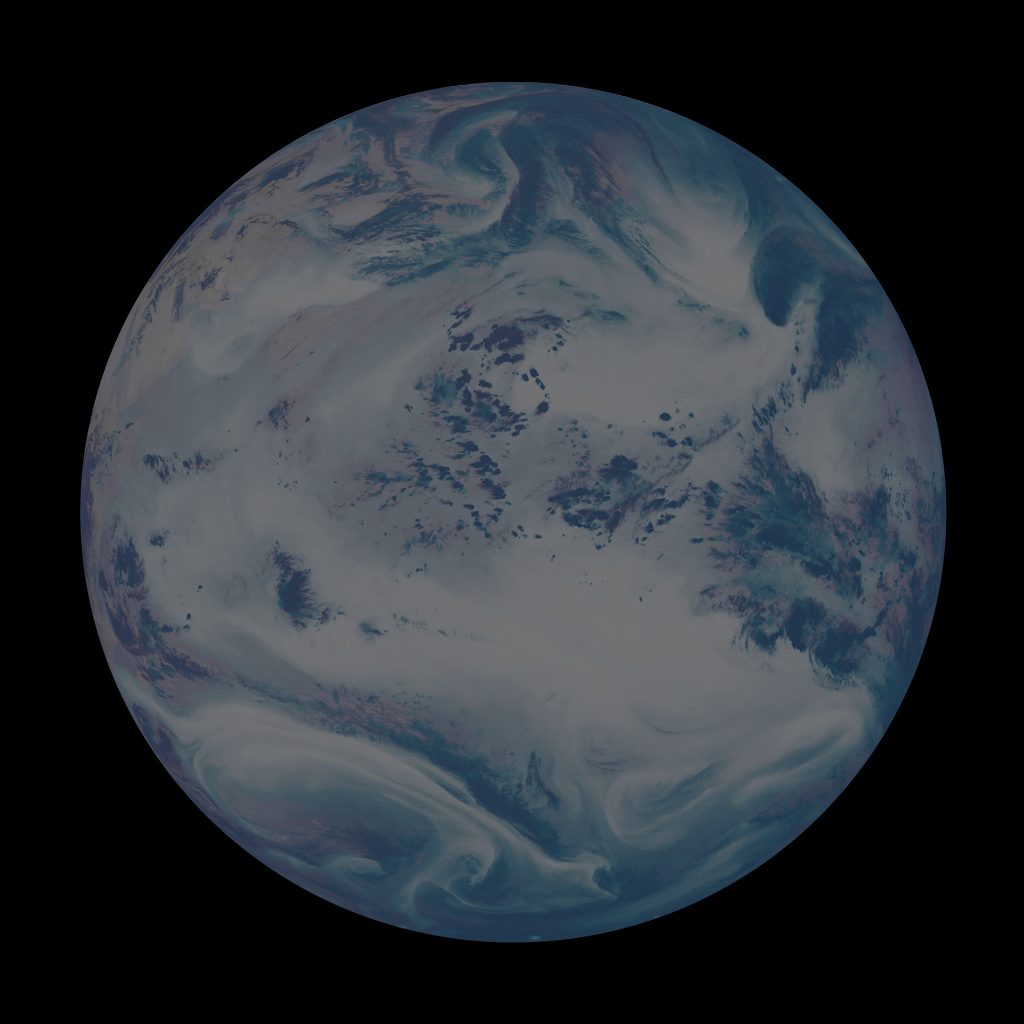

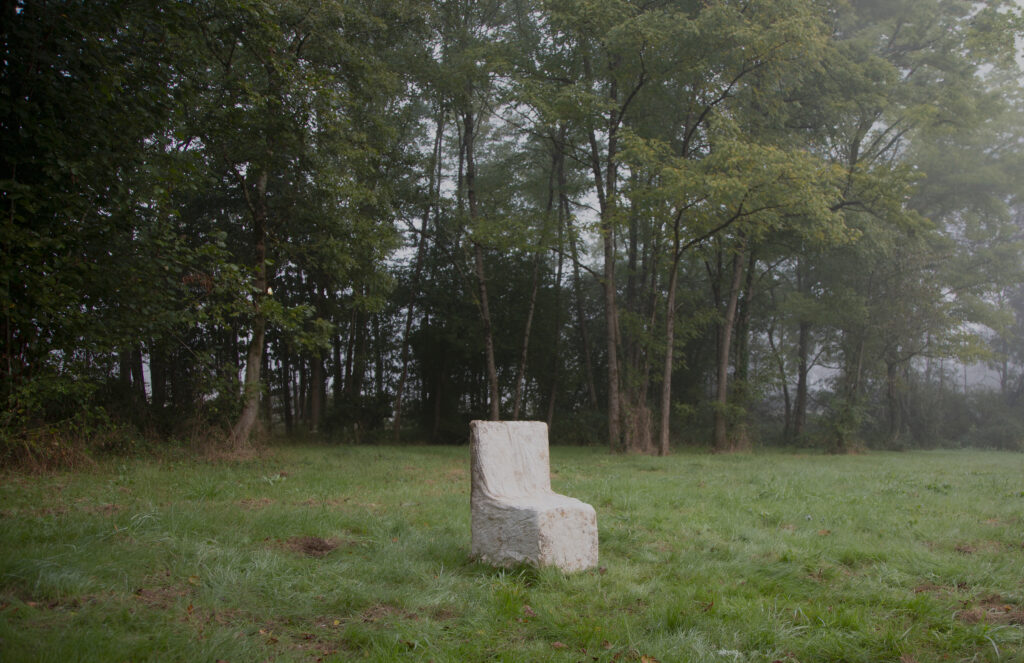
Brief from the Land
Designers have traditionally looked to (human) user needs to inform their early product thinking. With -shedding, designers start with the place in which they work, understanding its geological and climatic conditions, its flora and fauna, its social histories, its existing and latent industries.
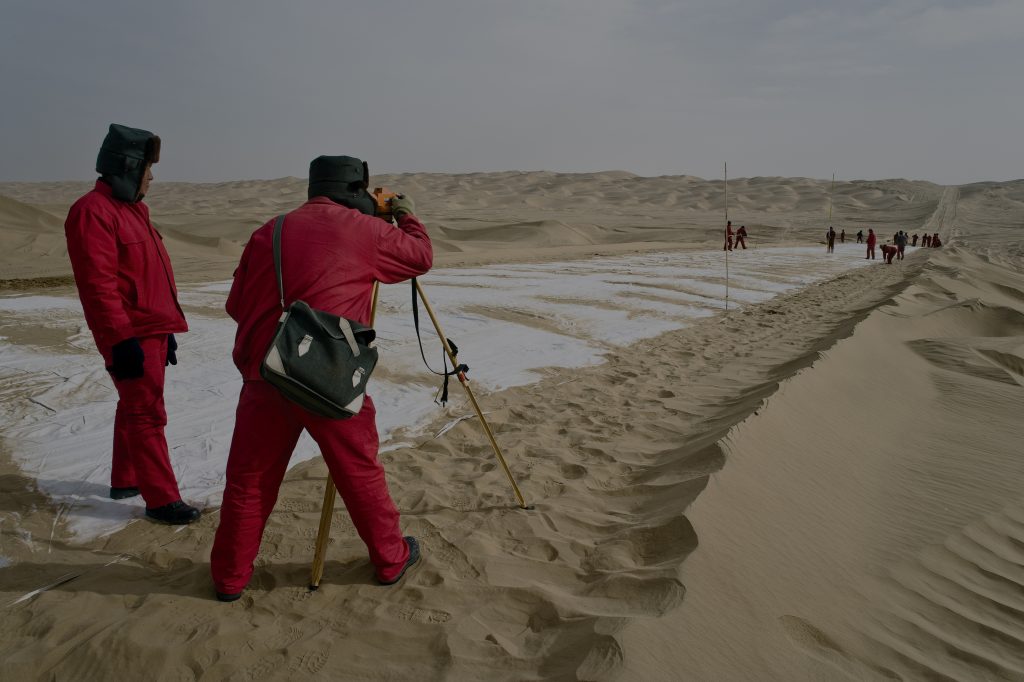
Emma Hague, founder South West England Fibreshed‘We are asking a landscape to define how we design.’

Samia Henni, editor of Deserts Are Not Empty‘To be as respectful as possible one must understand most of the conditions and aspects of a region, not only the territory but also the built and destroyed environment and the heritage that comes with a very specific place.’
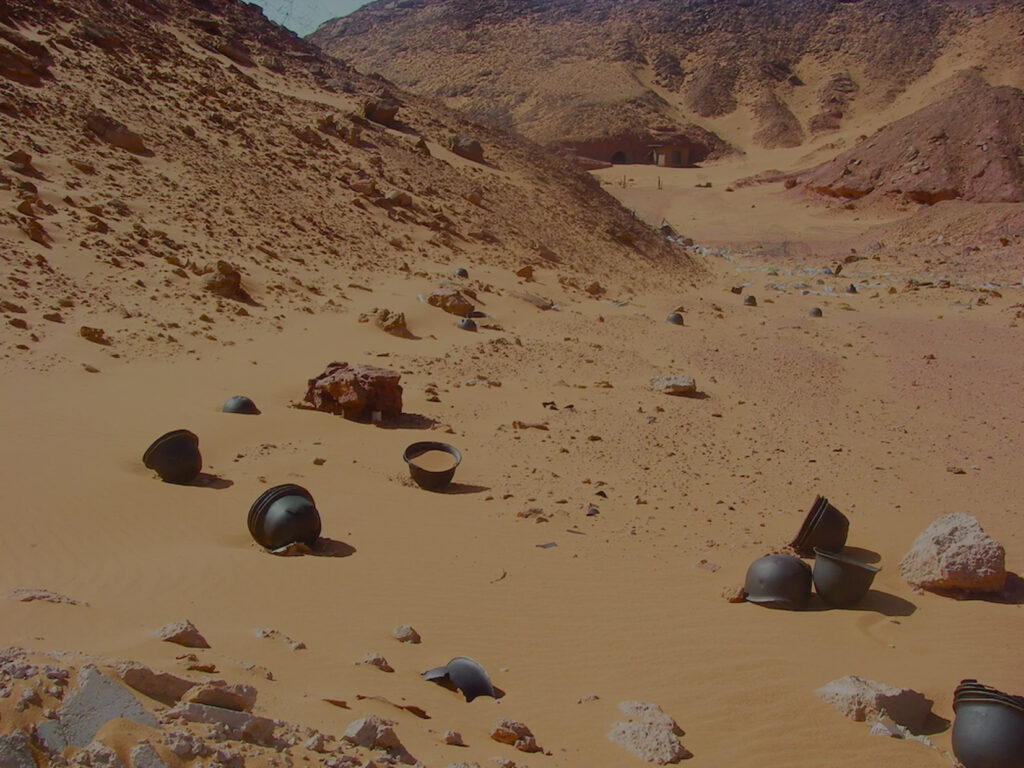
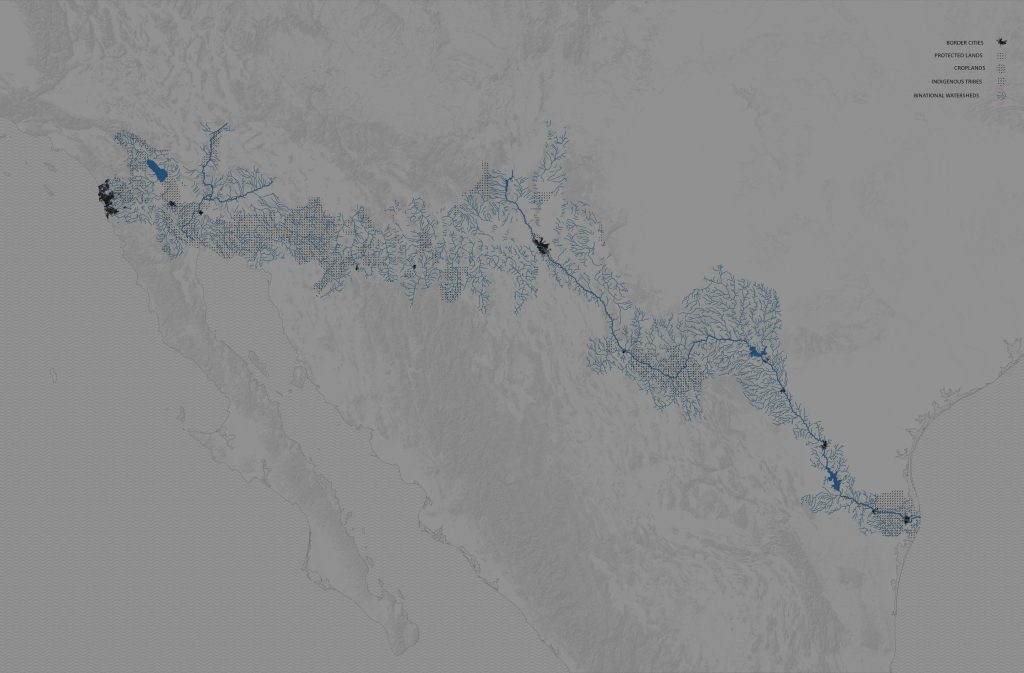

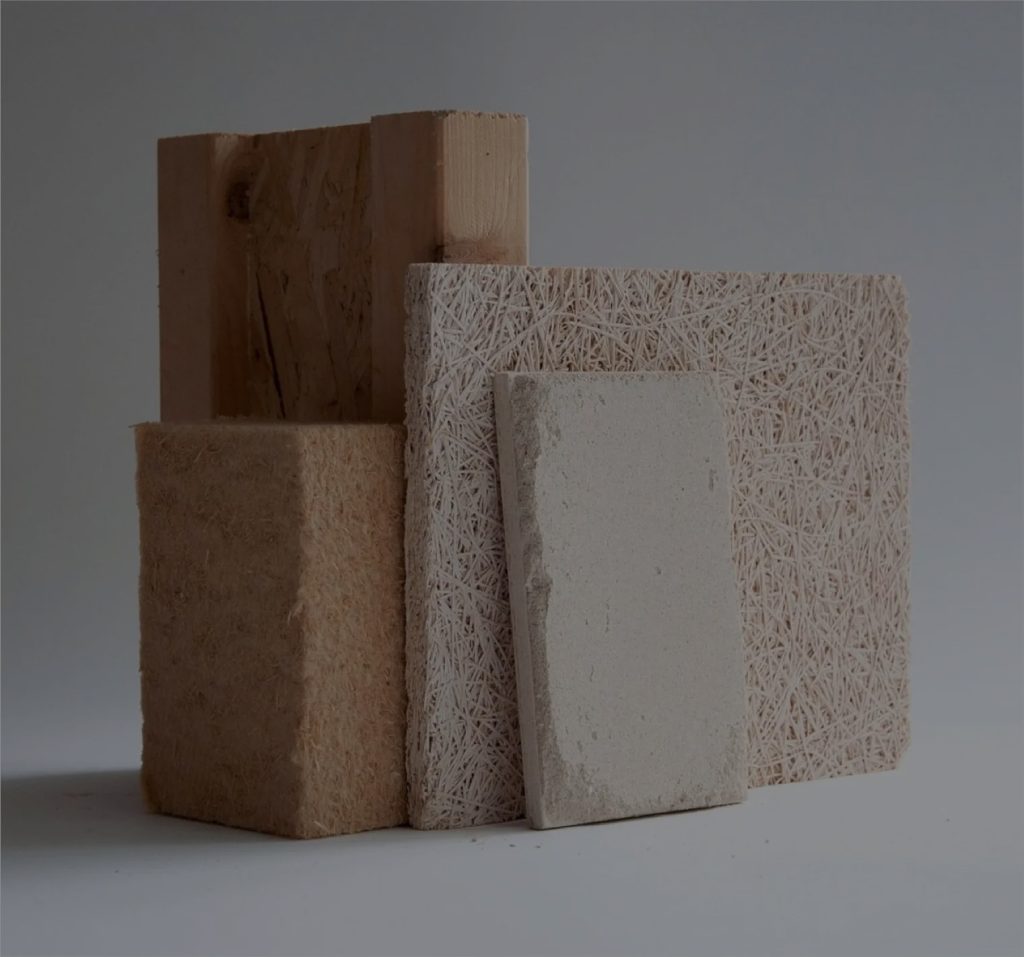
The new brief for designers is to produce in a regenerative way, sustaining or reviving the health of natural and cultural ecosystems rather than depleting them.
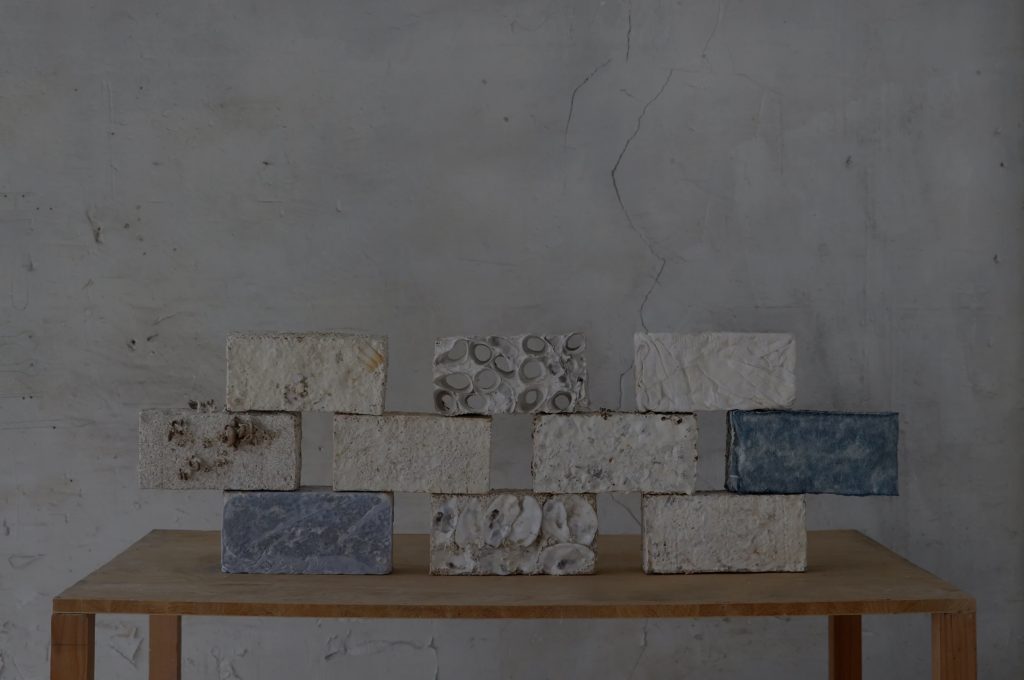
Tactics for cultivating natural and cultural ecosystems
-
The Living Infrastructure Field Kit
A set of tools and resources developed by Accelerate Resilience LA. The kit is designed to increase community capacity in Los Angeles, empowering Angelenos to slowly transform their city to cope with environmental changes.
-
Crofting 2.0
A regenerative agriculture proposal by systems designers Dark Matter Labs, developed for the Scottish Land Commission. By reviving crofting practices, small-scale land stewardship embeds social and ecological care into civic systems.
-
Learning from Kilburn
An experimental university in Kilburn, London. The university poses questions like ‘what does Kilburn wear?’ and ‘does Kilburn even exist?’, prompting participants to reflect differently on their neighbourhood and imagine new futures for the area.
-
Deserts Are Not Empty
A conceptual framework published by historian Samia Henni that counters the colonial idea of deserts as barren places by centring the ecologies, peoples and histories of these landscapes.
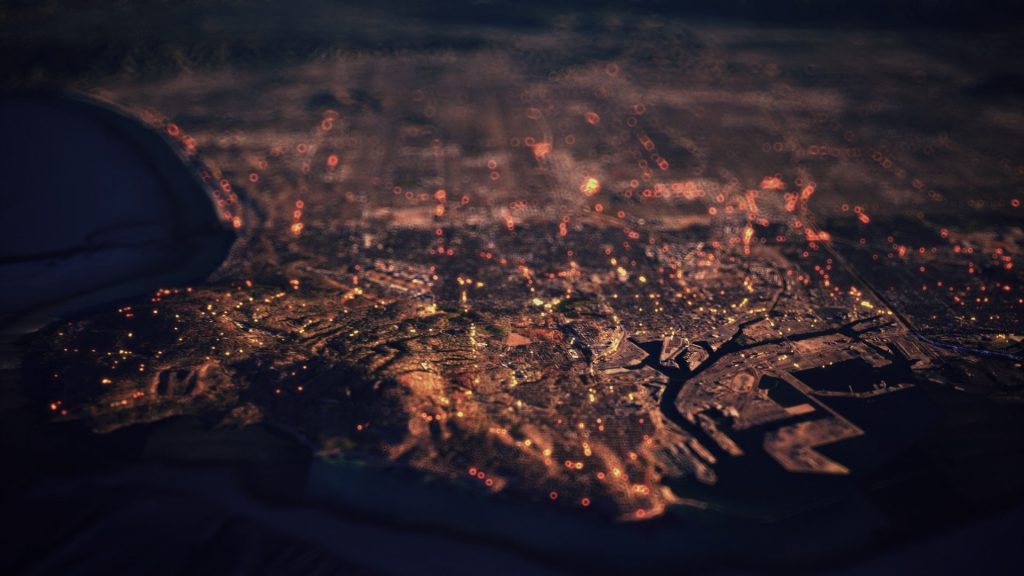
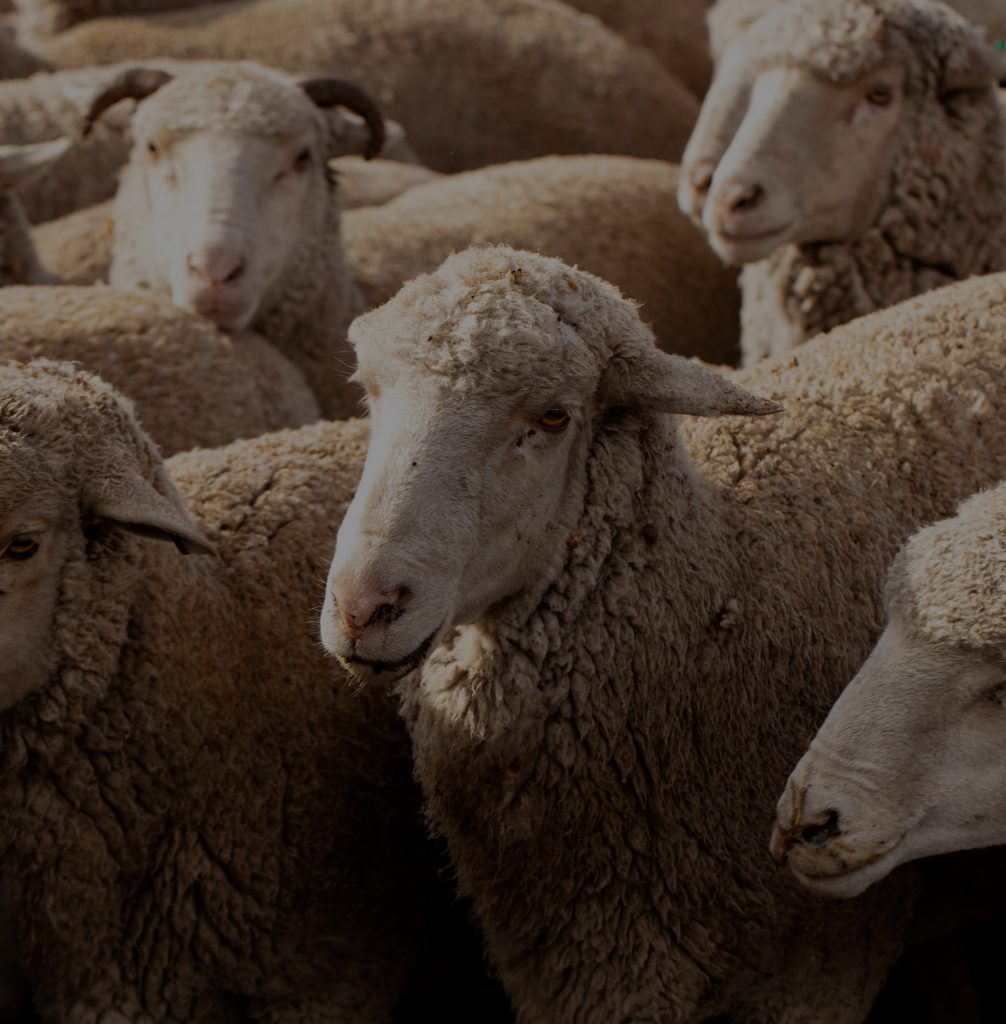
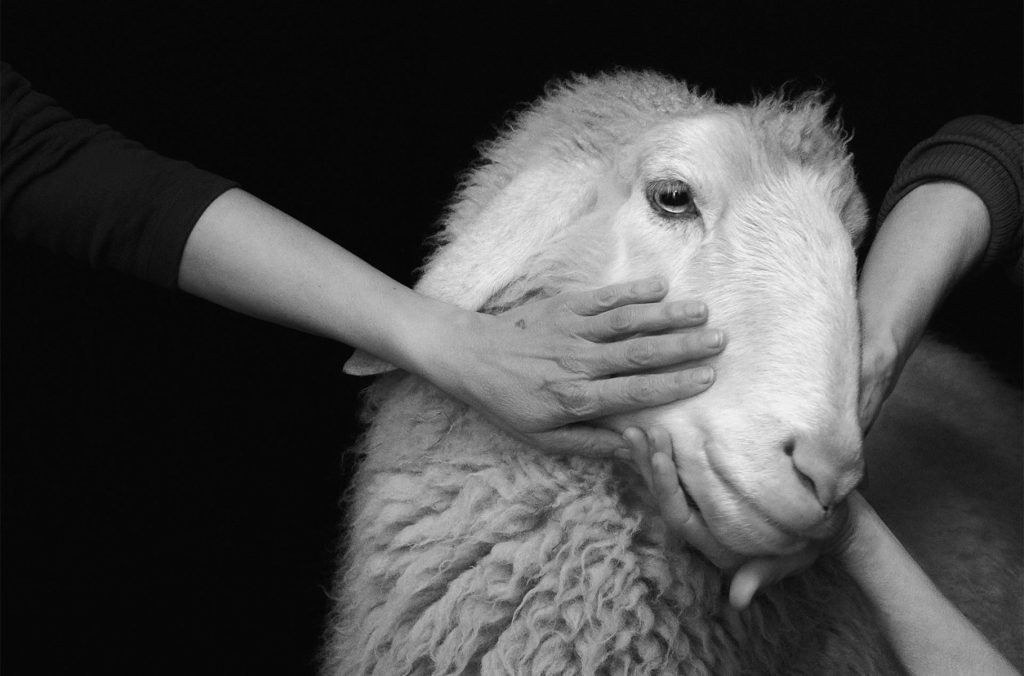
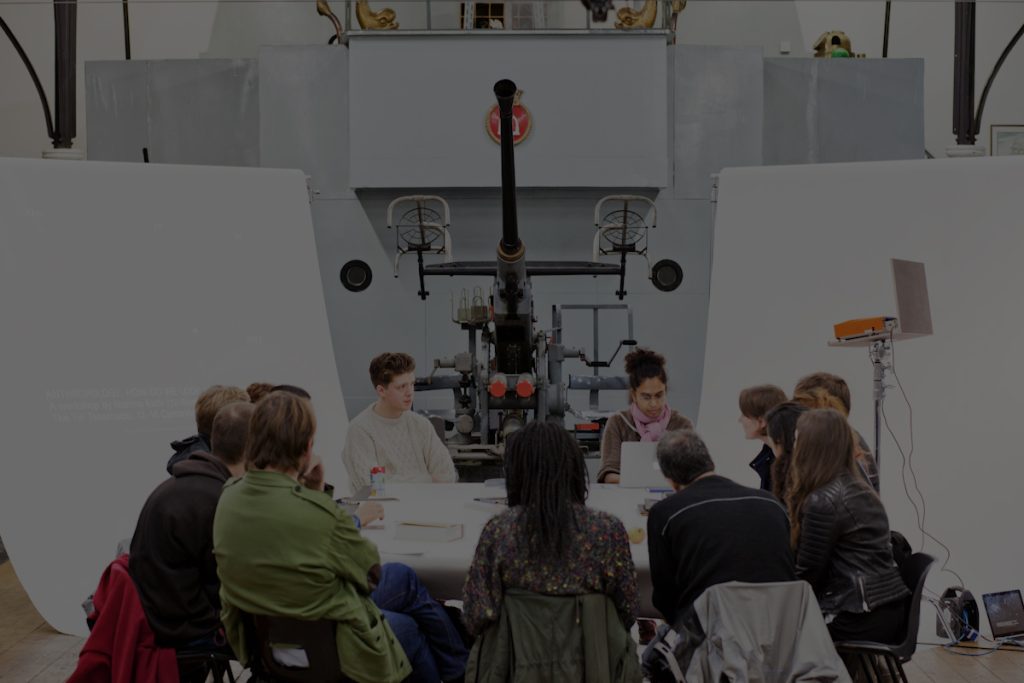
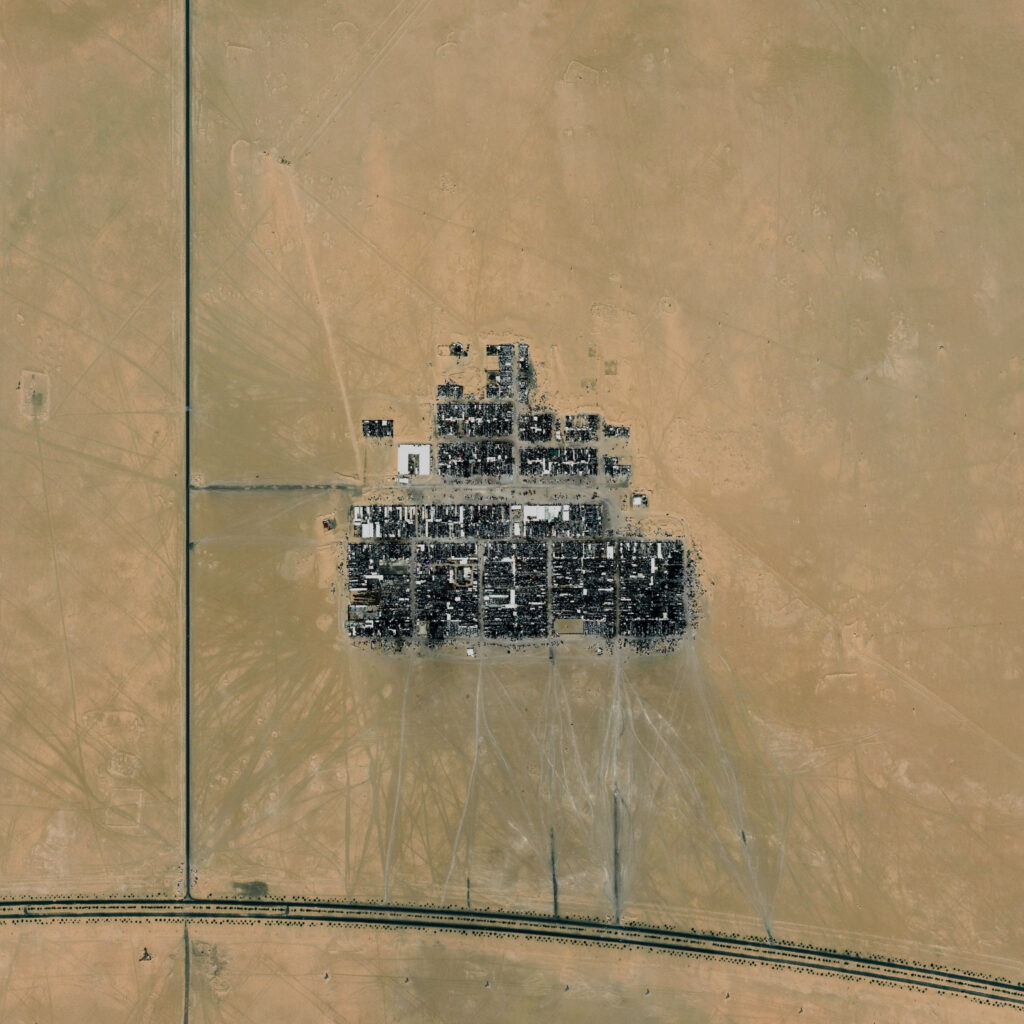
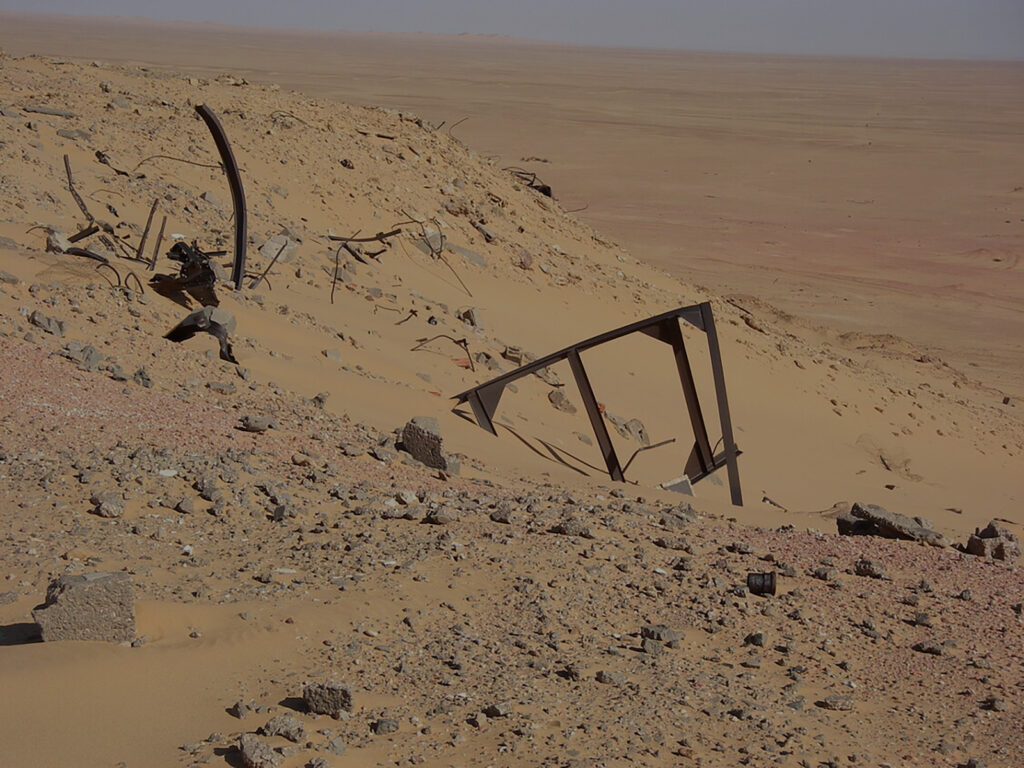
Isabel Carlisle, co-director Bioregional Learning Centre‘The regenerative design process enables us to see who our place is, how it functions, and where its edges are.’


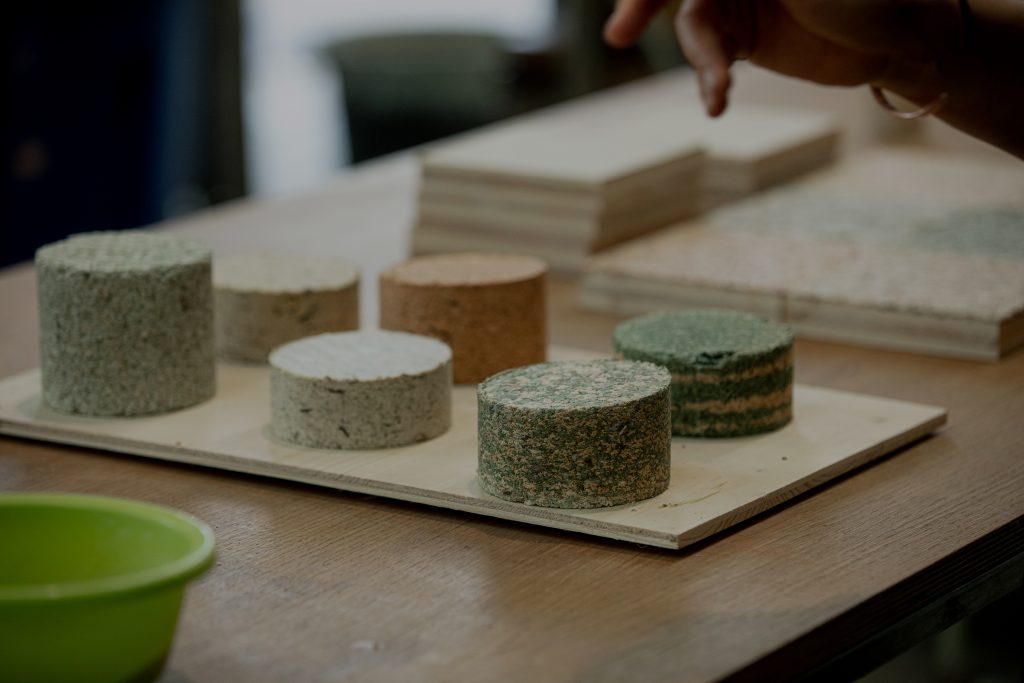
Designing with natural systems invites designers to think beyond their traditional toolkit. By sharing methods with archeologists, speculative storytellers, human geographers and ecologists, the intricacies of a place crystallise.
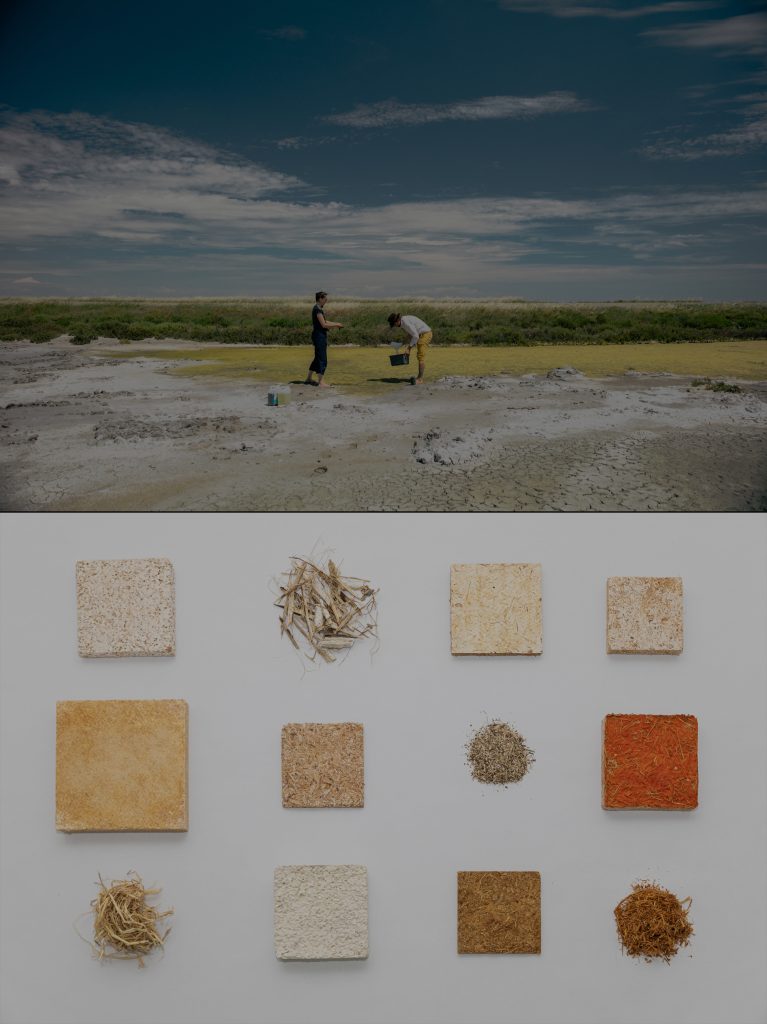
New tools
-
The Nebelivka Hypothesis
Novel archaeological techniques are revealing previously unknown civilisations hidden in the soil. This project by Forensic Architecture reveals ancient cities in today's central Ukraine. These cities developed a system of urban life that enhanced the vitality of the surrounding environment.
-
Ofstruggle
Ofstruggle is a browser-based archive by Exhausted Geographies, a Karachi-based publishing project. The project aims to build solidarity and map ongoing struggles around land and water in Pakistan's ex-capital.
-
Restaging Temporalities
Speculative storytelling and digital restaging are used by architects dll. collective to work with frontline communities in Indonesia’s kampung kota (urban villages) to confront the risks of flooding urban infrastructures.
-
Public Map Platform
An early-stage research project by Cambridge University creating ‘data sandwiches’ that layer scientific geospatial data with qualitative data. This includes recorded sounds and smells, visual records of seasonal blooms and oral testimony to holistically capture climate change in Anglesey, Wales.
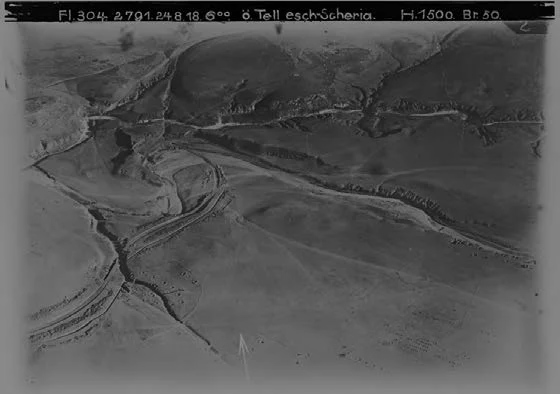
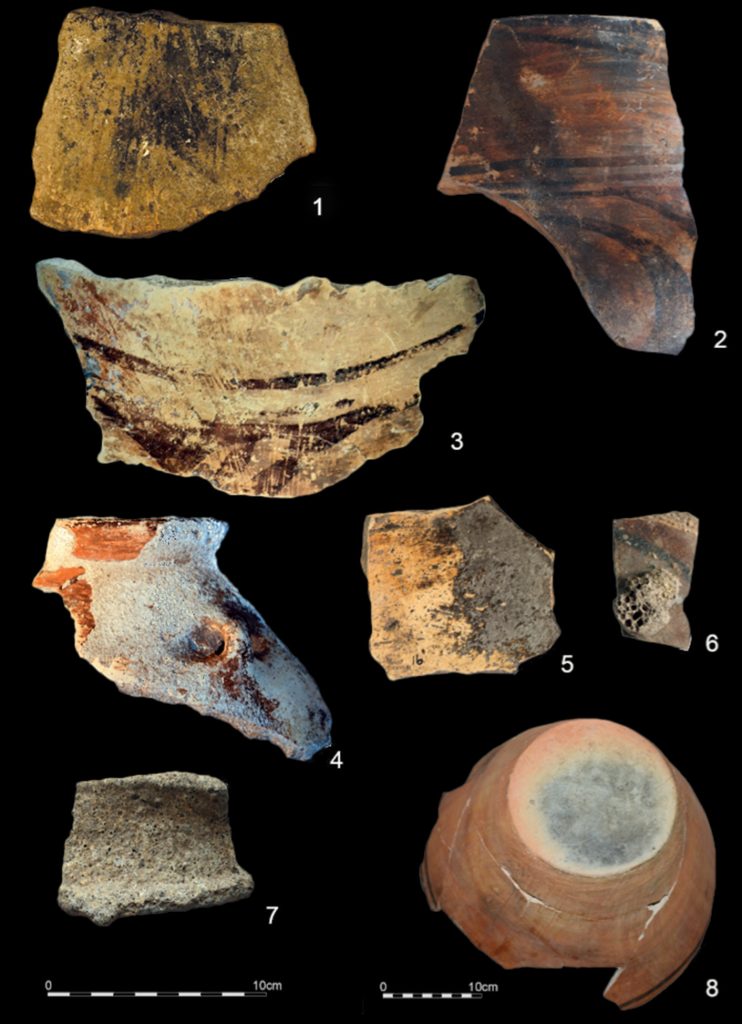
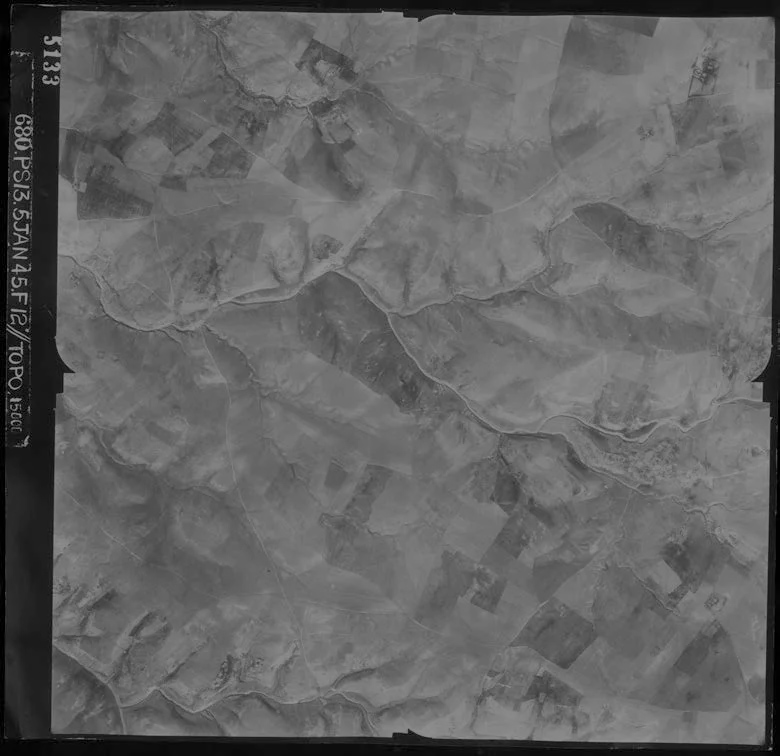
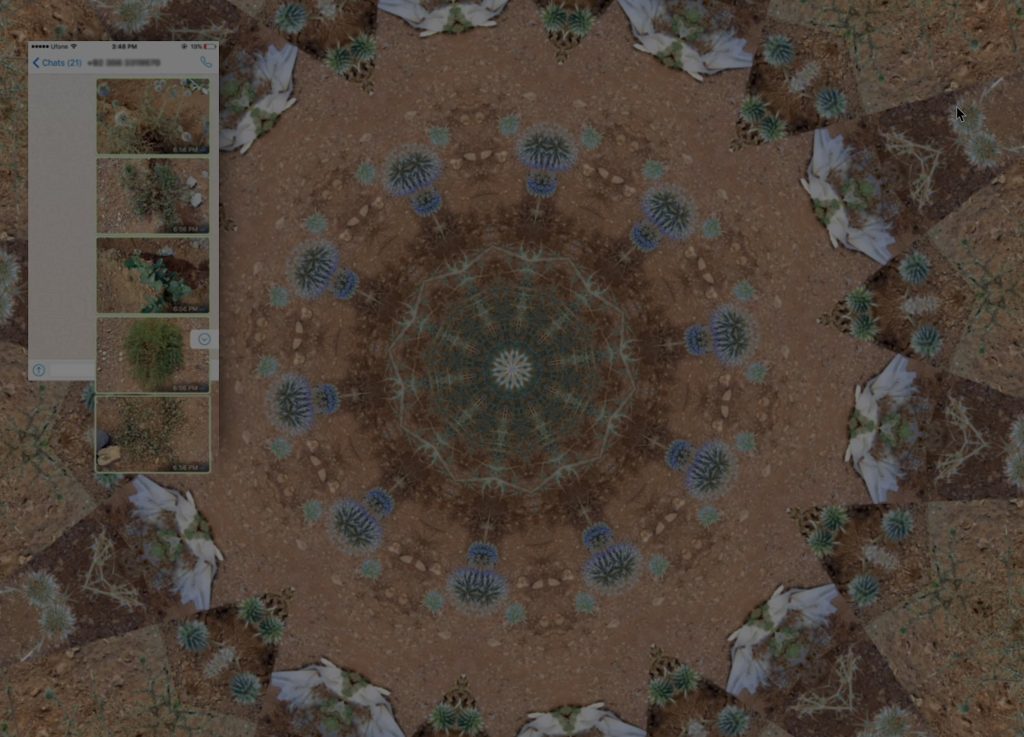
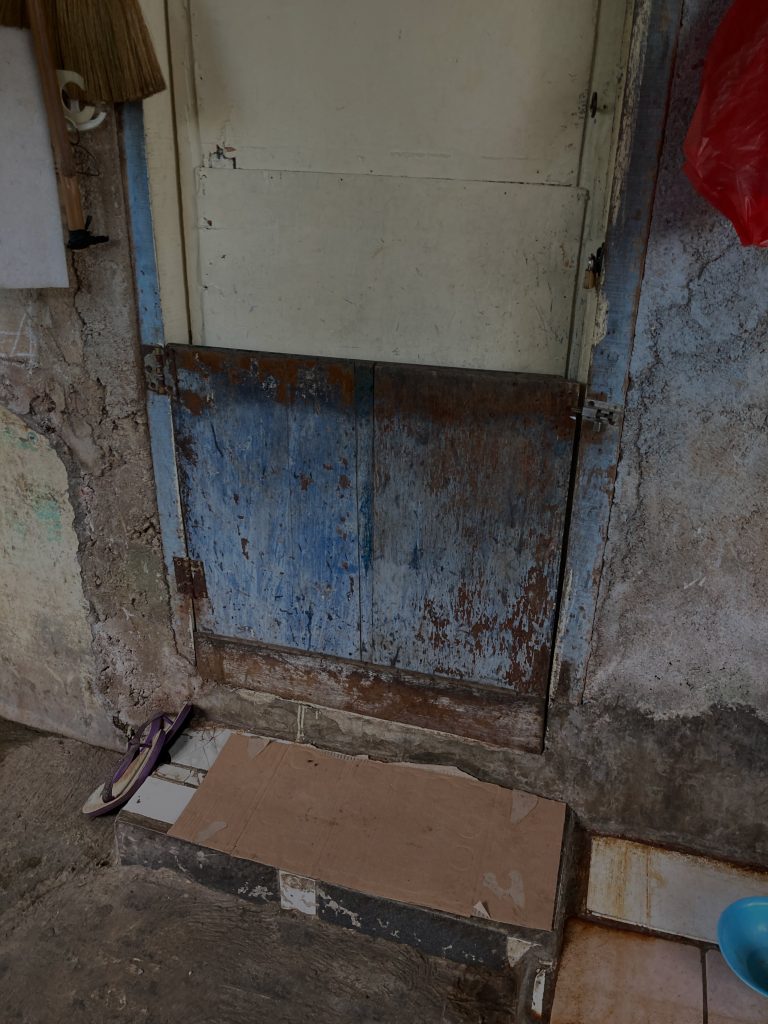
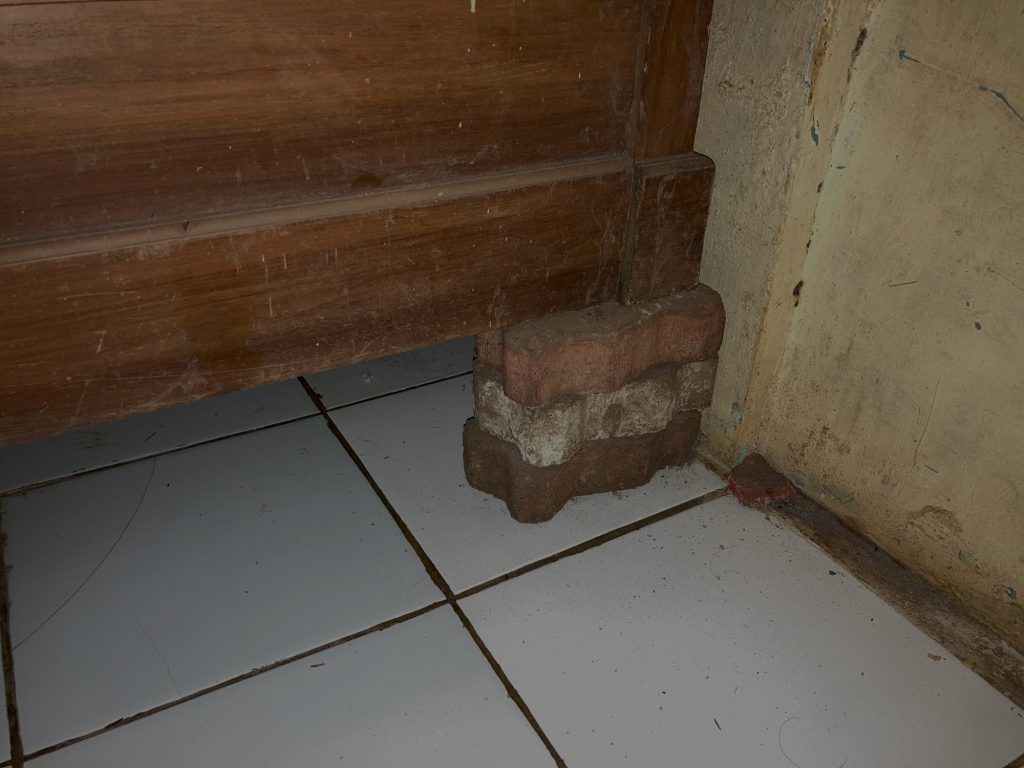
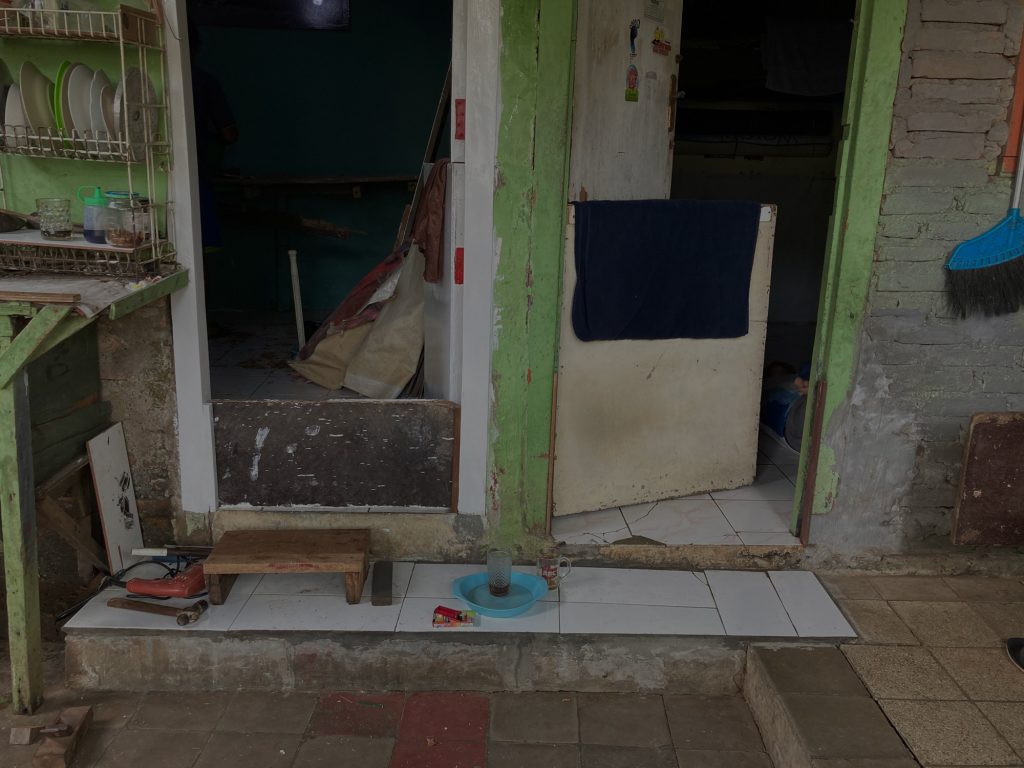
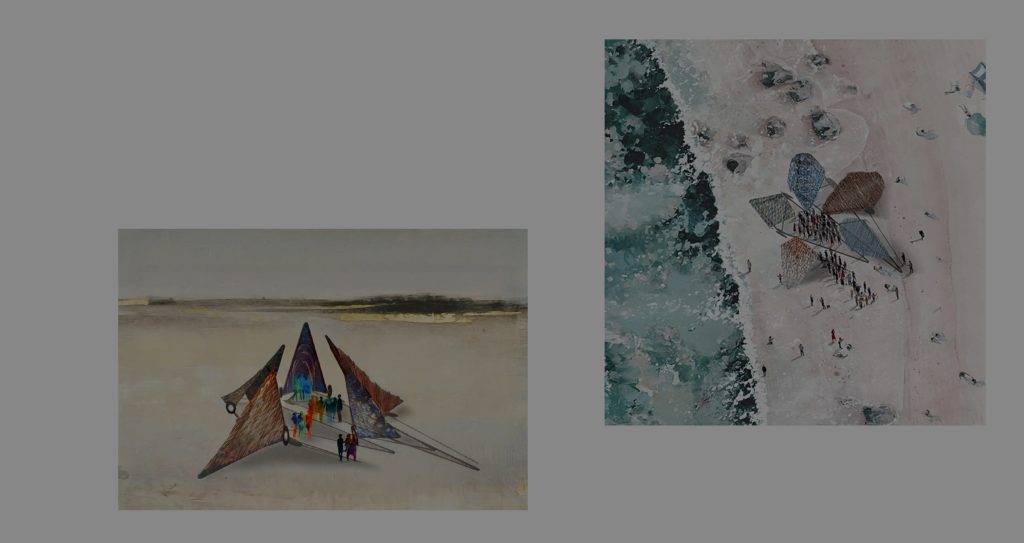
The bioregional steward‘I’m the living memory of this valley: I know about the water runoff, where the best wood grows, and the useful waste the town creates. Designers often come to me to ask what’s needed nearby or what’s abundant. That way, the valley is never depleted. But that’s also how businesses are born, in that knowledge.’
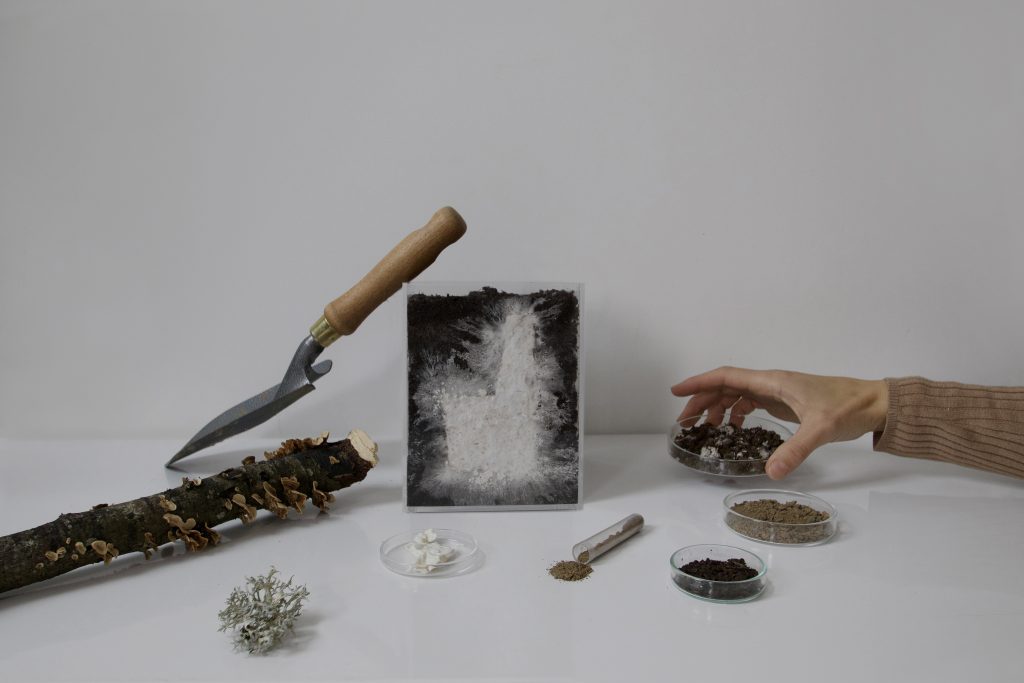
Alternative Prospecting
-sheds remap the world as bioregions defined by ecological boundaries. But bioregions are not apolitical.
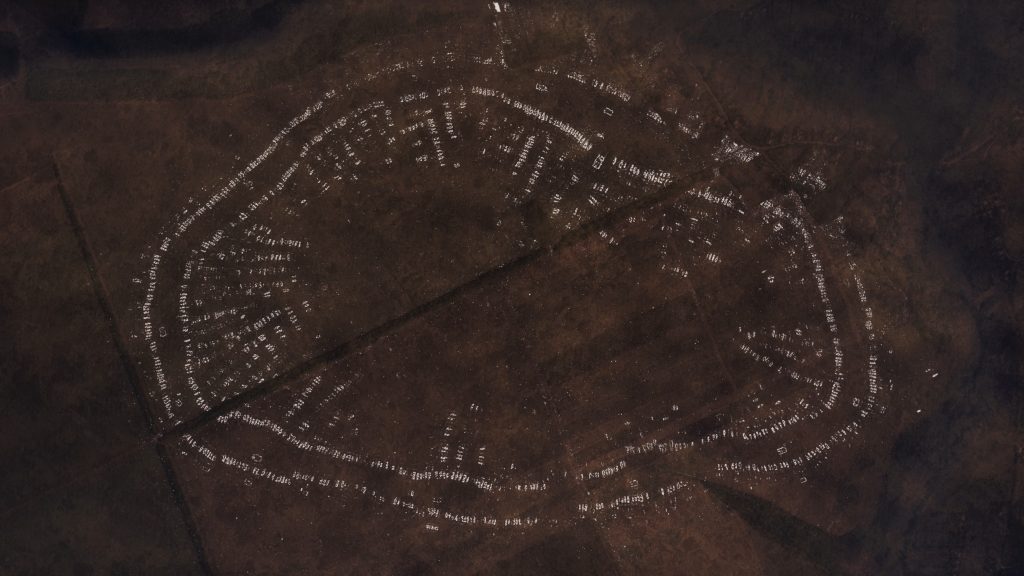
Policy mobilising the green transition through onshoring and place-based renewable energy has implications for extraction in bioregions around the world.
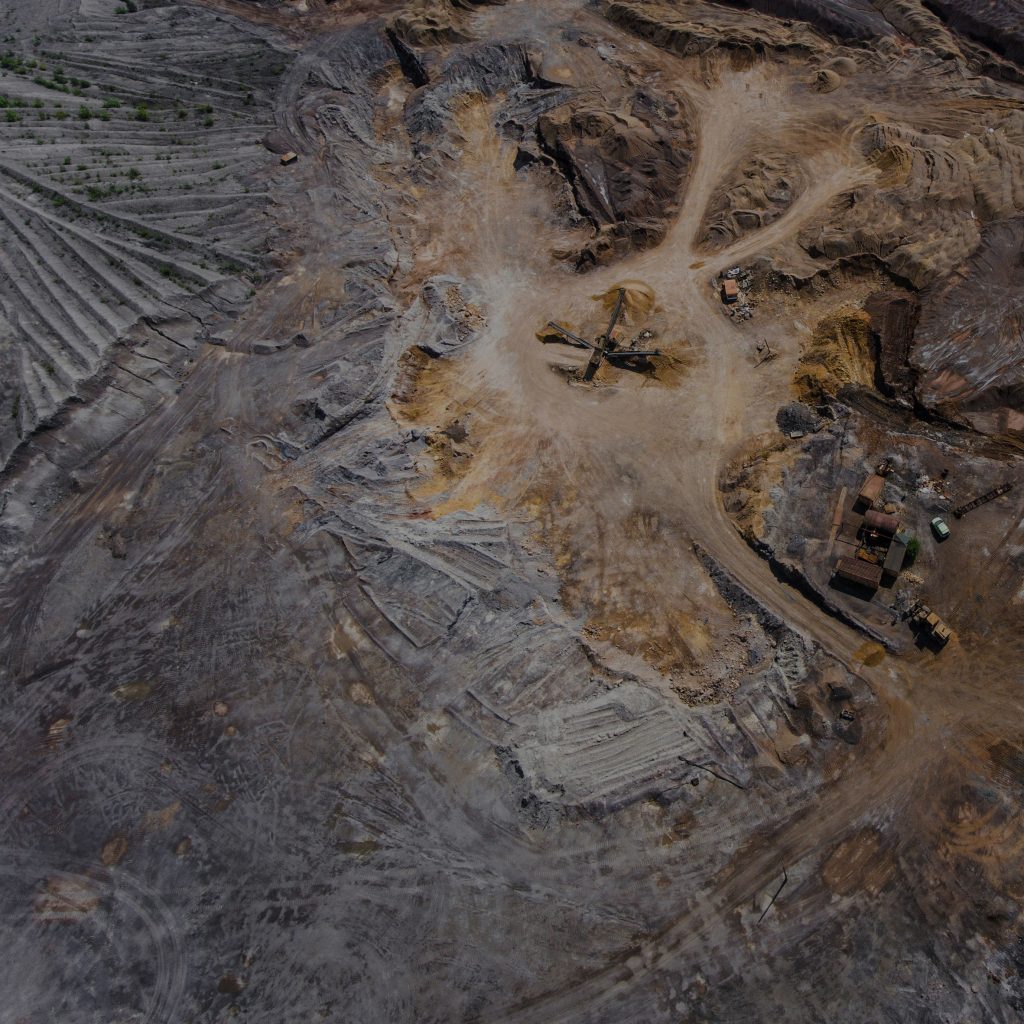
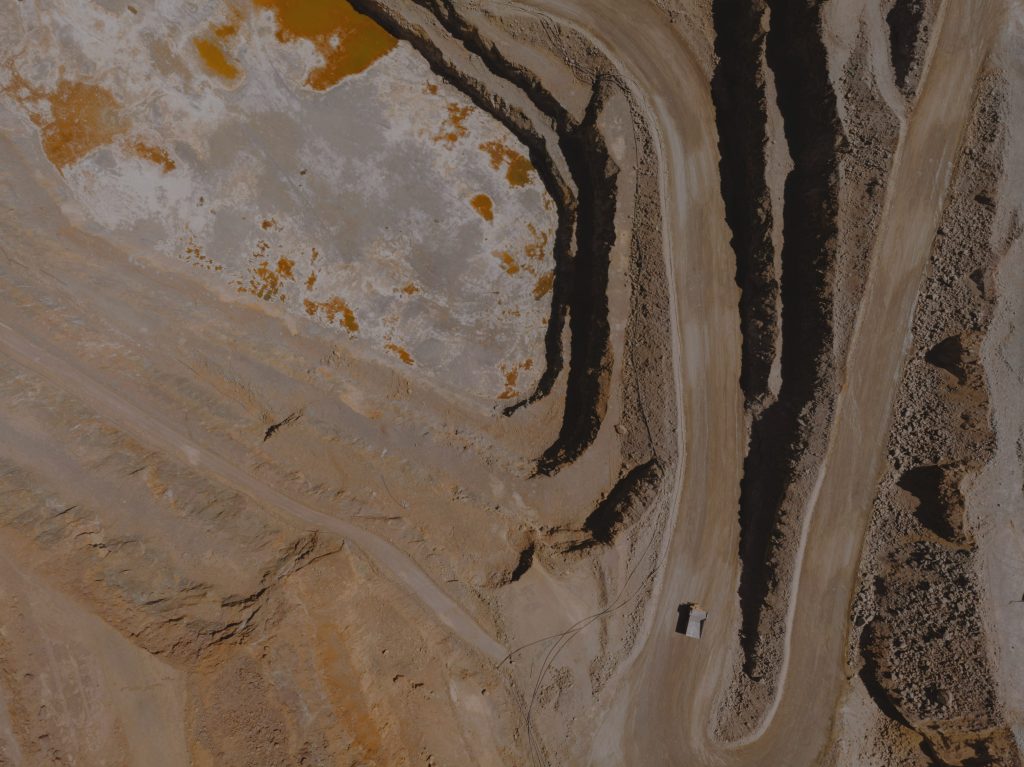
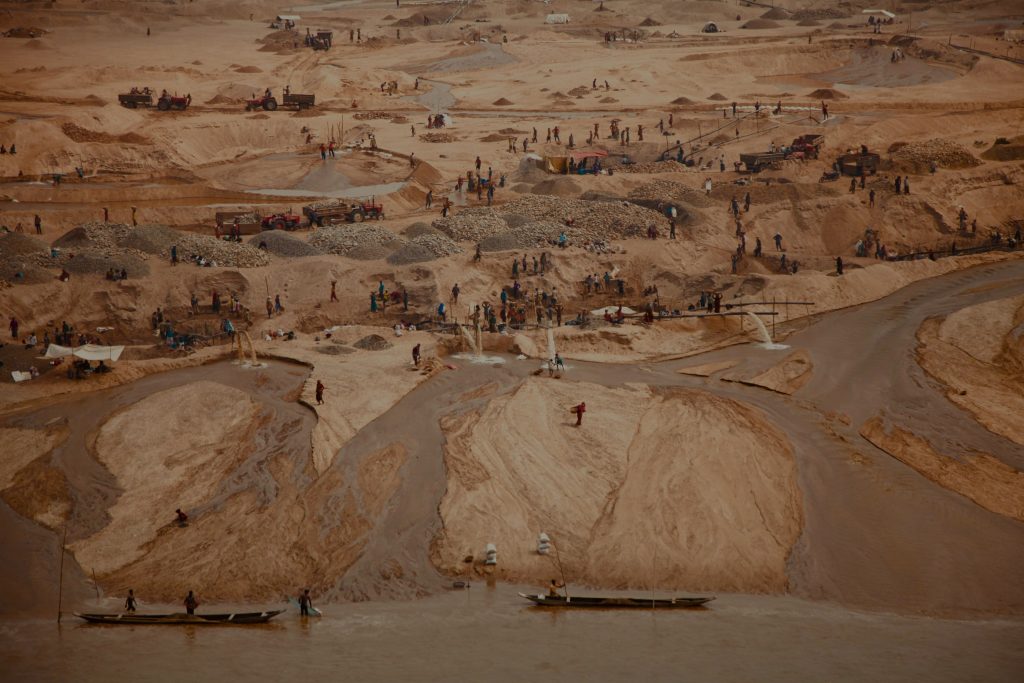

Actions proposed for the green transition
-
The Critical Raw Materials Act
Passed by the European Union in March 2024, the CRMA aims to secure the supply of materials such as cobalt and lithium needed for the green transition. This will involve the onshoring of mining and extraction across the EU.
-
The Green New Deal
A 2019 legislative proposal for economic reform and green industrial strategy, putting workers and marginalised communities at the heart of renewable energy transitions in the USA.
-
The Manifesto for Ecosocial Energy Transition from the Peoples of the South
A set of demands for a just transition that refuses continued material extraction from the Global South to support ecological infrastructure in the North. Signed by a broad coalition of organisations and individuals.
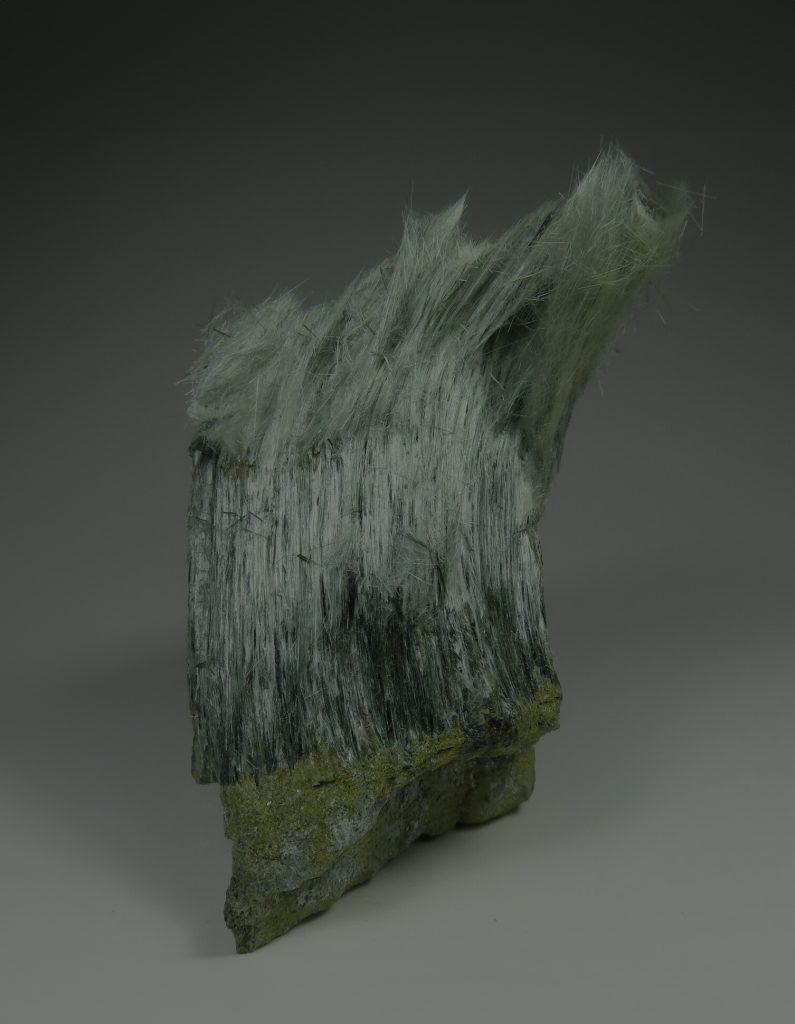
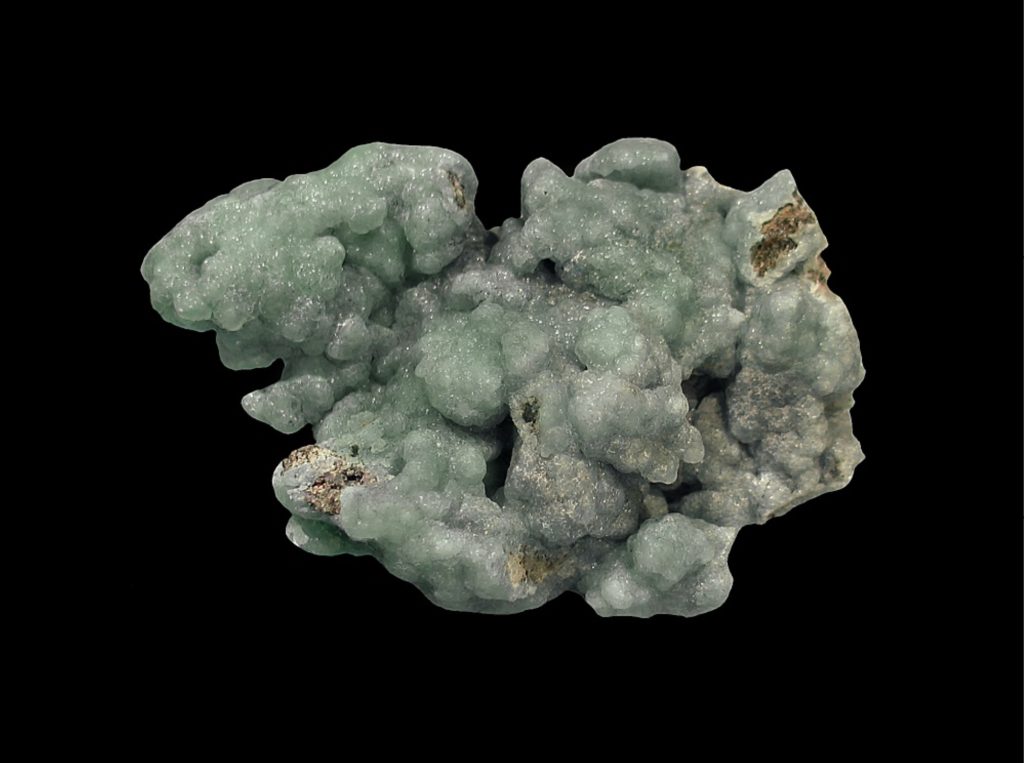
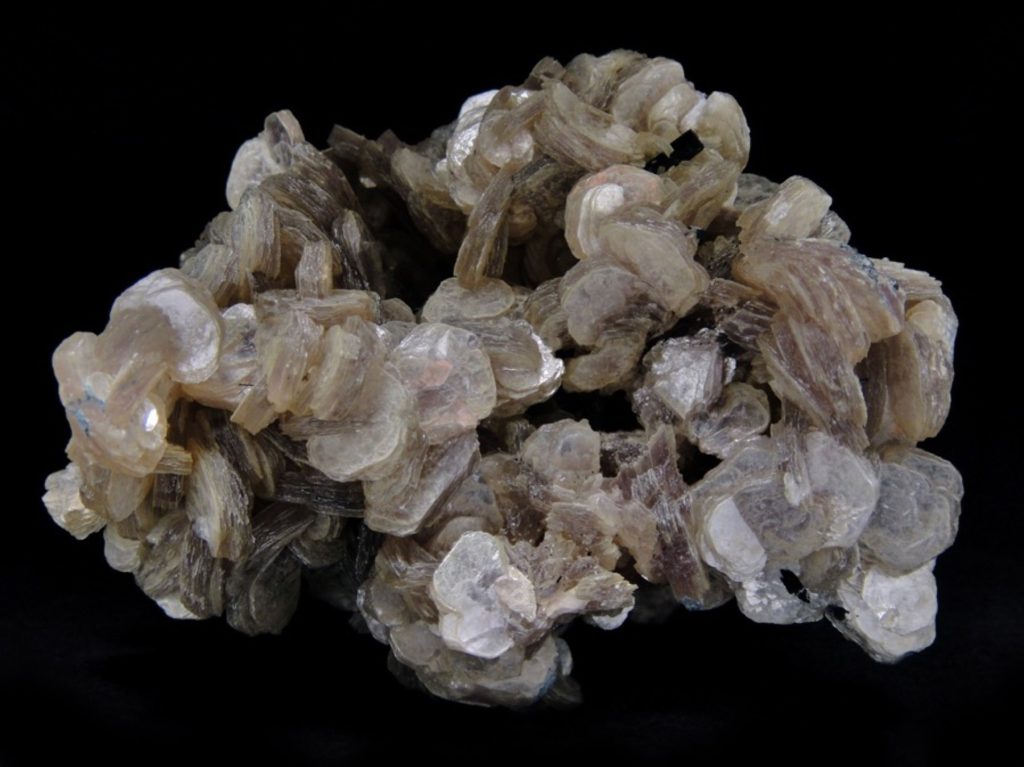

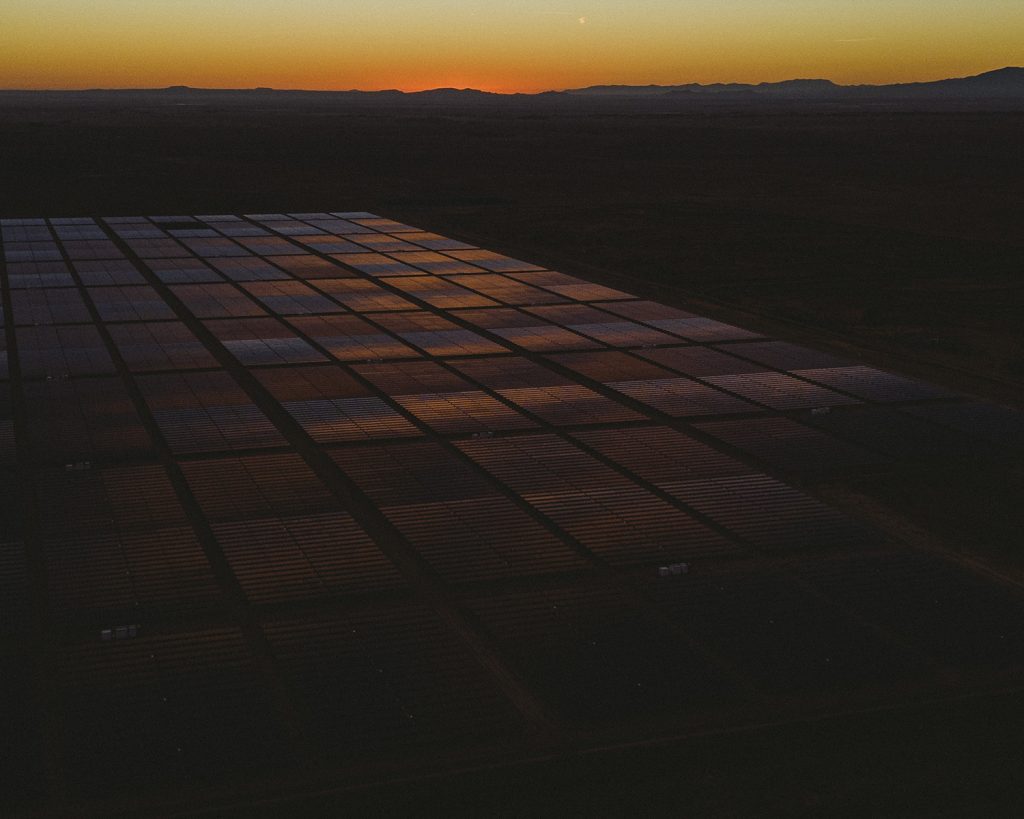
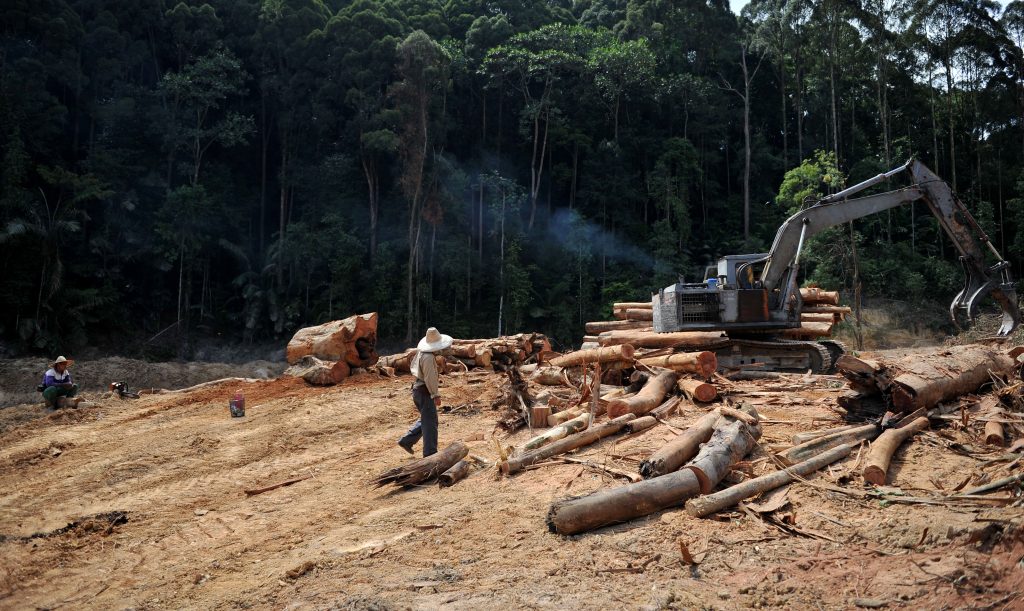
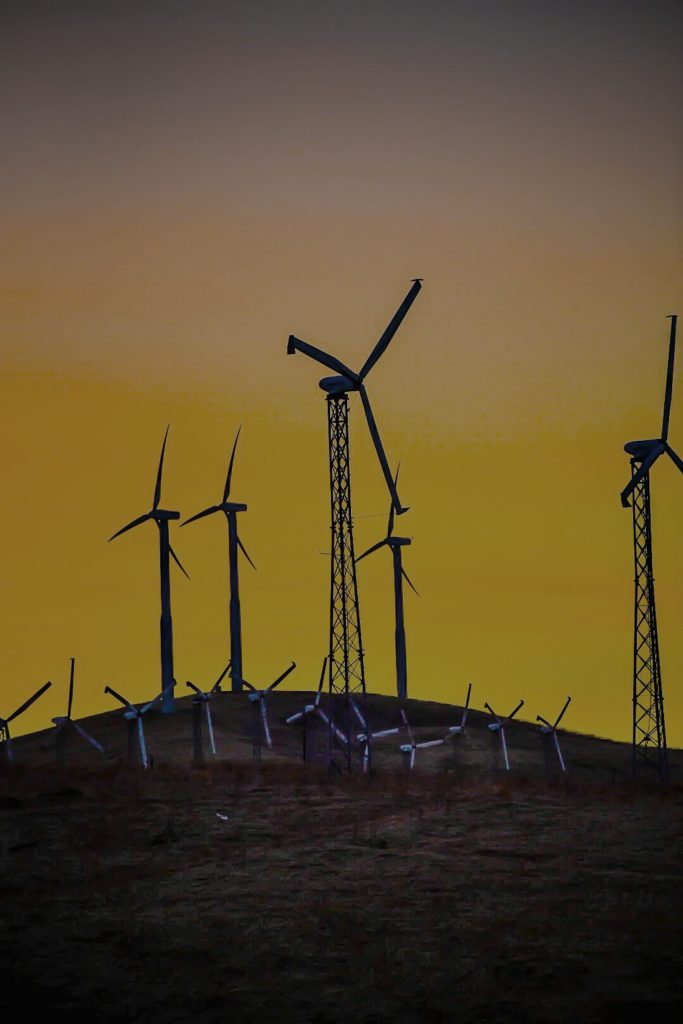
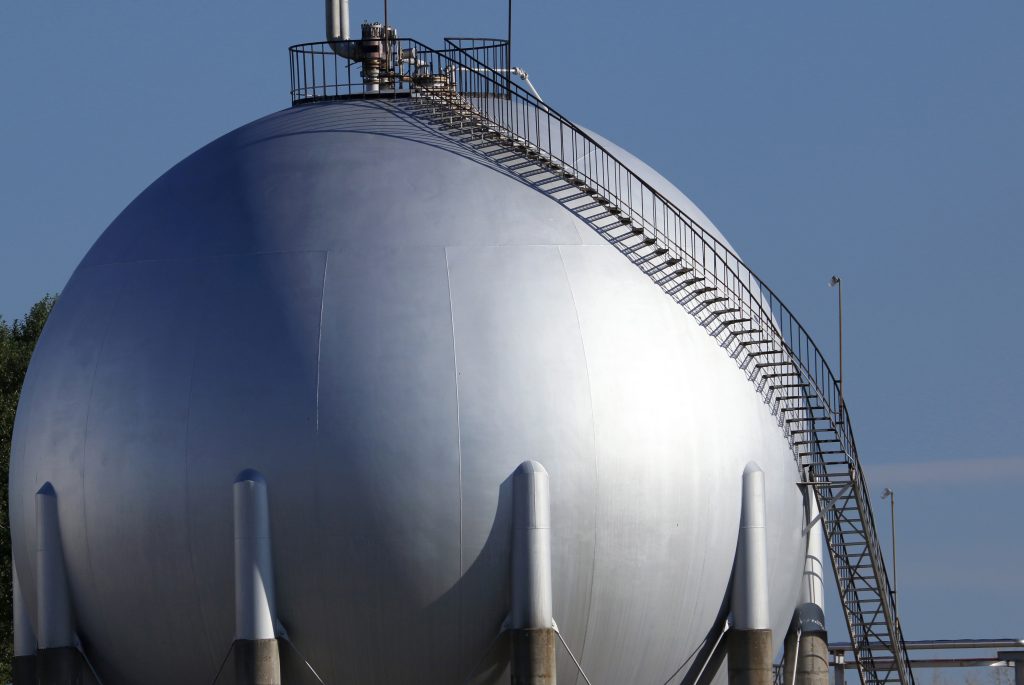
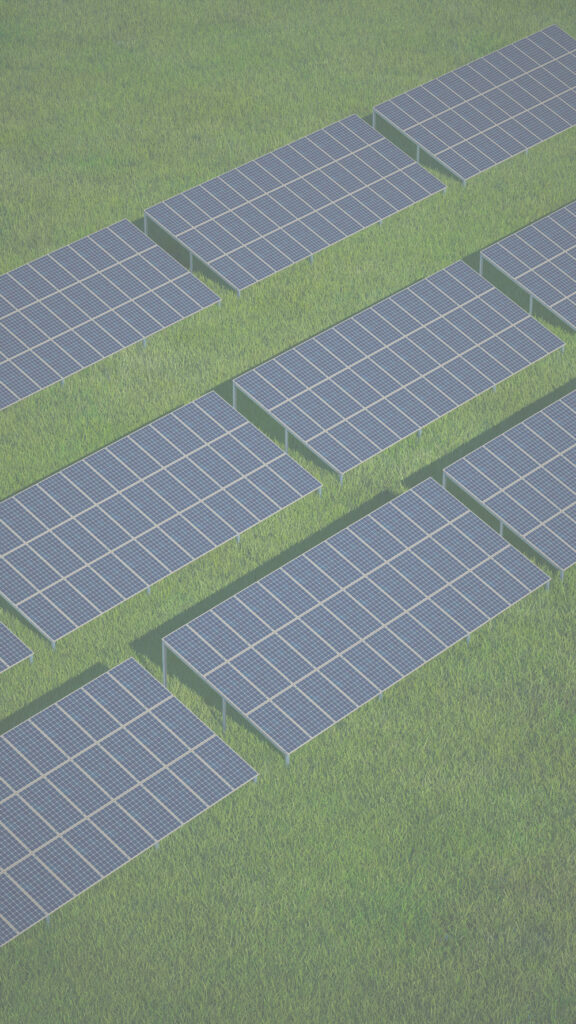
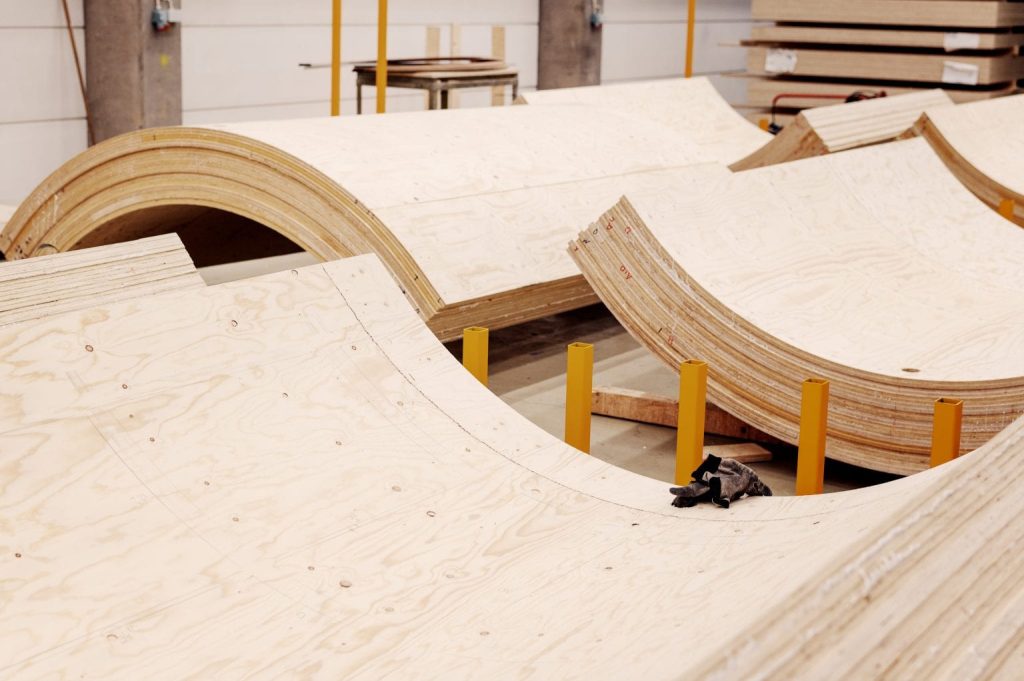
Alongside procuring raw materials, designers need to mine for cooked ones – that is, undervalued materials already in circulation, found in waste streams or agricultural co-products. This above-ground mining means the sites of material prospecting can be much closer to home.
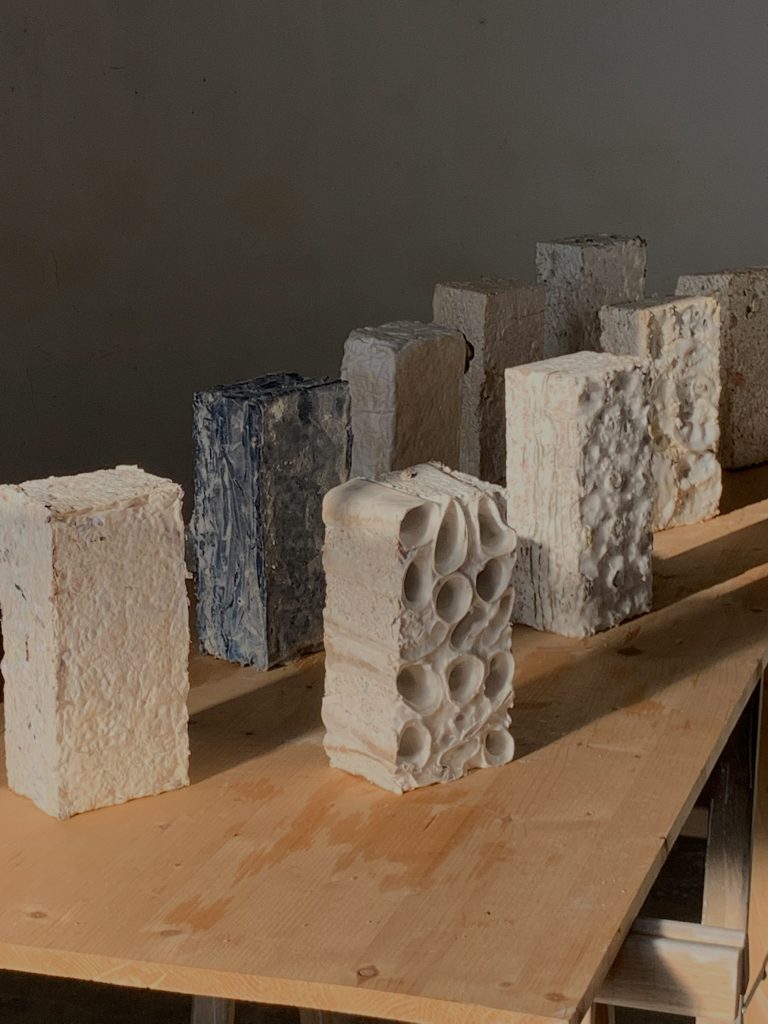
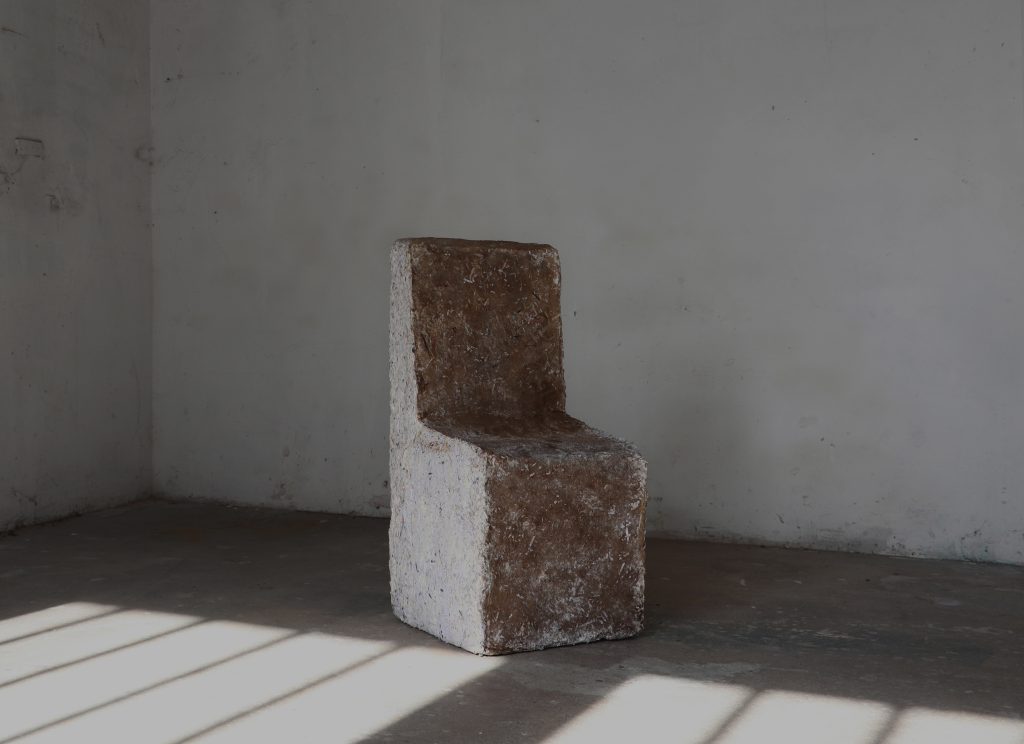
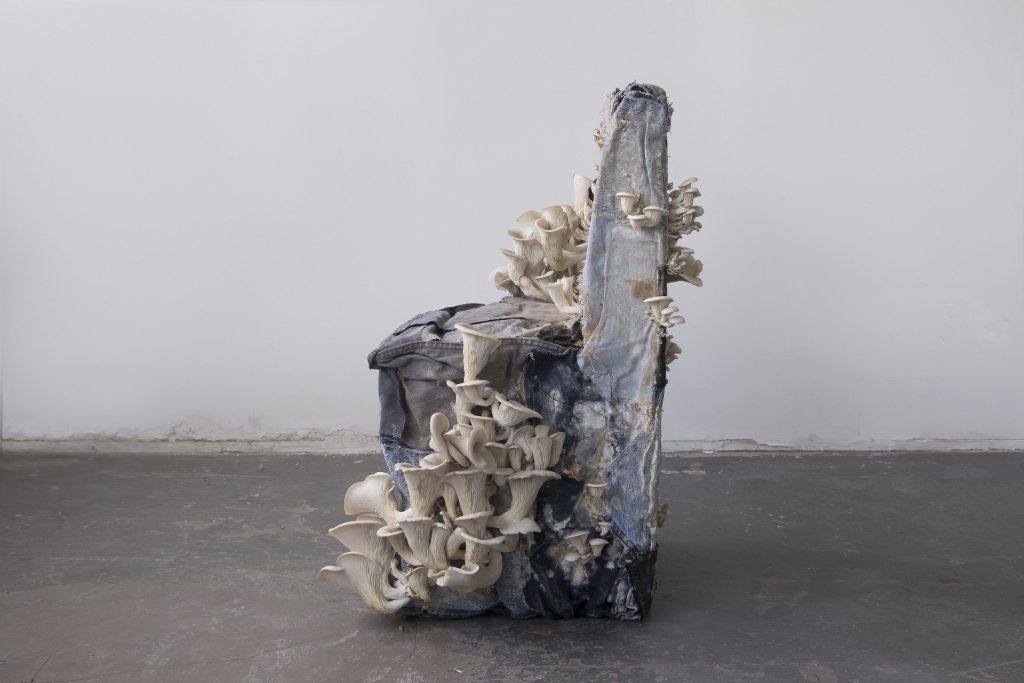
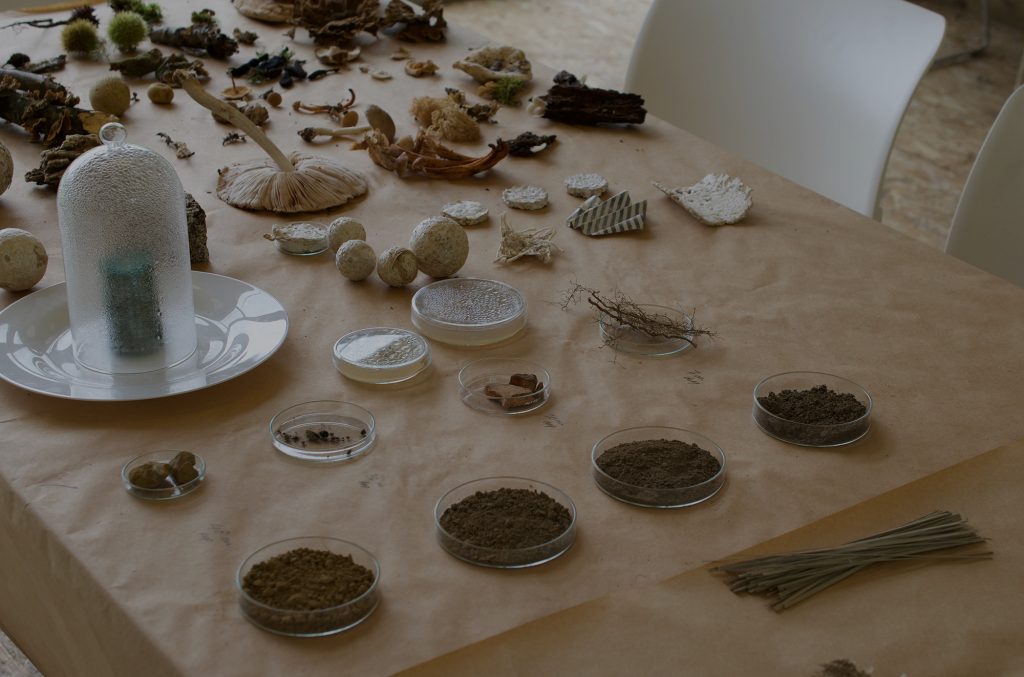
Practices mining close to home
-
Material Cultures
In a report for Future Observatory, architects Material Cultures outline how public and private woodlands could be reconfigured to support UK timber production as part of a shift to a more regenerative construction industry.
-
Rotor
Brussels-based cooperative design practice Rotor work with building elements reclaimed from demolition sites. They run an online and physical shop, RotorDC, where salvaged parts are available for anyone to buy.
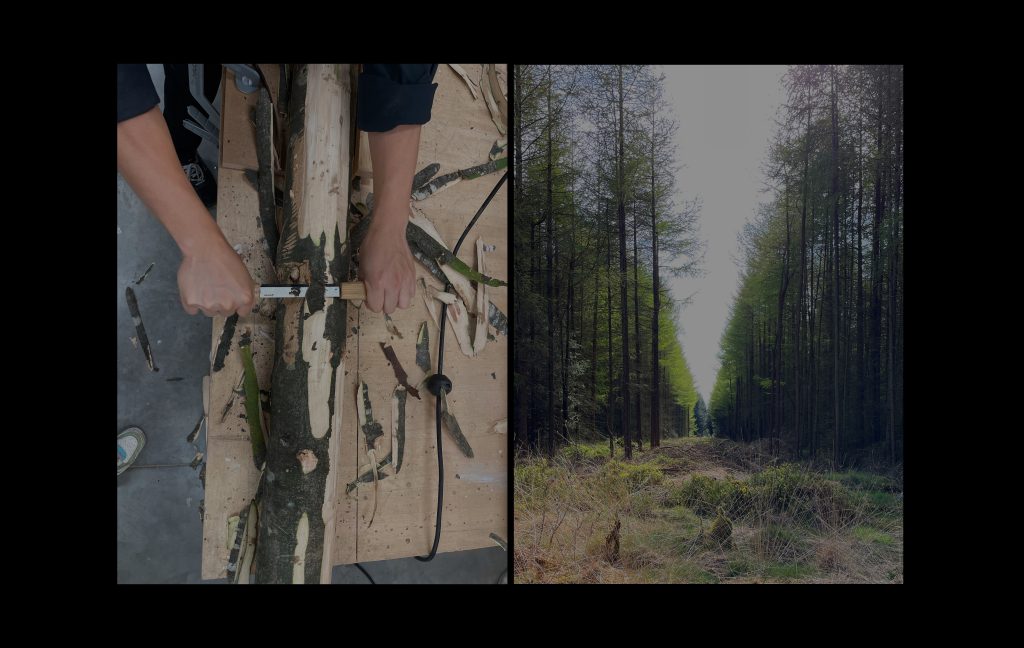
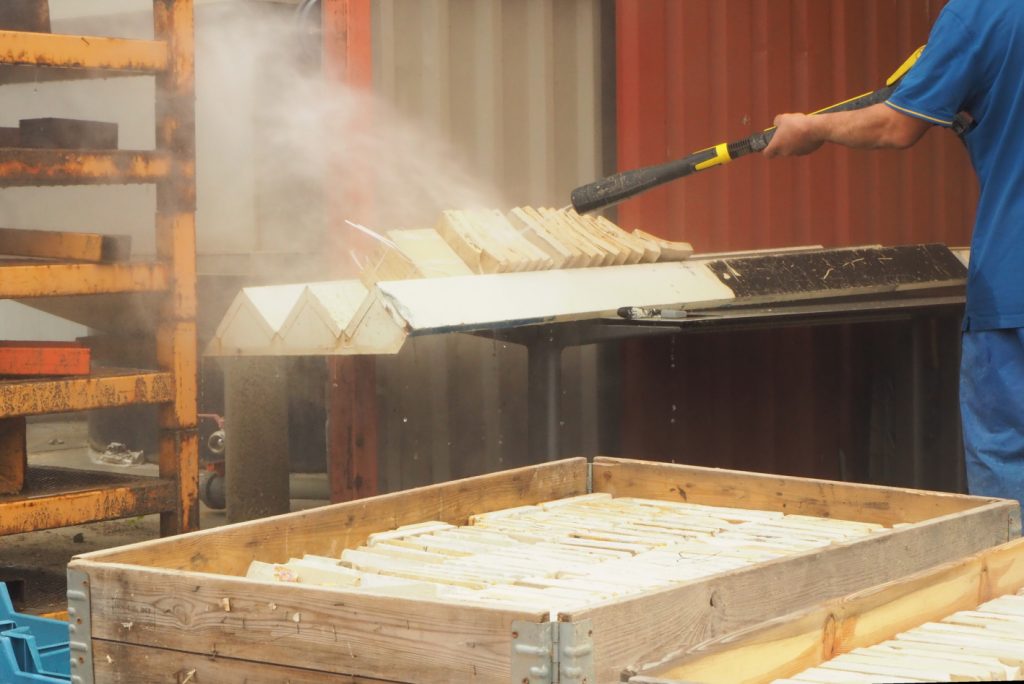

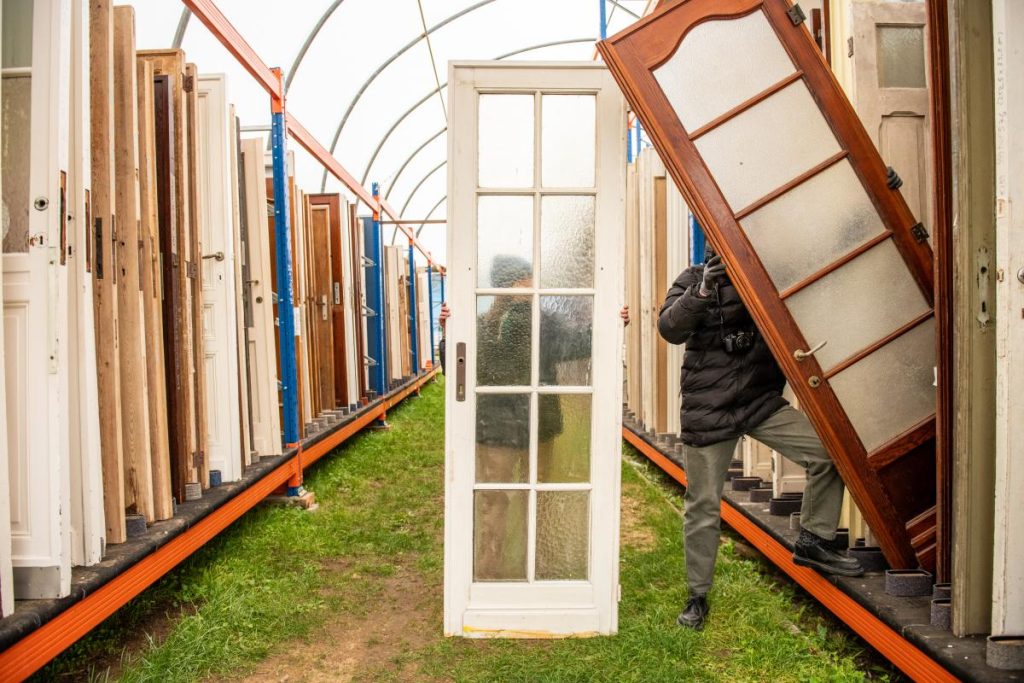
Instead of extraction, taking a regenerative approach means enhancing rather than exhausting resources, communities and landscapes. Looking to undervalued materials is also the cultivation of undervalued knowledges.
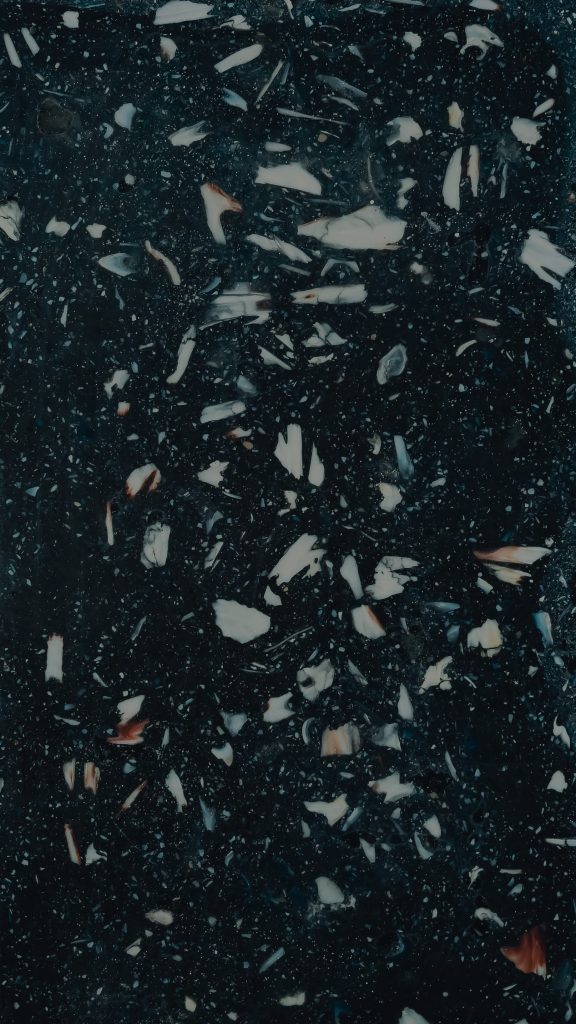
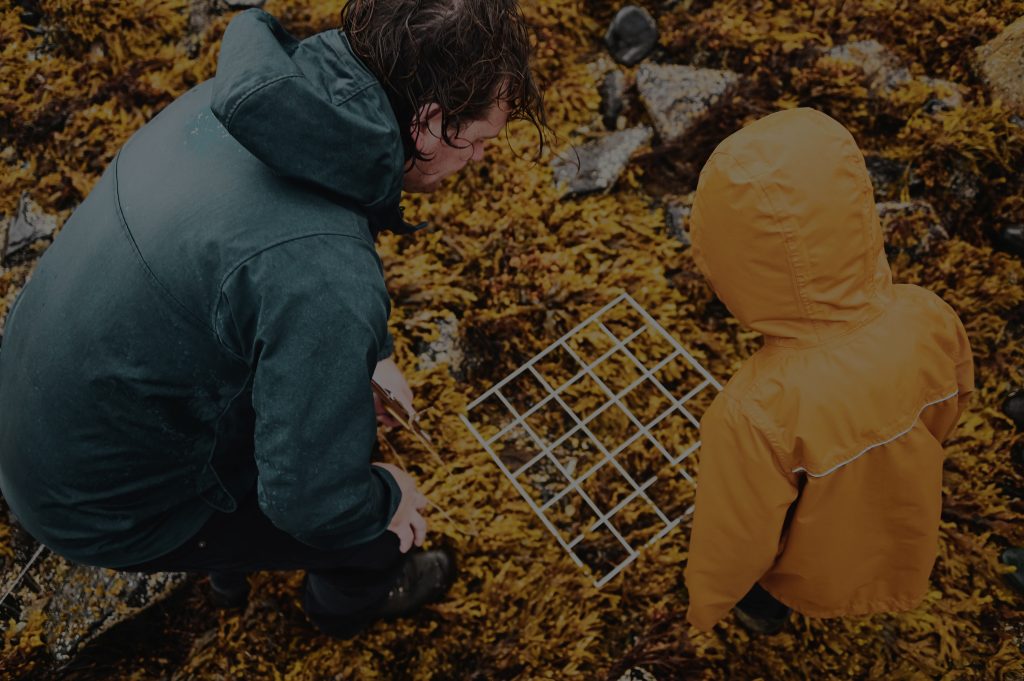
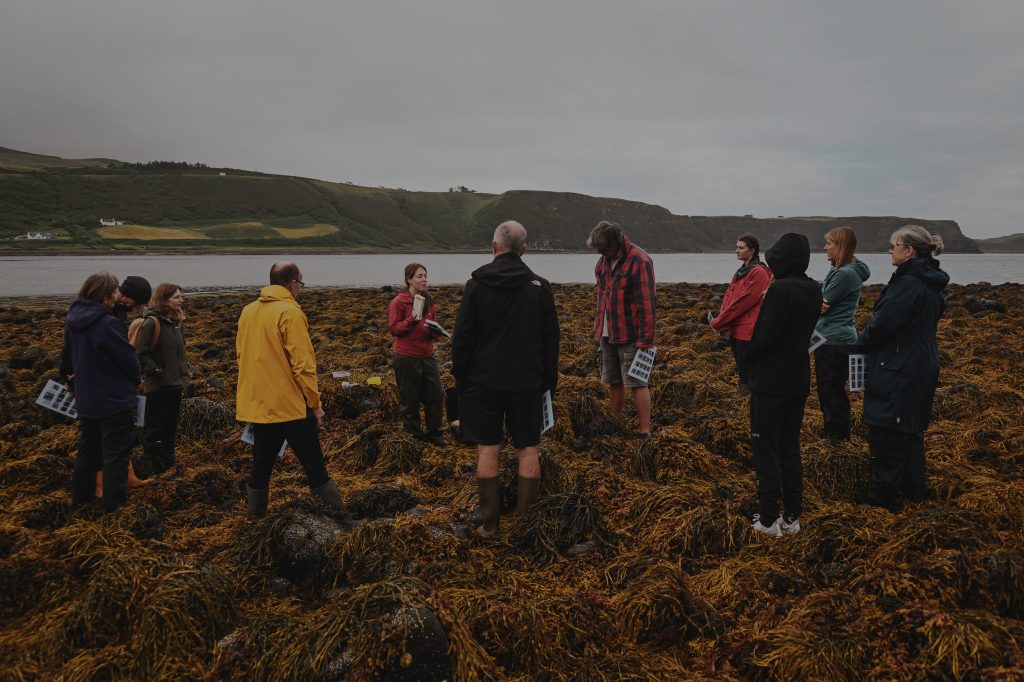
Practices upskilling people in their place
-
Climavore
A Community Interest Company and project building alternative economies to salmon fishing in the Isle of Skye. By re-routing the fishing economy towards shell-fishing, waste shells are then collected and developed into a terrazzo tile as a low-carbon construction material.
-
MASS.Made
A new furniture division of MASS Design Group in Rwanda that uses a ‘footprint, handprint’ metric to ensure that materials are sourced locally and hand-built. Basket weavers and potters are upskilled to produce large-scale design and architectural projects.


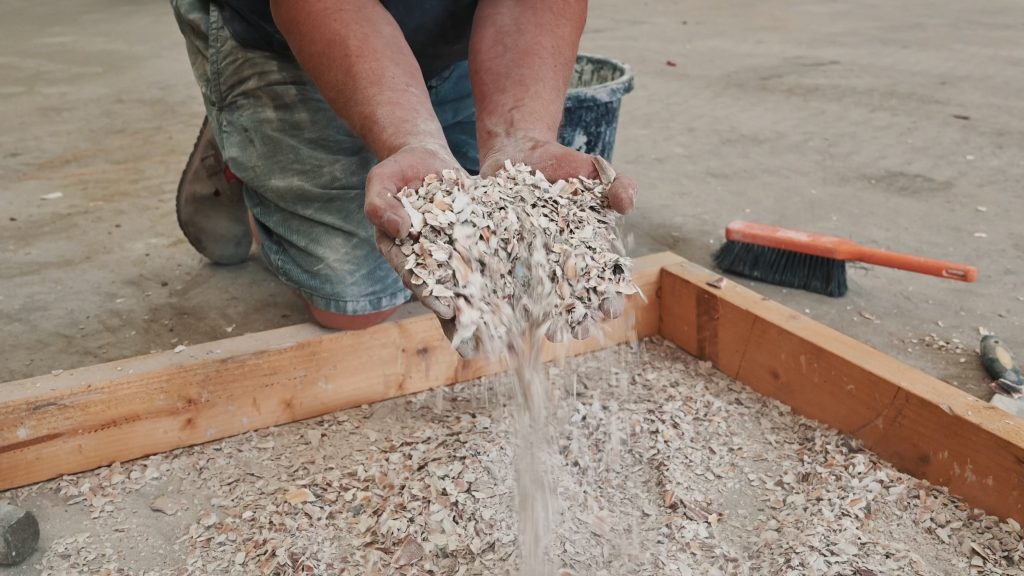
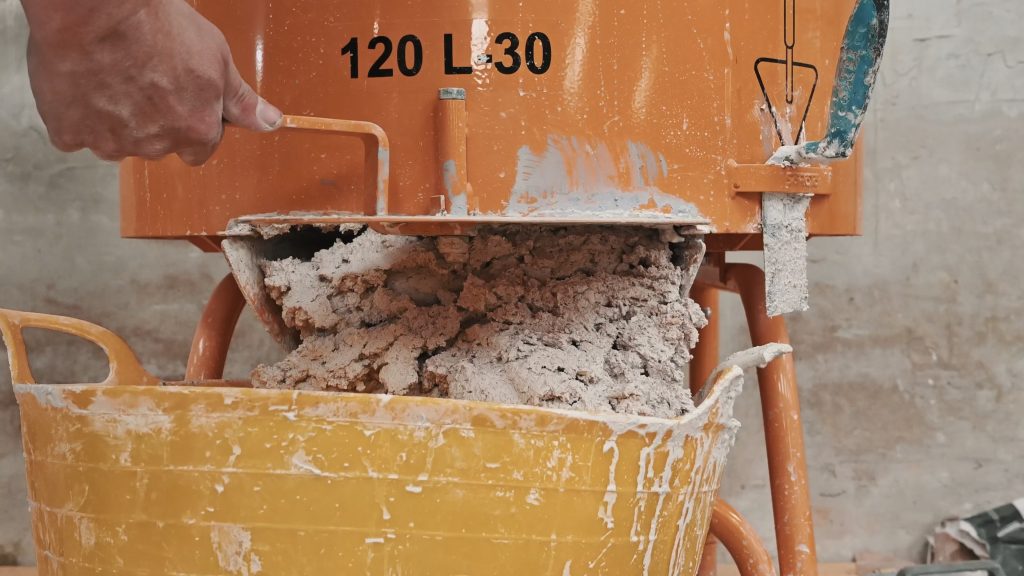
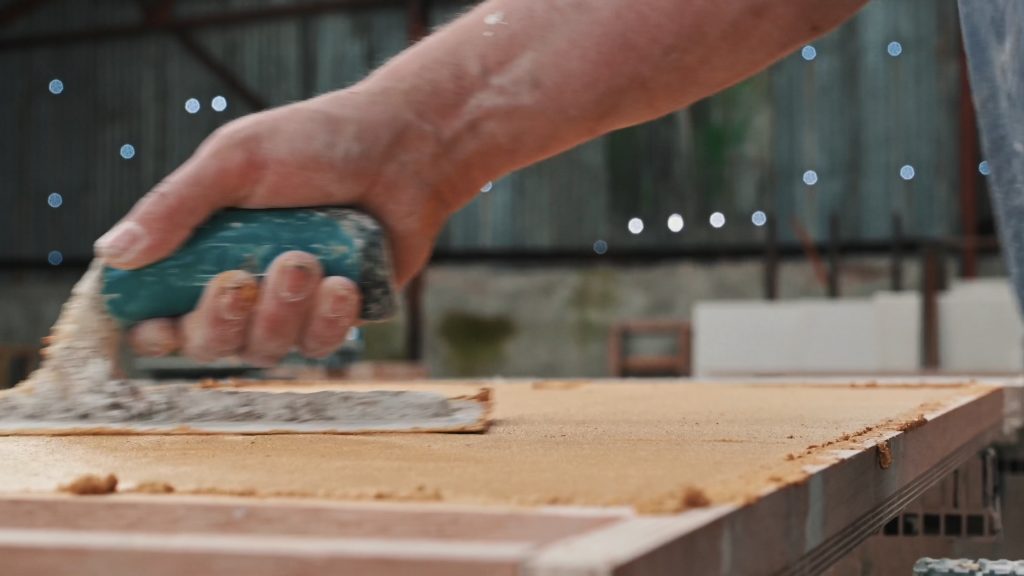

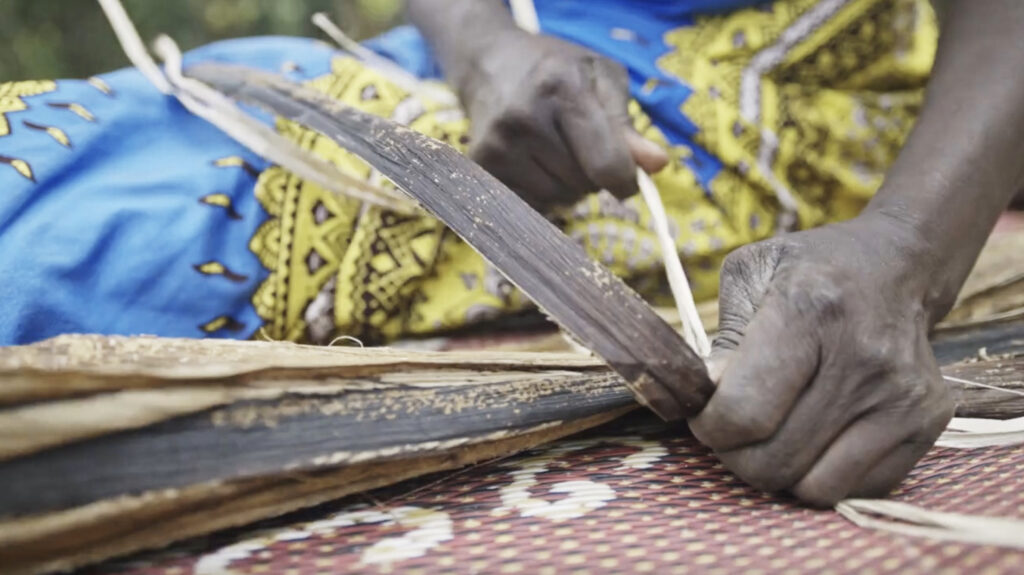
Christian Benimana, MASS Africa Studio lead‘To be environmentally favourable is to ensure that when dealing with local materials, one is not disassociating them from local skills’
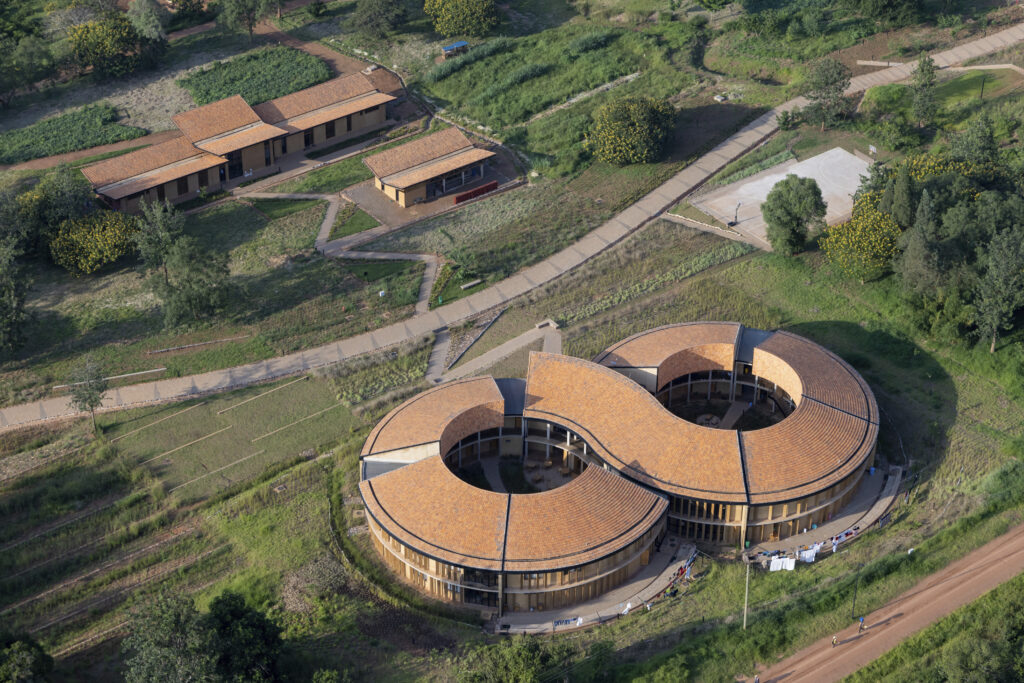
Professor of bioregional design‘At our school we teach people to work with cooked materials rather than just raw ones – the materials that are already in circulation. When we use raw materials they are grown in this bioregion. A lot of the skills we teach are linked to the materials of this place, and that creates its own formal language.’
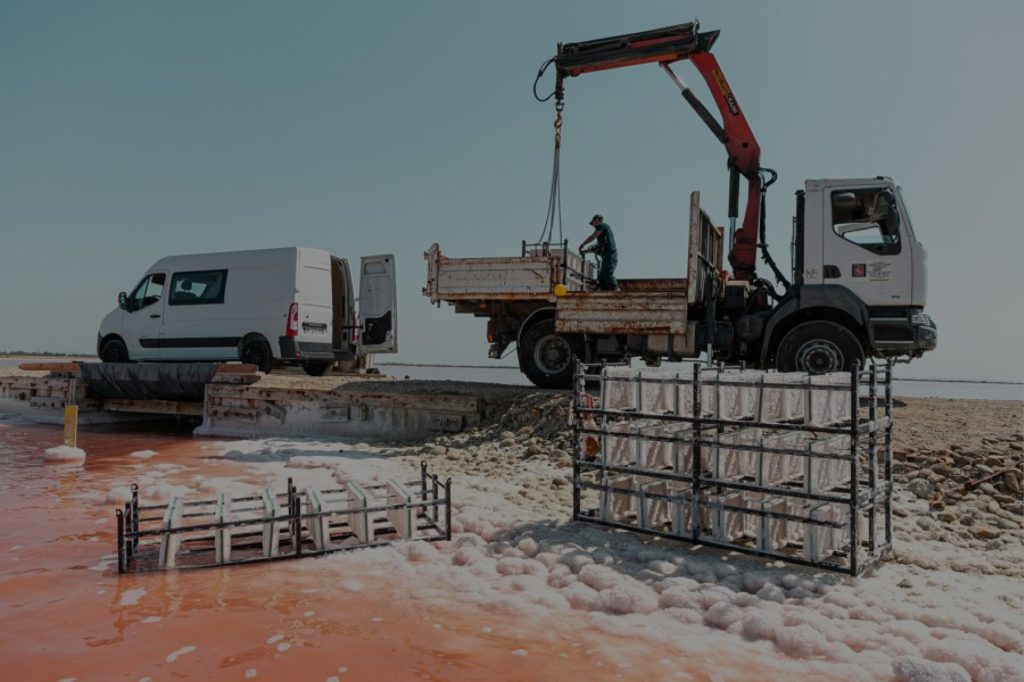
Topofacture
Topofacture is a manufacturing approach shaped by place (topos). To achieve this requires not just prototyping new forms of production but building the knowledge and local networks to support it.
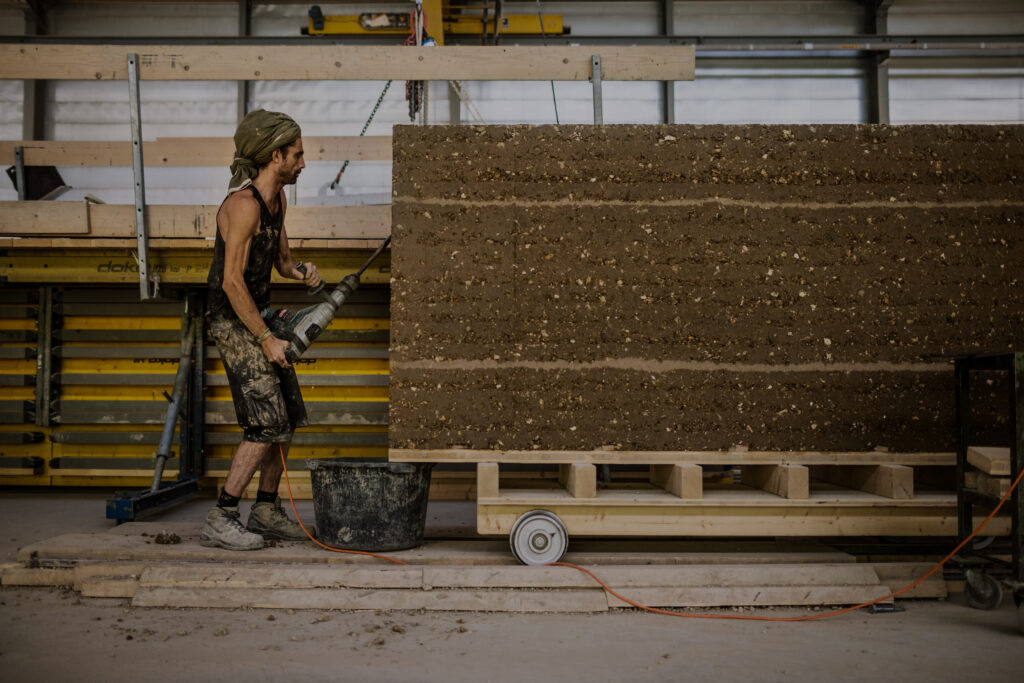
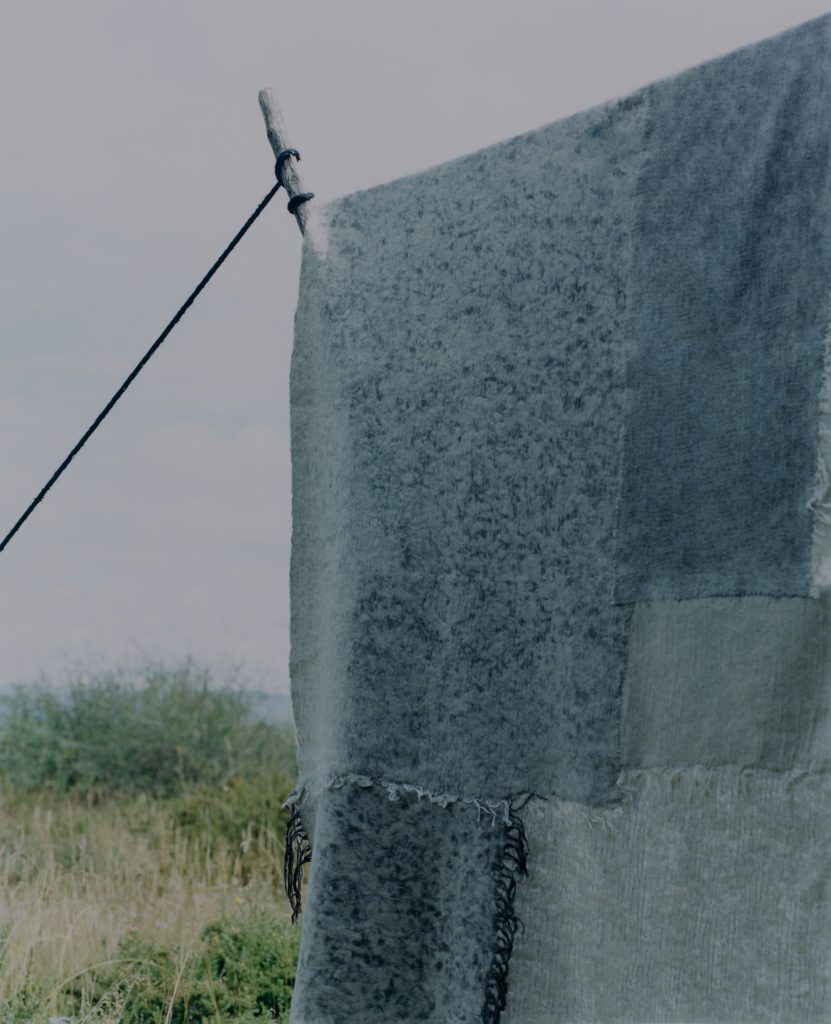
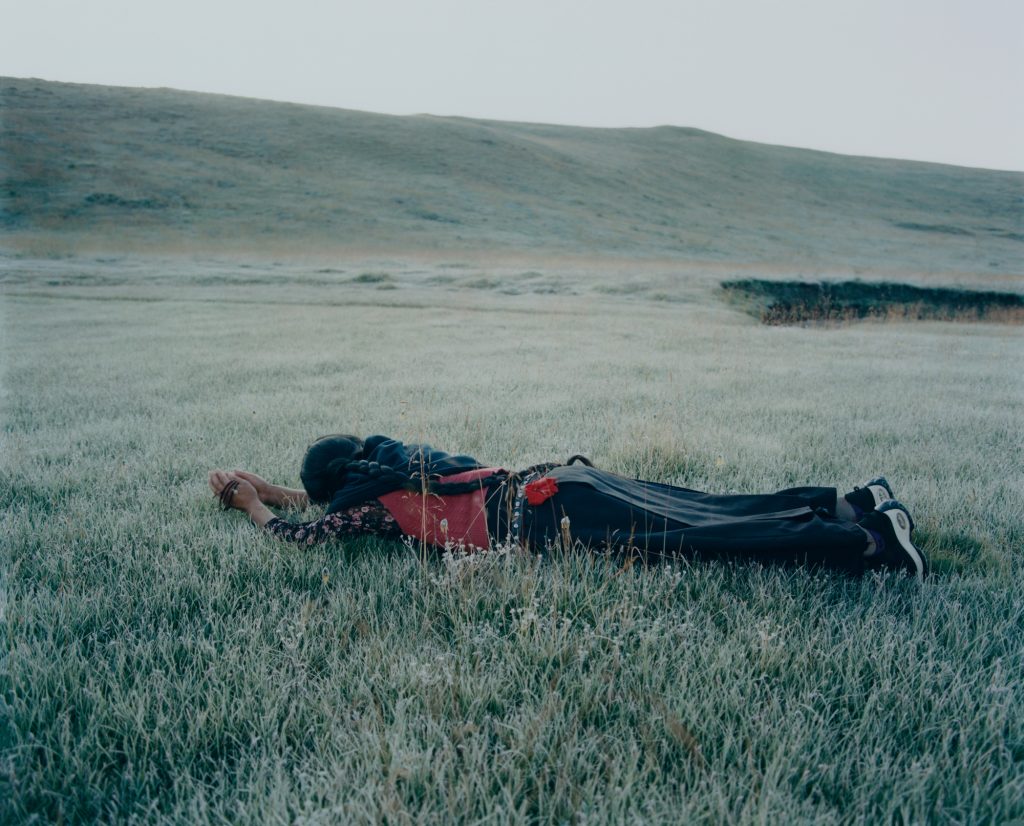
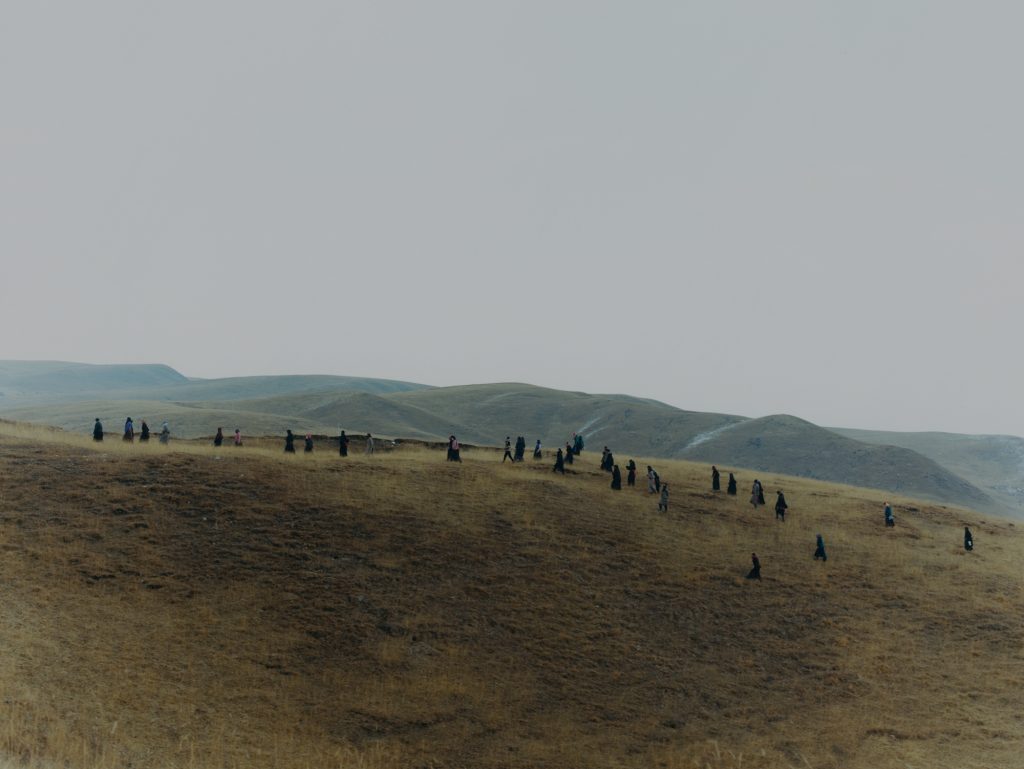
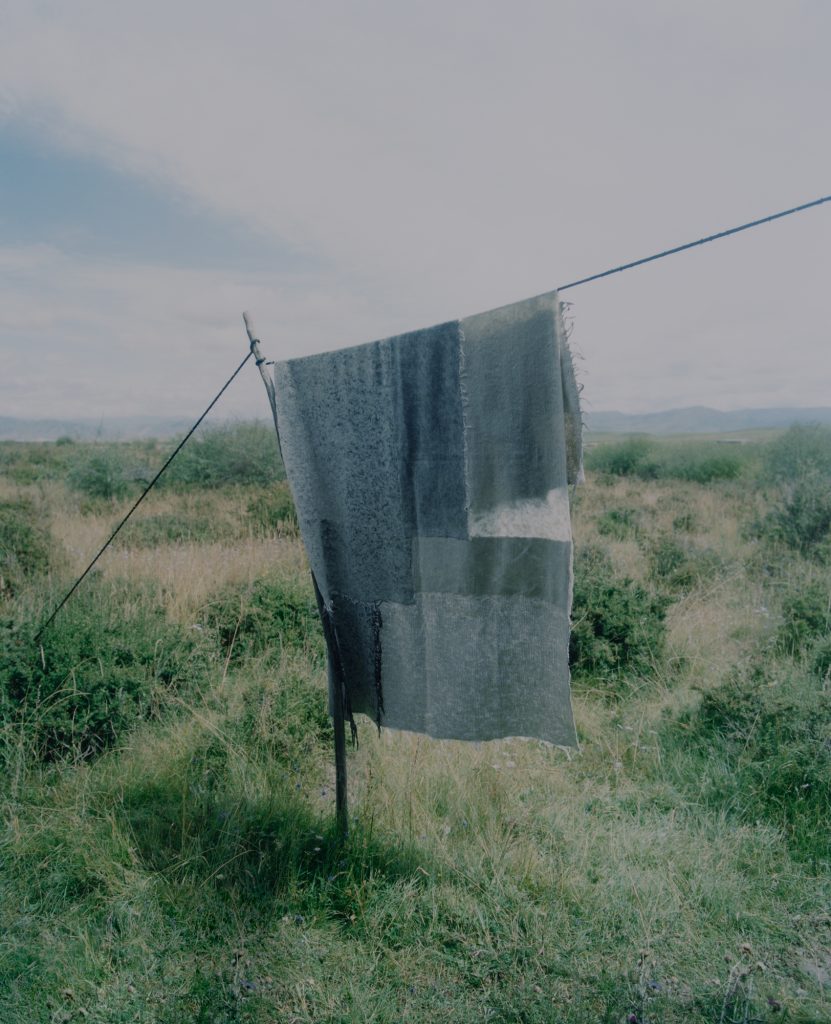


Prototypes of bioregional manufacture
-
Dana Lee Brown
A bespoke fabric designer based in Bowen Island, Canada developing a localised field-to-final-garment system of production, negotiating the challenging supply chain limitations of bioregional practice.
-
Bombyx
A silk farm and factory located on the old silk road that builds on centuries of sericultural expertise for regenerative agricultural silk production.
-
Carmody Groarke
An architecture practice testing and developing bricks made from construction site waste materials – like concrete, brick and tarmac – along the coastline of East Sussex.


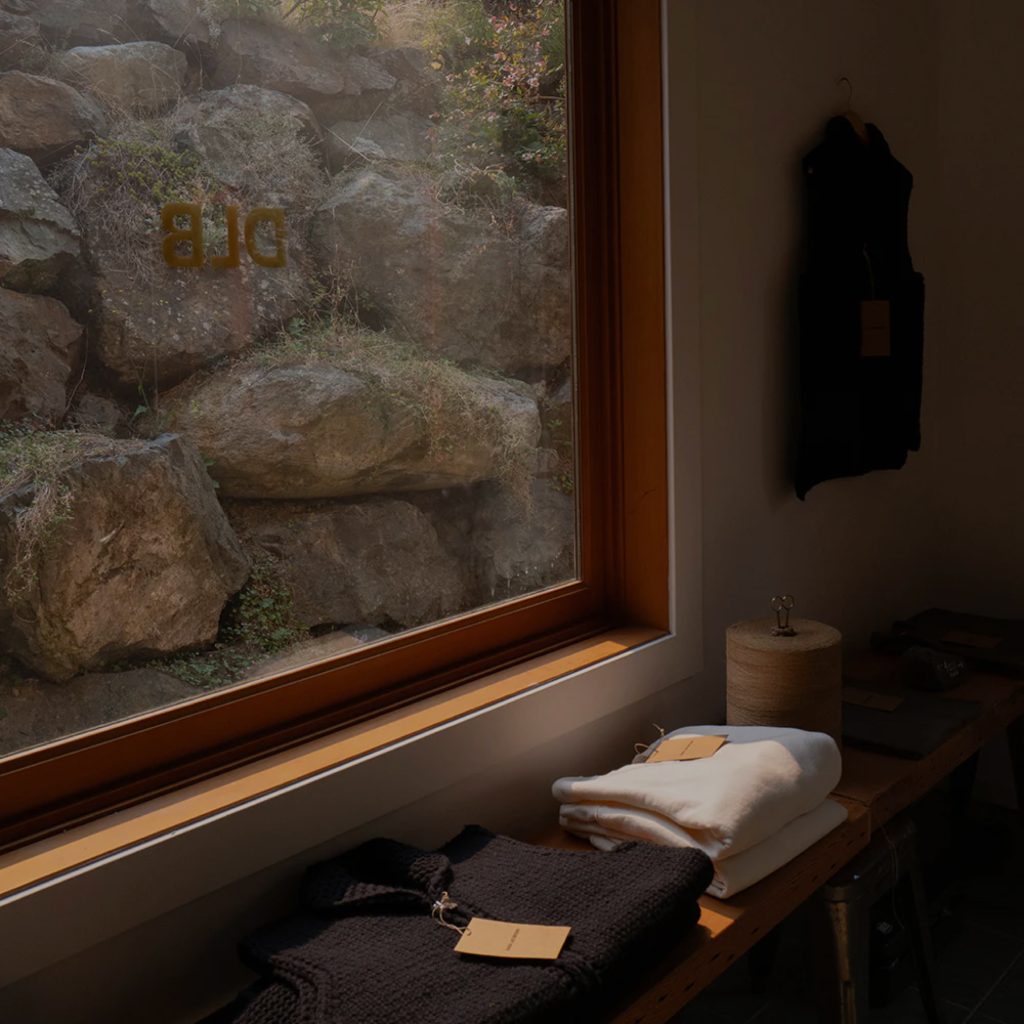


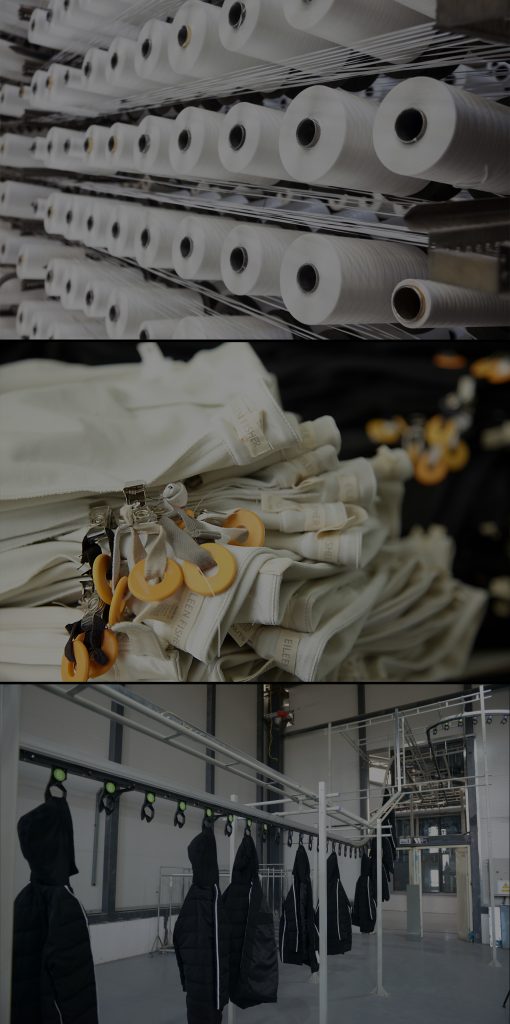

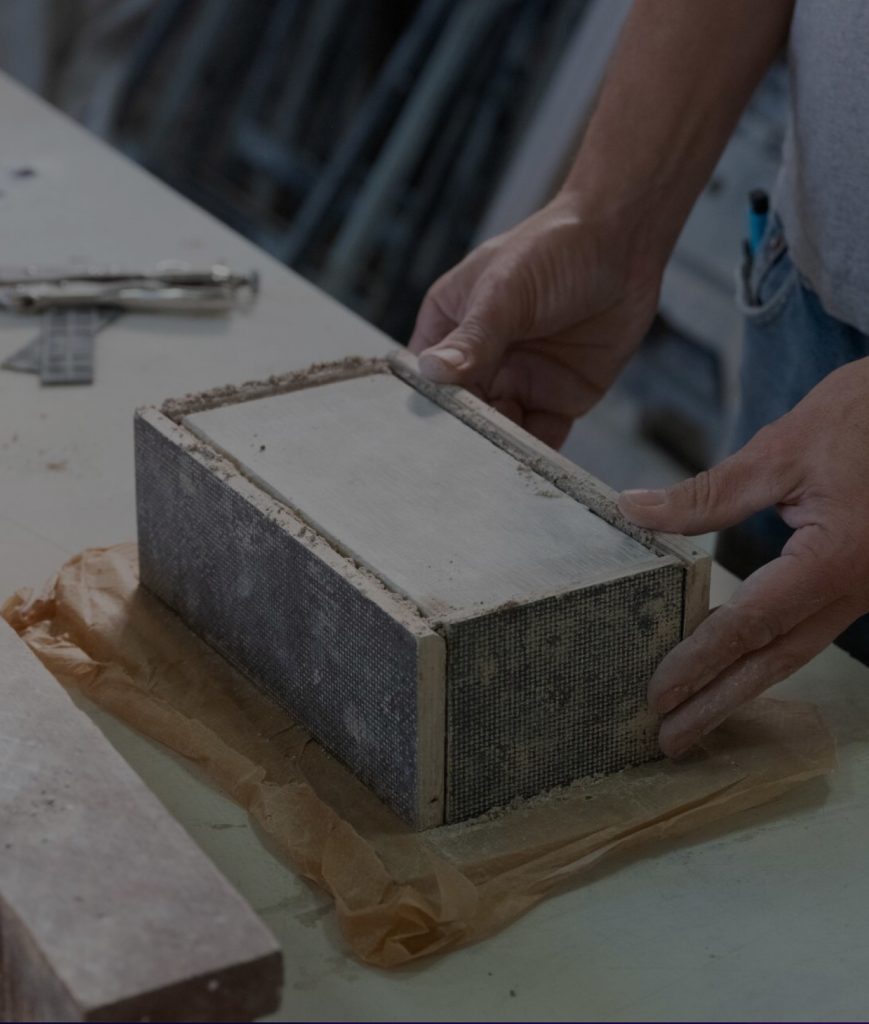
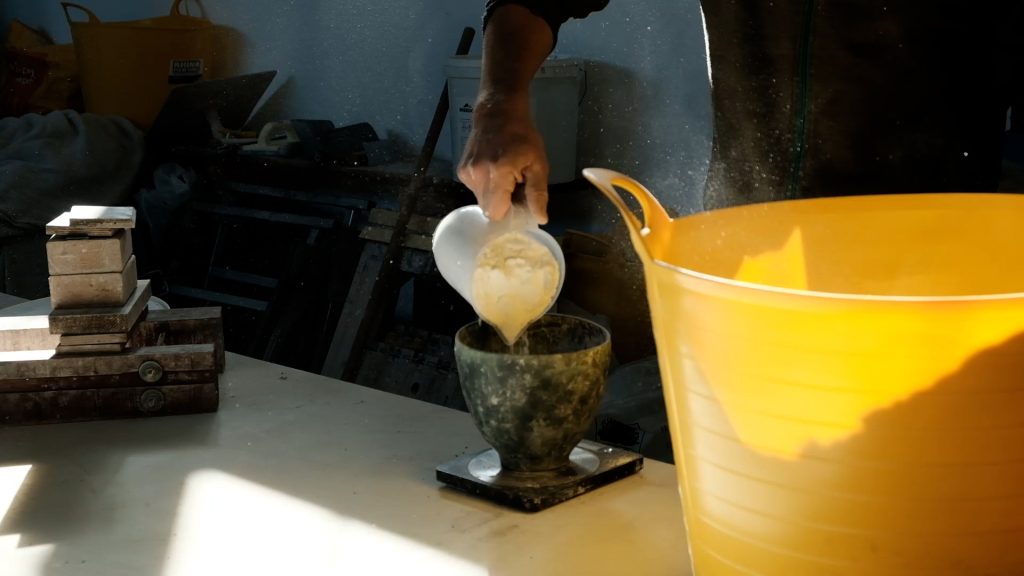
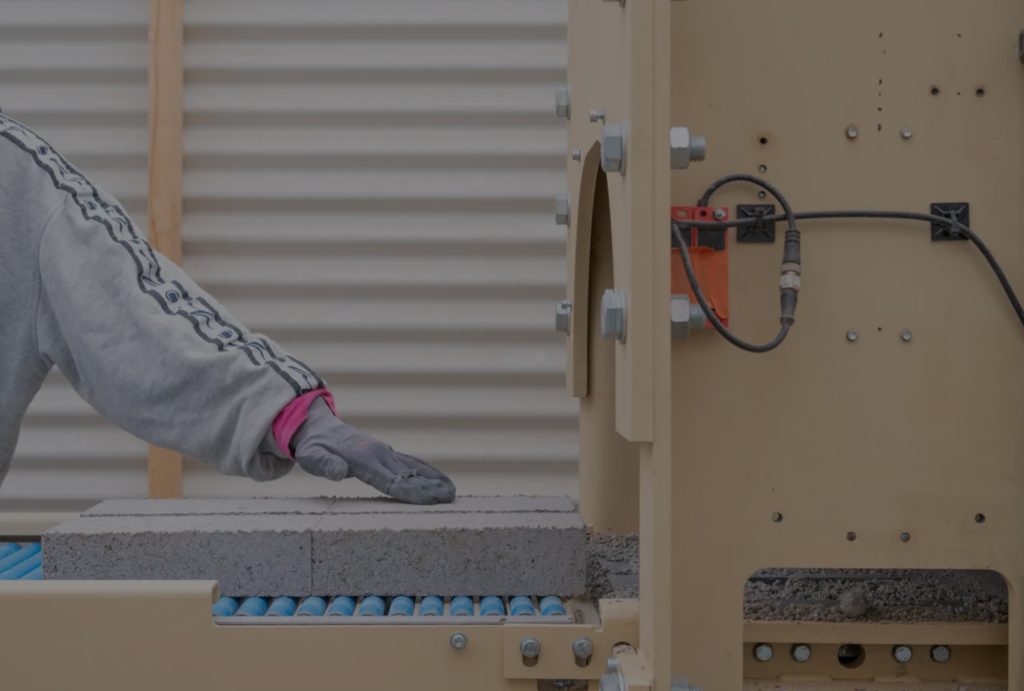
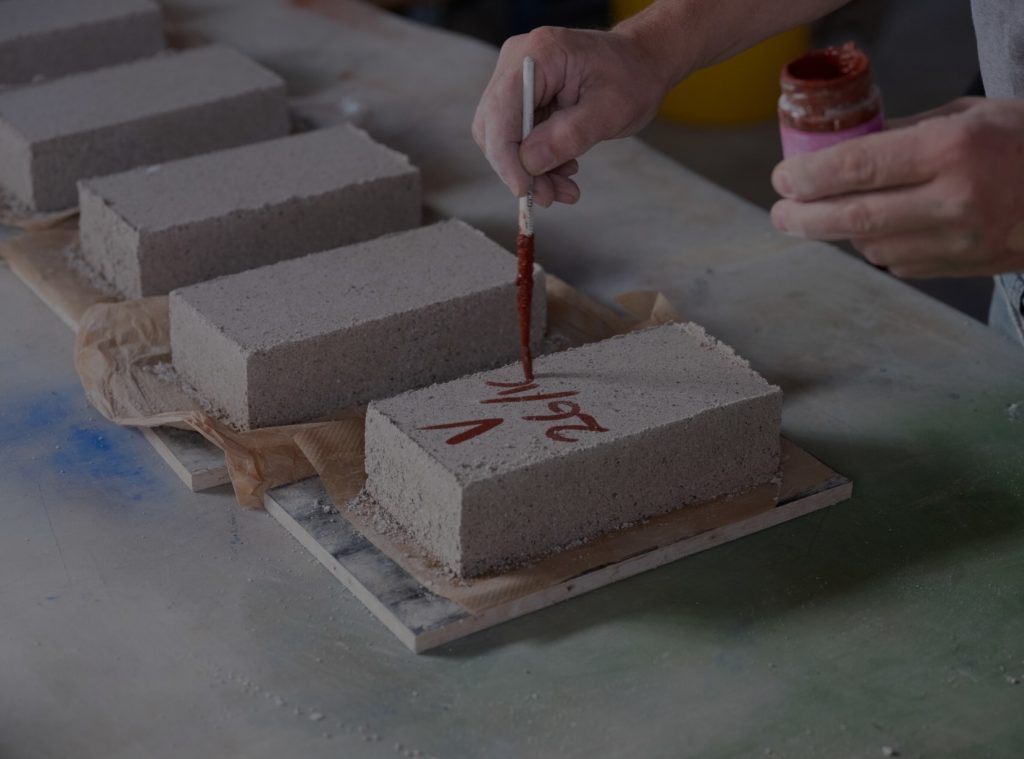
Summer Islam, co-founder Material Cultures‘Designing bioregionally is currently an aspiration rather than a reality. We have to simultaneously design products and their supporting systems’
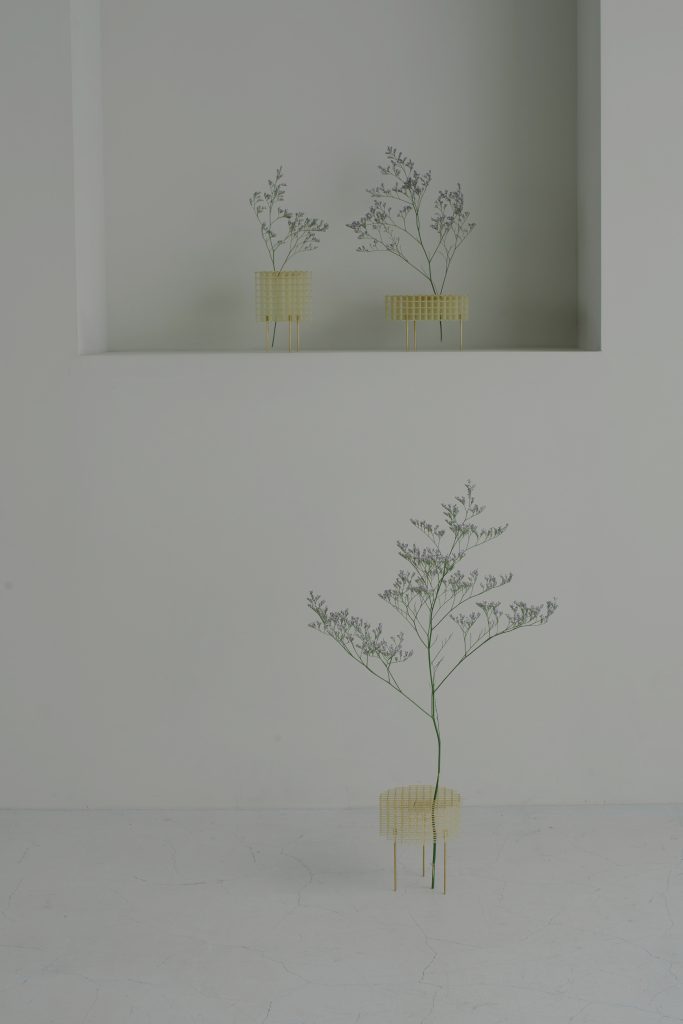
Topofacture aims to scale within the -shed's carrying capacity. It adapts itself to the available resources in a region rather than introducing disruptive monocultures.
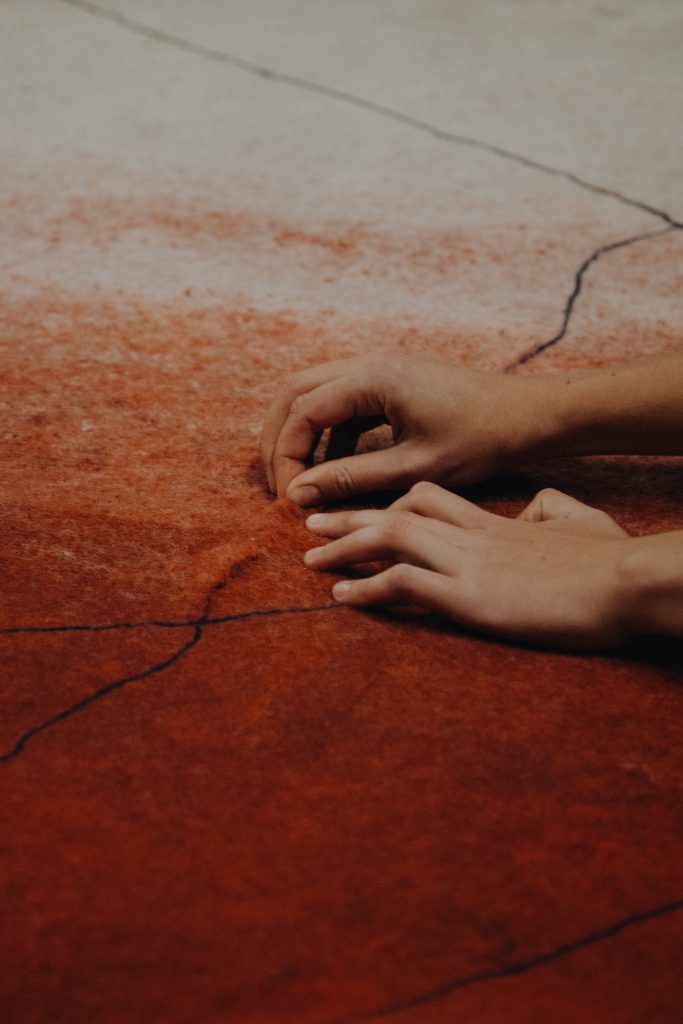
Instead of industrial standardisation, products might be fabricated using a variety of available materials that are similar but not the same. This flexible approach to source material challenges existing models of mass production and consumer expectations.
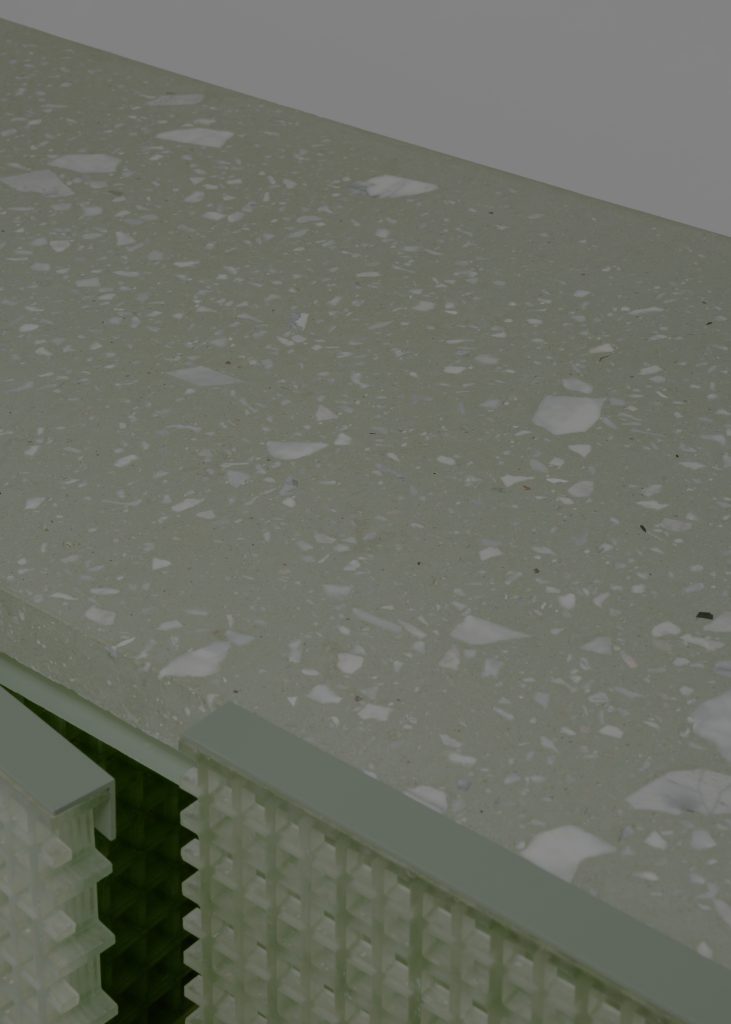

Possible topofactories
-
Martin Rauch
An architecture practice that uses mobile factories to process earth composites on site for the construction of rammed earth building projects.
-
Atelier LUMA
A bioregional research and production workshop in Arles, France whose premises are built using walls coated with sunflower pith discarded by local sunflower oil producers, naturally crystallised salt cladding from the surrounding flats, and bioplastic tiles charged with algae-based dyes from invasive plant species in the area.
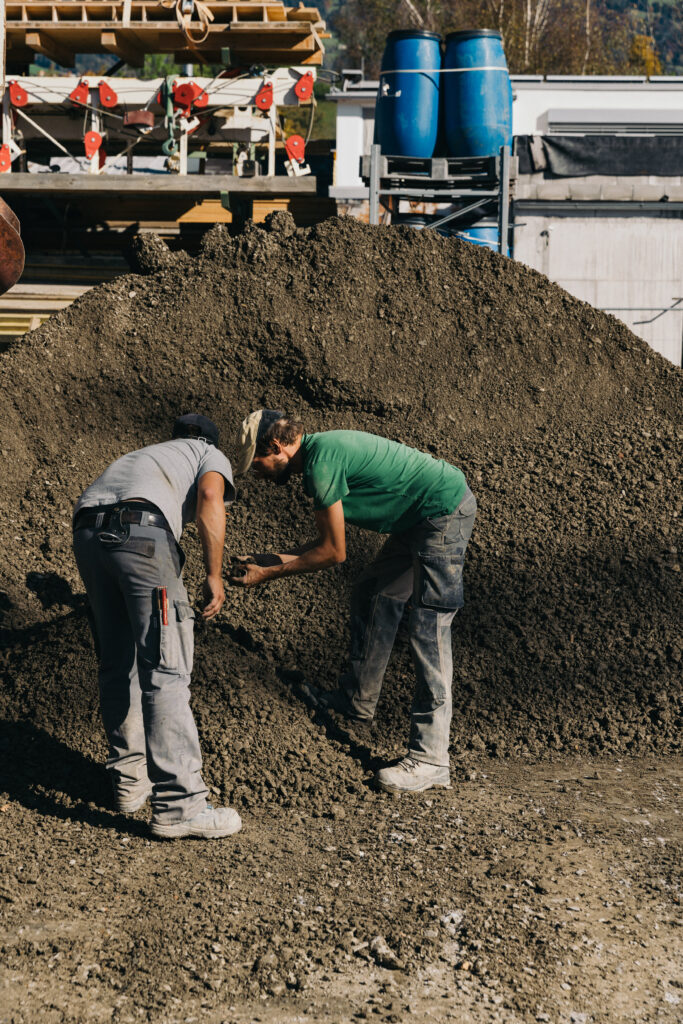
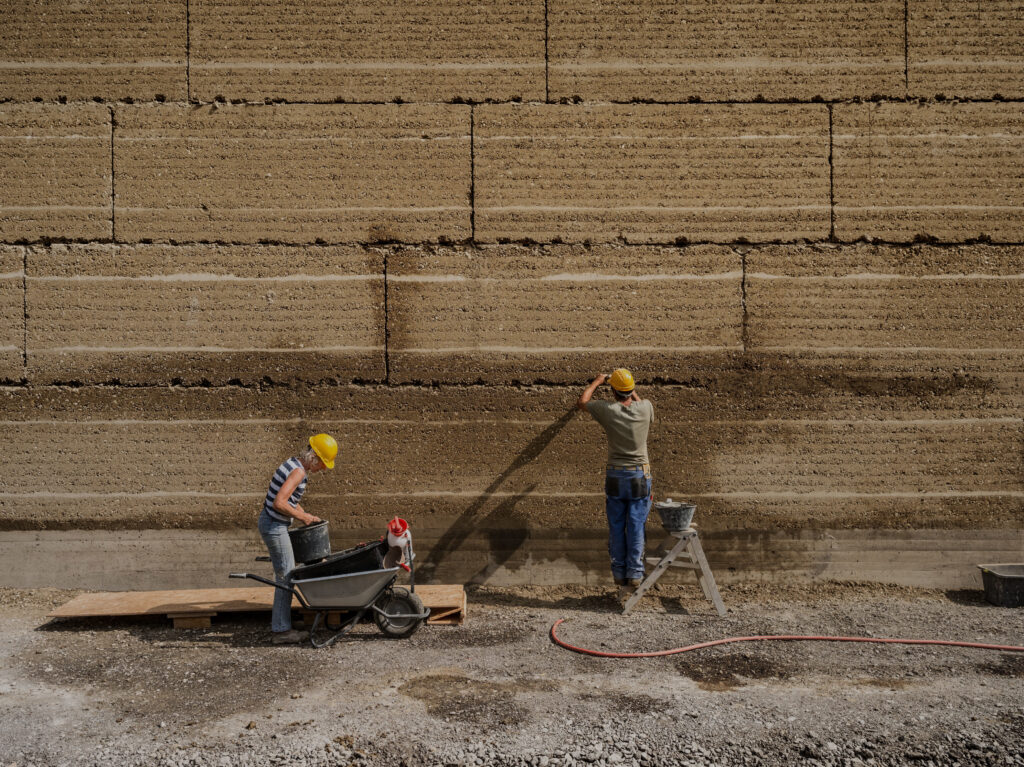
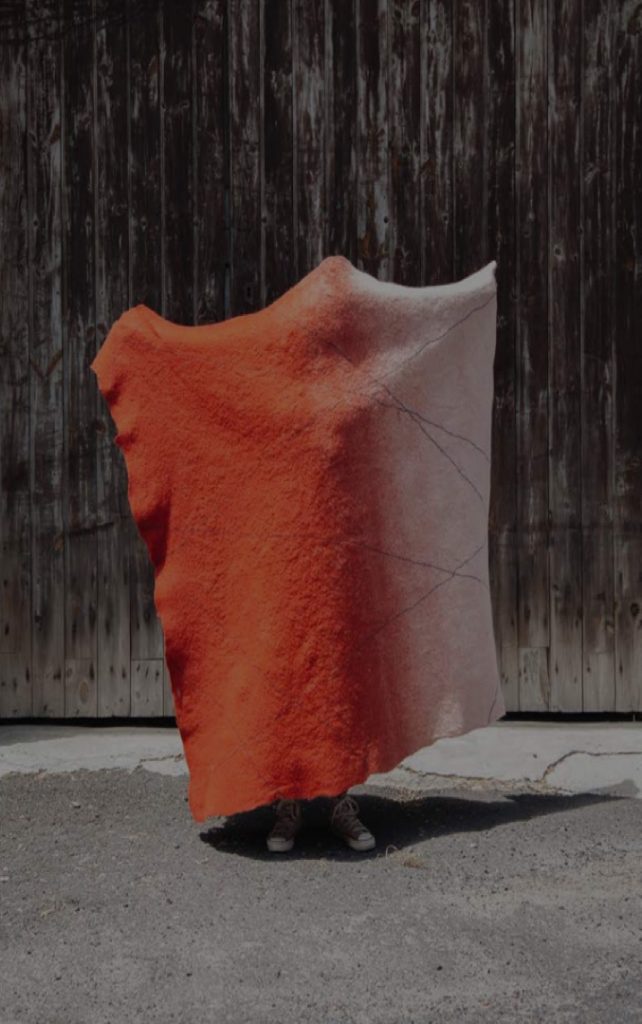
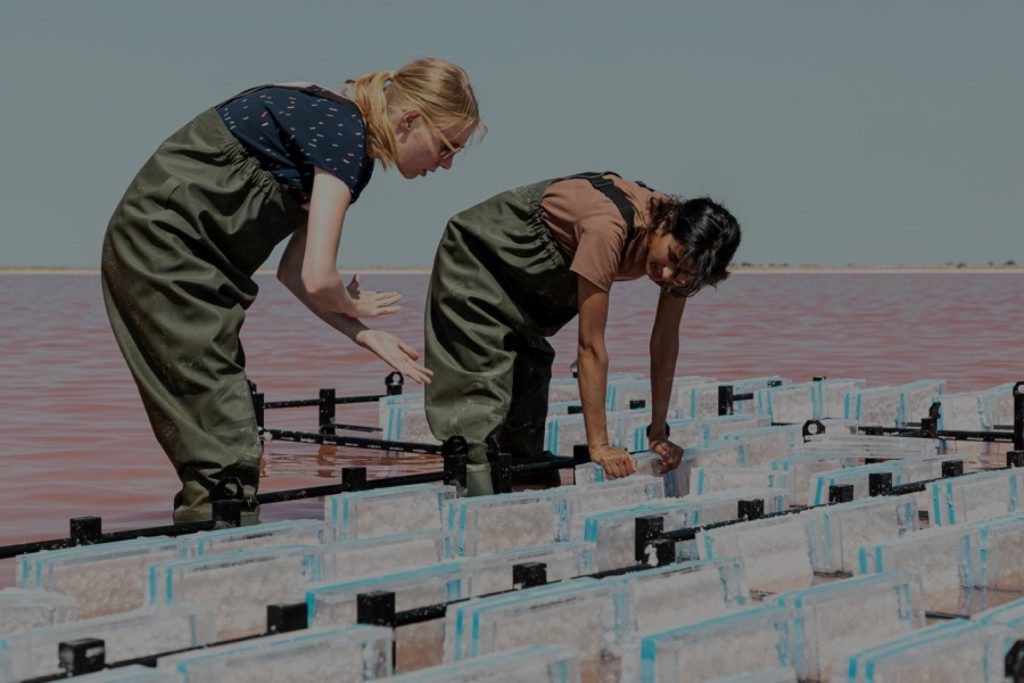
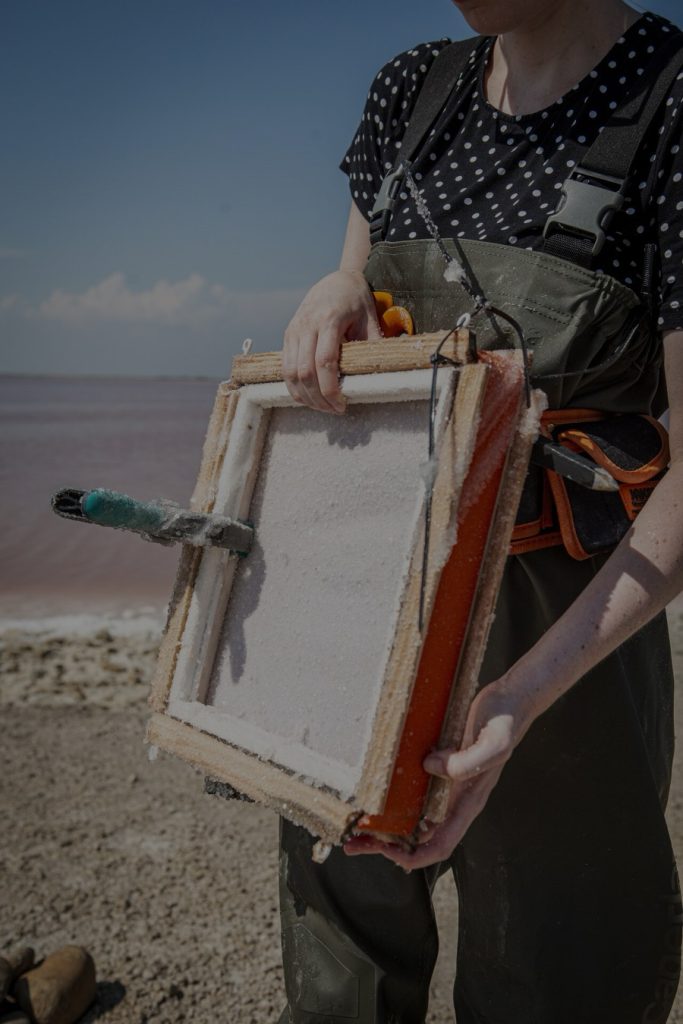
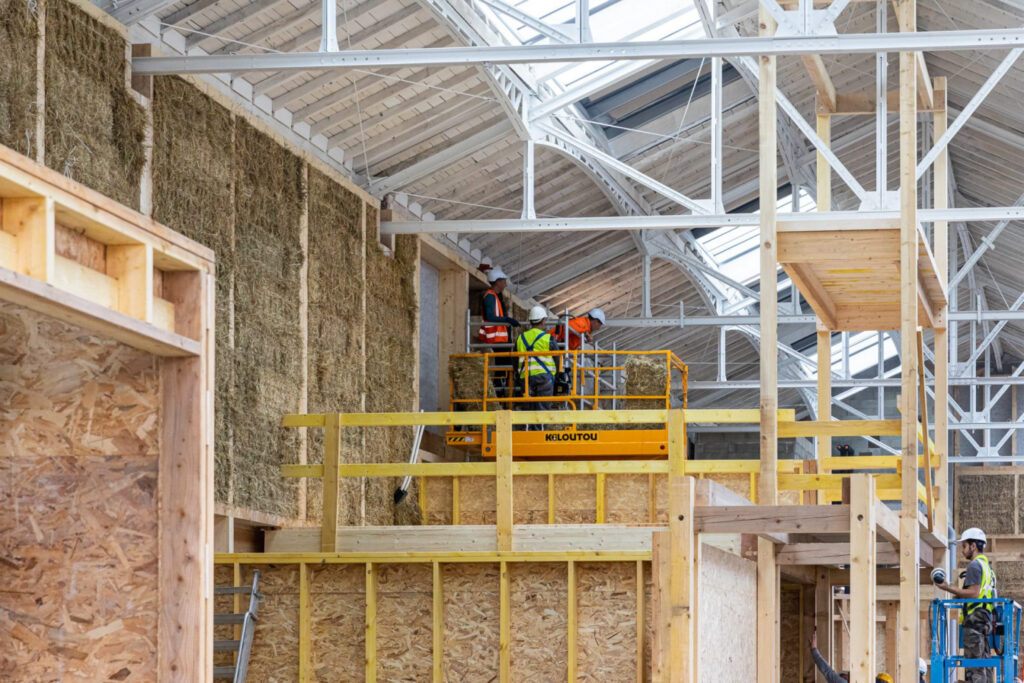

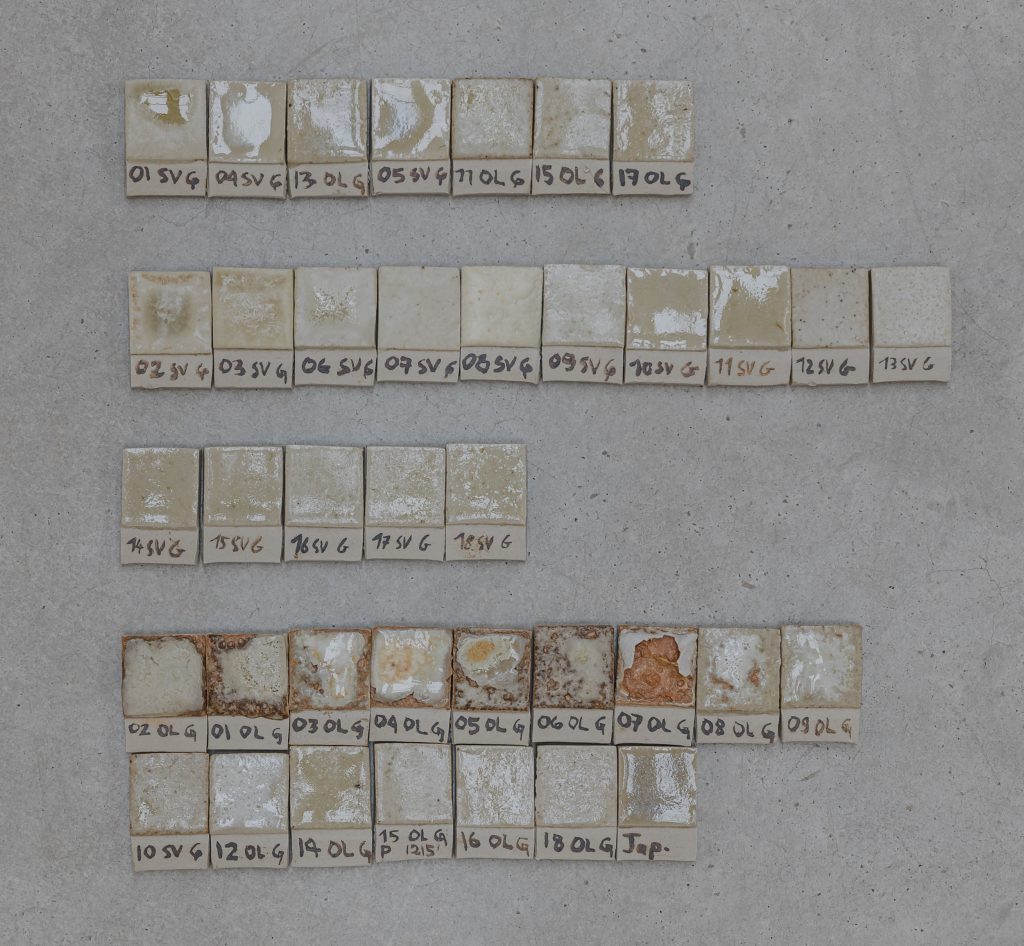
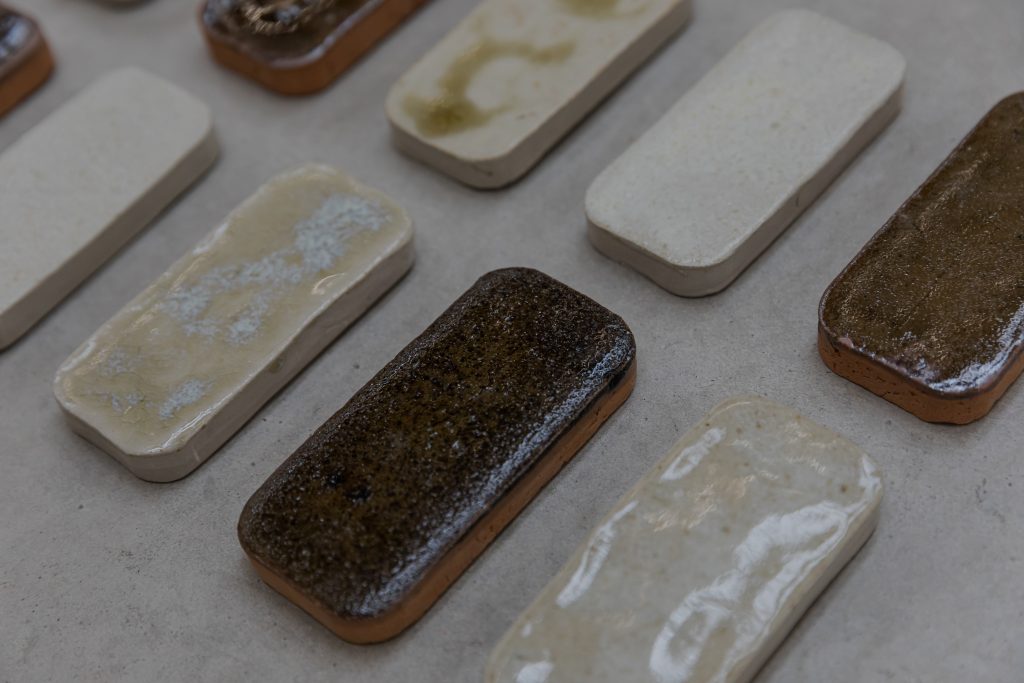
-shedfactory employee‘The factory isn’t just about standardised inputs and outputs, it's about learning to adapt to what this place can offer, so we're constantly learning how to apply our skills in new ways. A factory is more like a school where we grow understanding and exchange knowledge with other -shedfactories around the world’
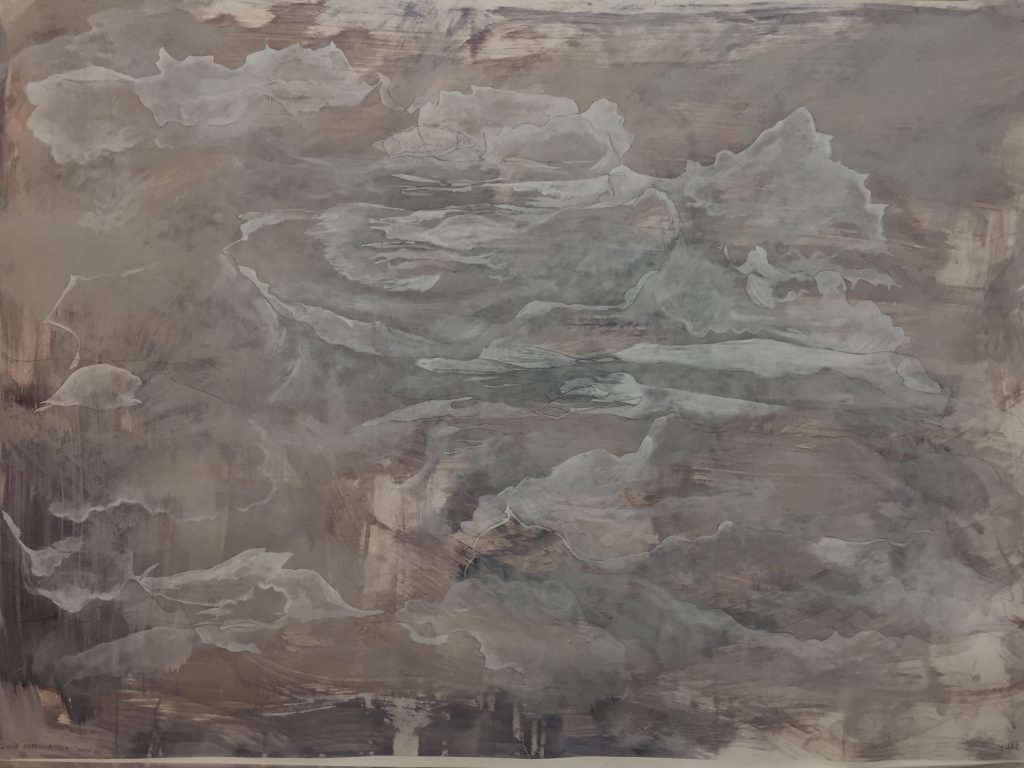
Material Resonance
By learning the land that you inhabit, you become familiar with similar landscapes in other places. Design learnings can be shared across sites with material resonance.
Galaad Van Daele, chair of Affective Architectures, ETH Zürich‘You can observe natural sites that speak of the same geodynamics, and share crafting practices that tap directly into the material predispositions of their regions... All of a sudden central France may resonate strongly with central Italy, even though they are 1,000 kilometres apart.’

Courses teaching geological and ecological literacy
-
Geocentric Driftings
A travelling seminar series led by the Chair of Affective Architectures at ETH Zürich helping students develop geological literacy by exposing them to a selection of buildings and sites revealing how architecture and geosphere always intertwine.
-
Design Ecologies
A new module at Loughborough University that studies the relationships between all living and non-living entities, fostering interdisciplinary systems design responses to ecological challenges. These responses can be shared across related ecologies.
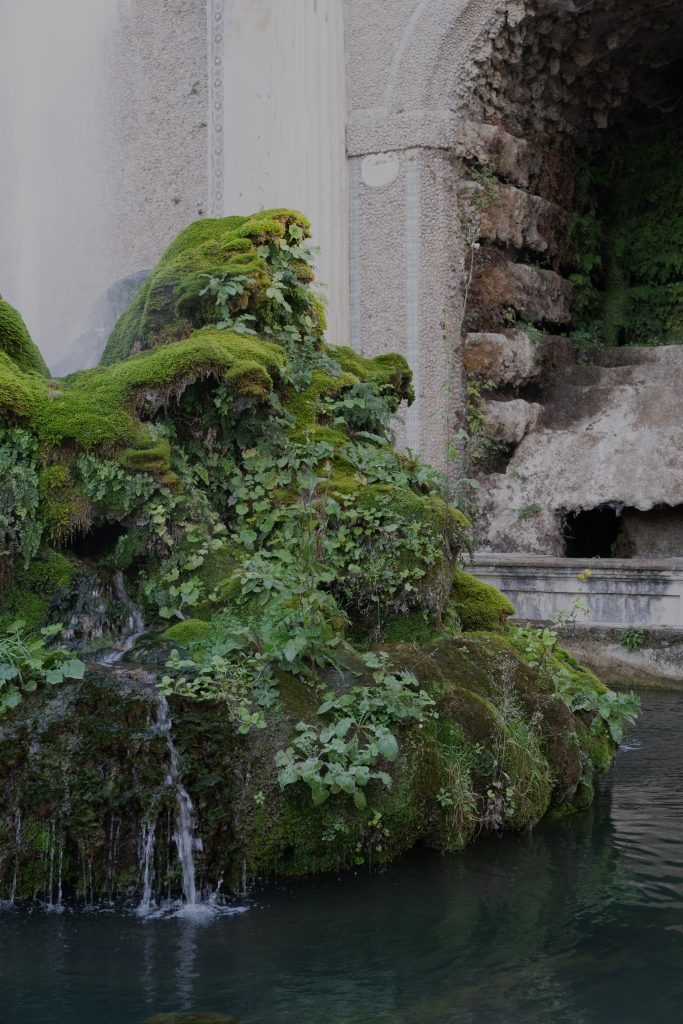
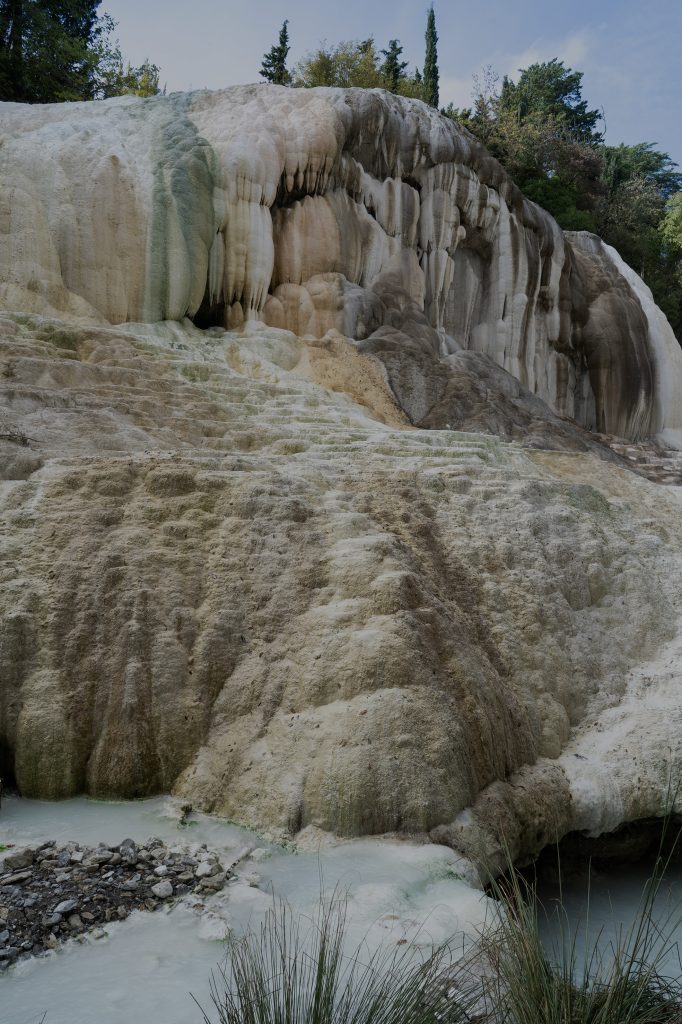
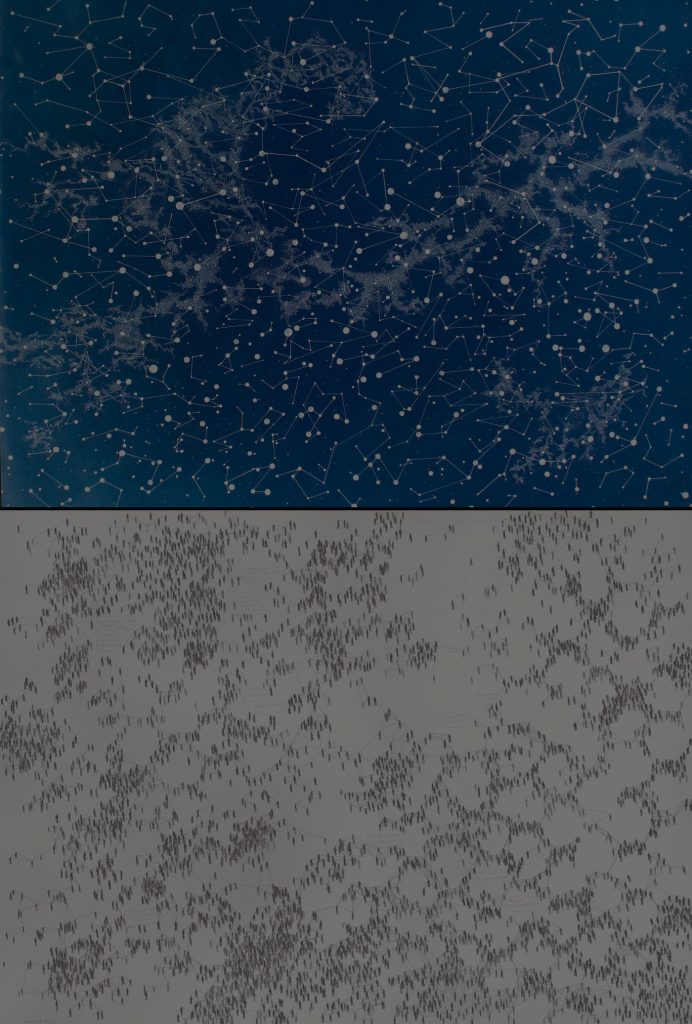
The industrial model of scaling up is replaced by a bioregional model of proliferating ideas across regions. The designer’s success is measured by the application of their methods across similar -sheds. Scaling out beats scaling up.
Jan Boelen, director Atelier LUMA‘Materials are heavy and should stay put, but ideas are light and should travel.’
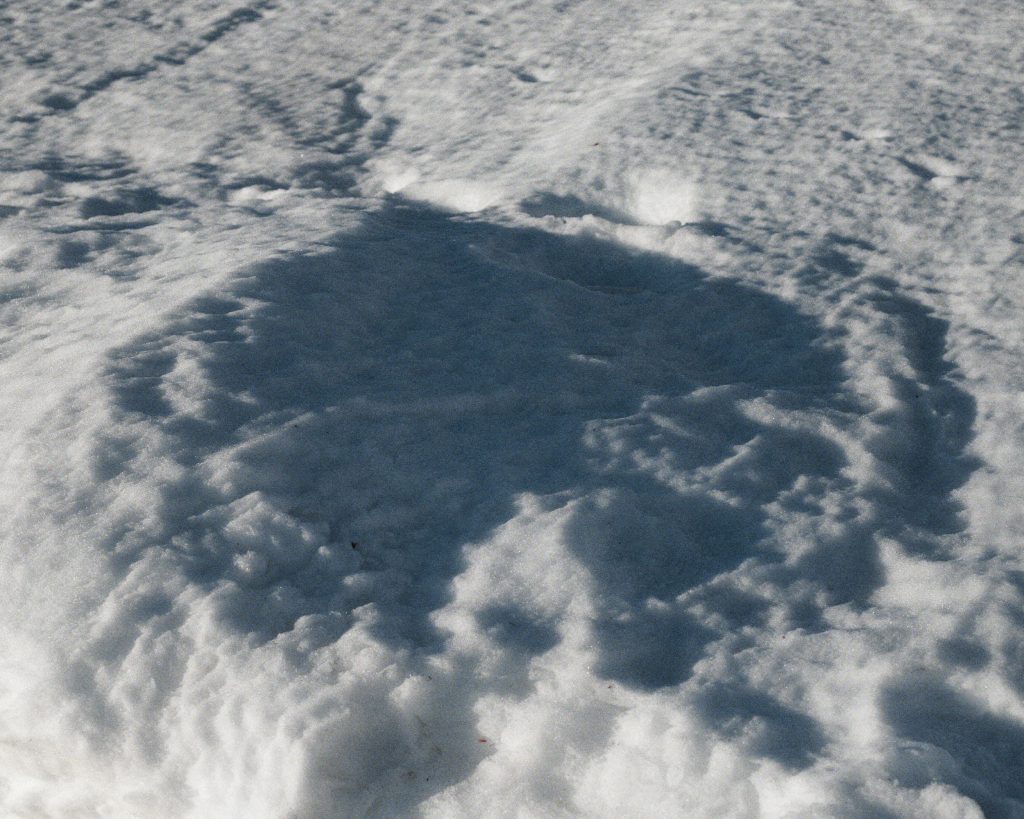
Imagining the future through a piece of landscape, a -shed, is a way of anticipating not just future landscapes but alternative forms of production and social relations – always rooted in the specifics of a place, but connected to many other places.
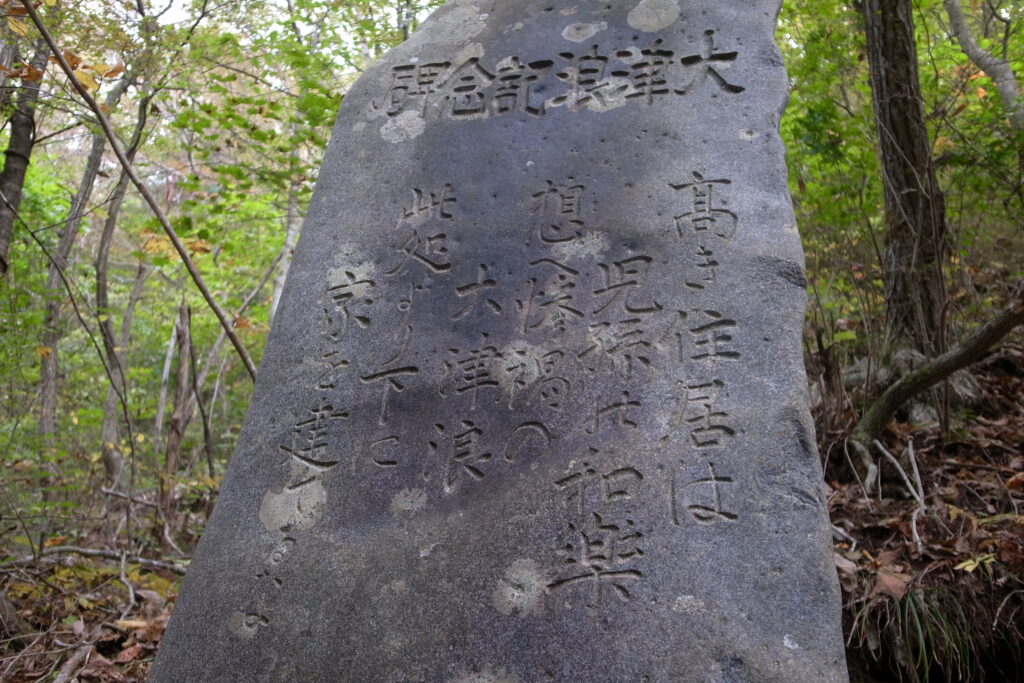
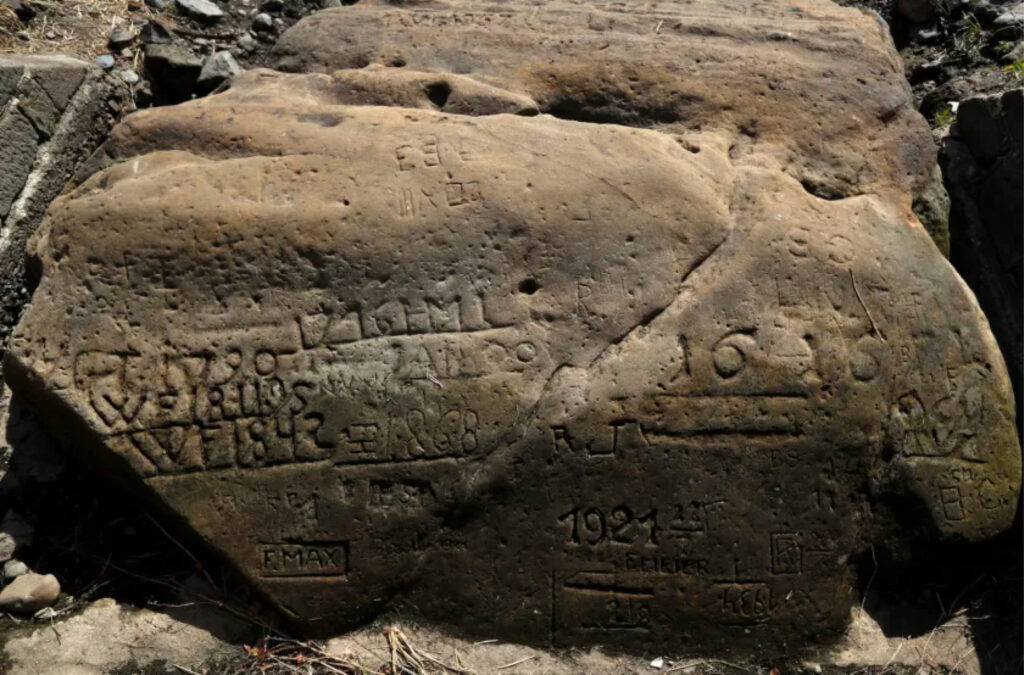

-shedding moves design beyond piecemeal thinking – saving some carbon here or some waste there – to a more fundamental, ecological mode.